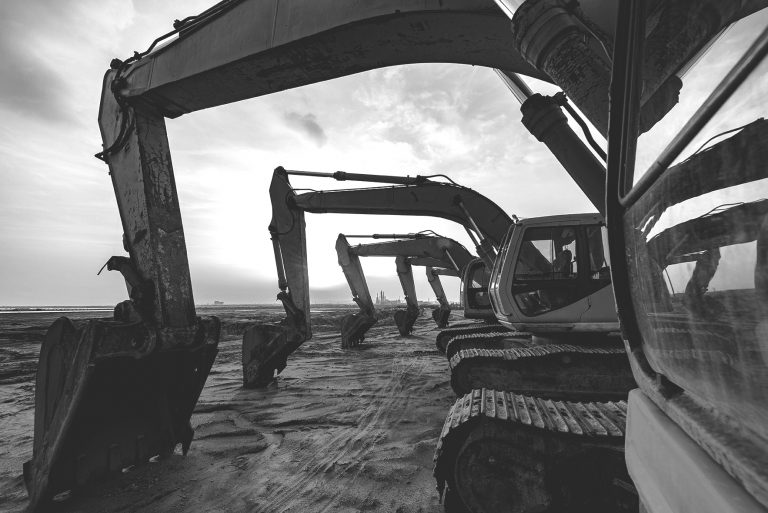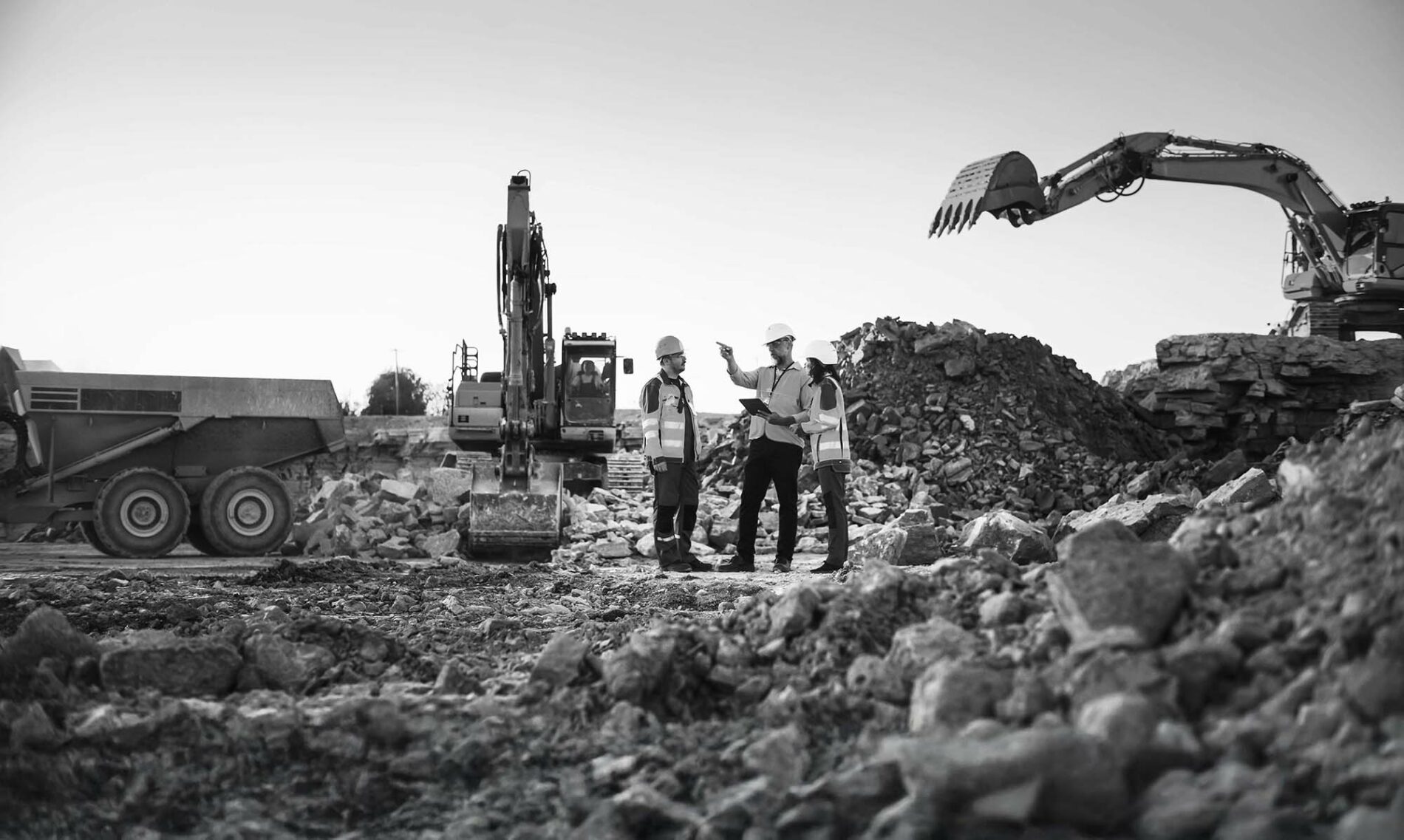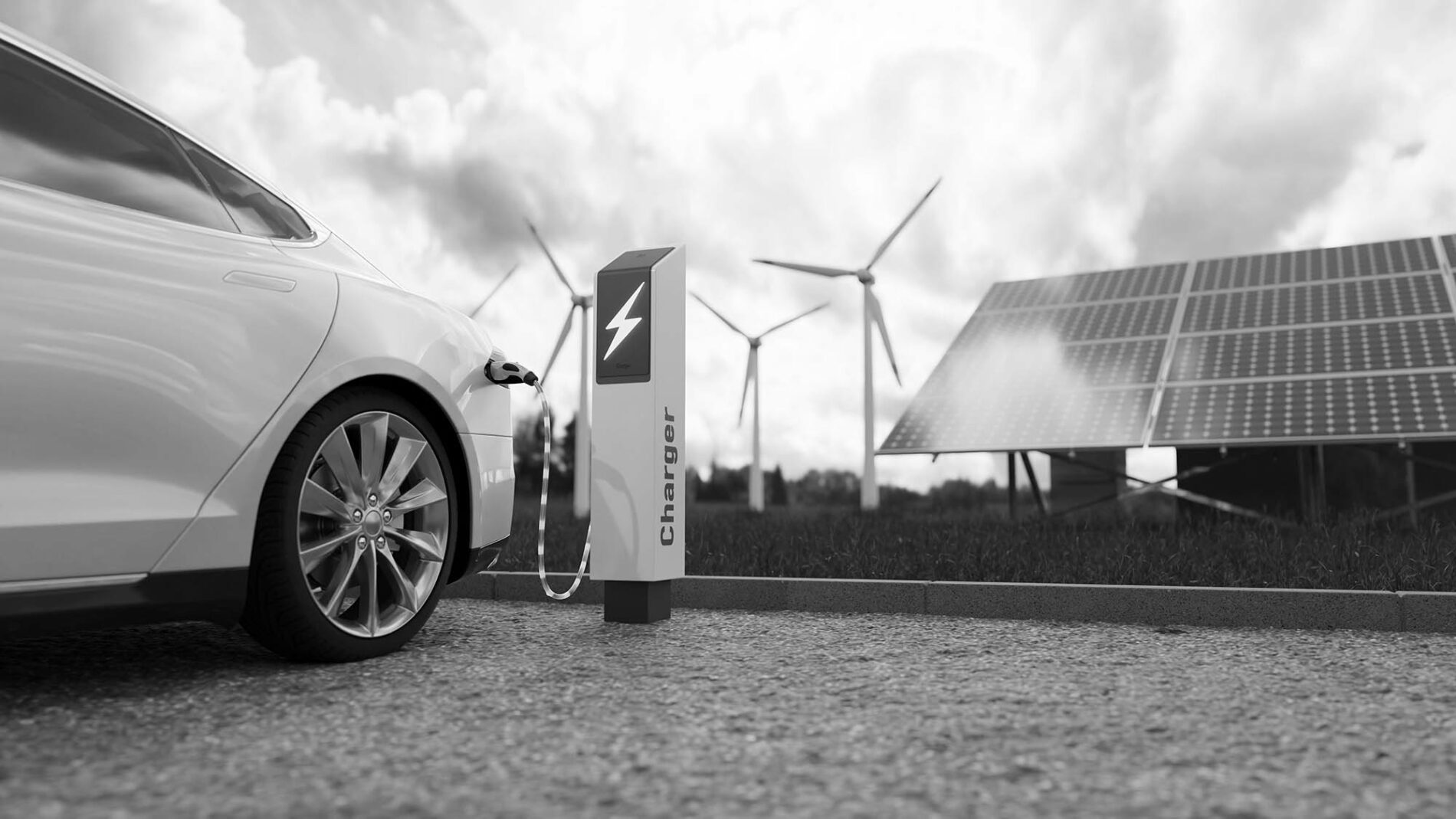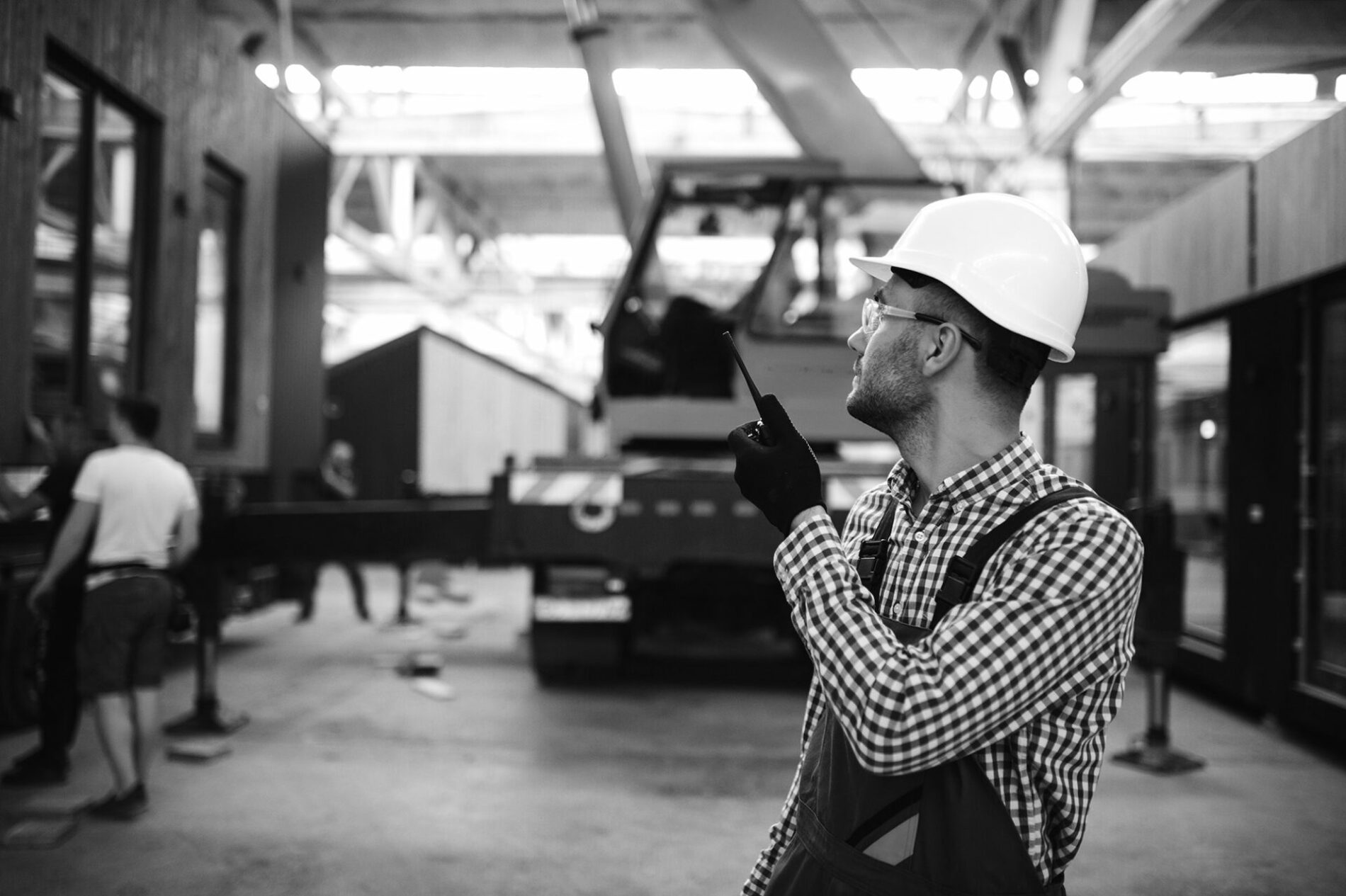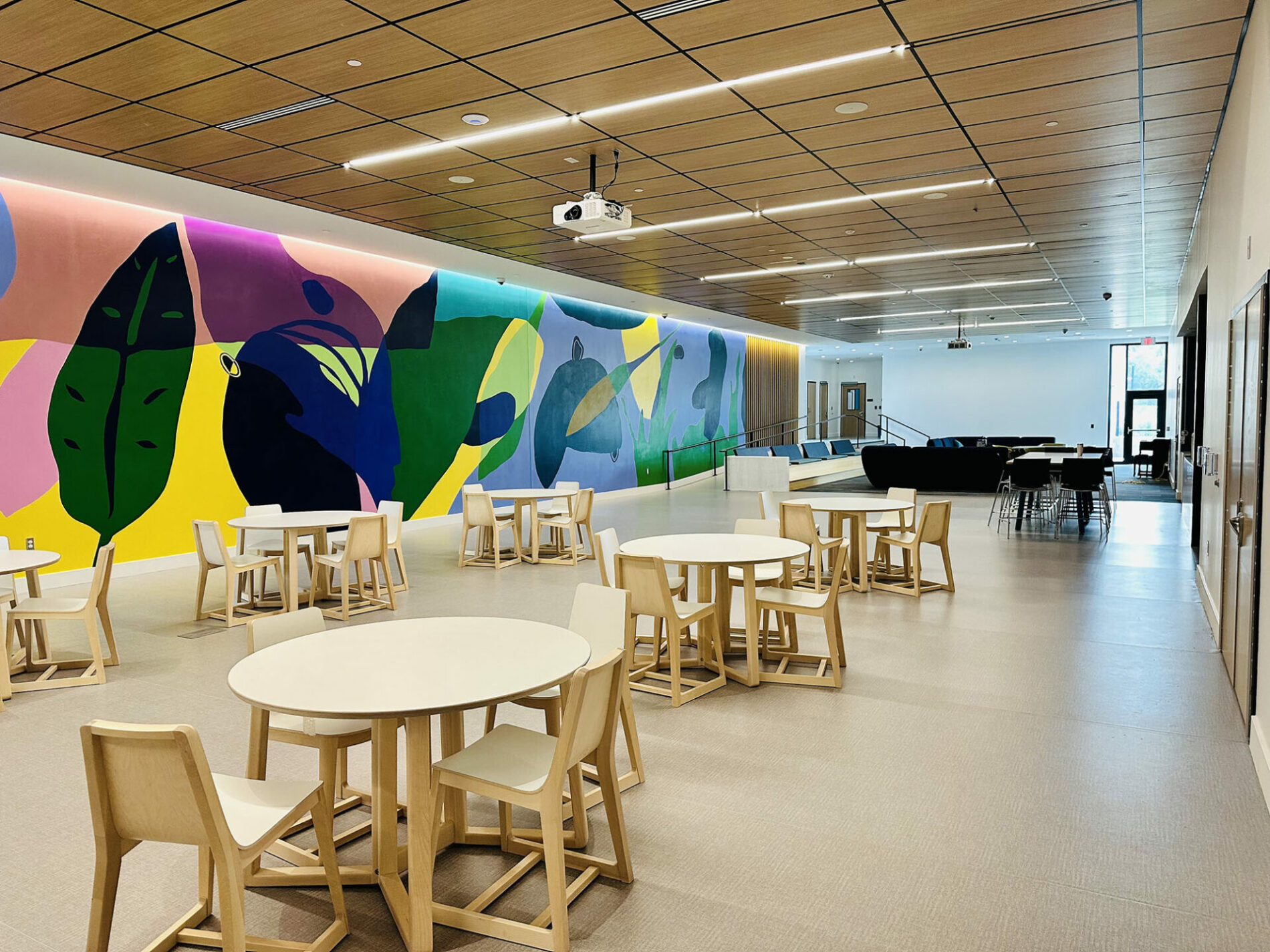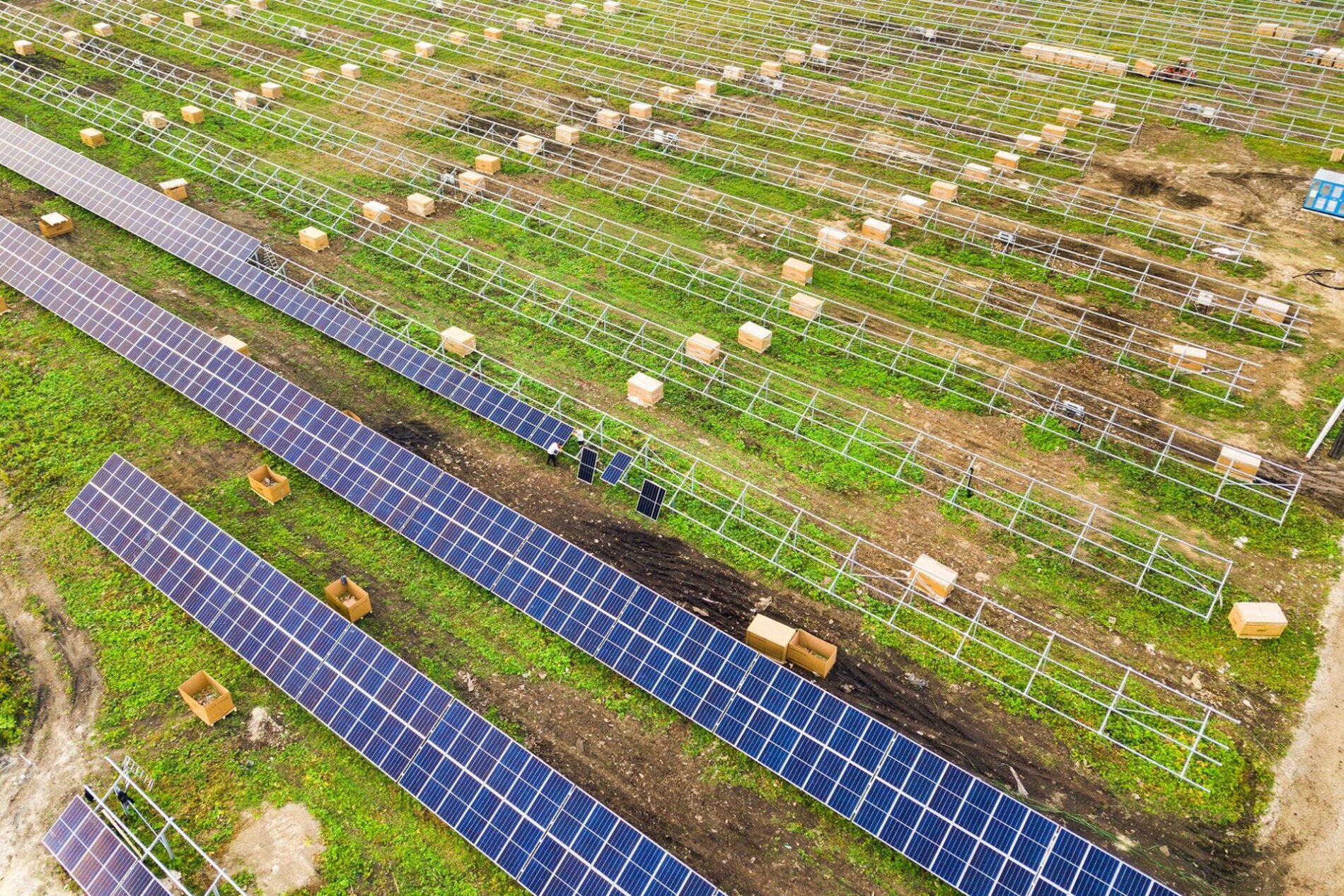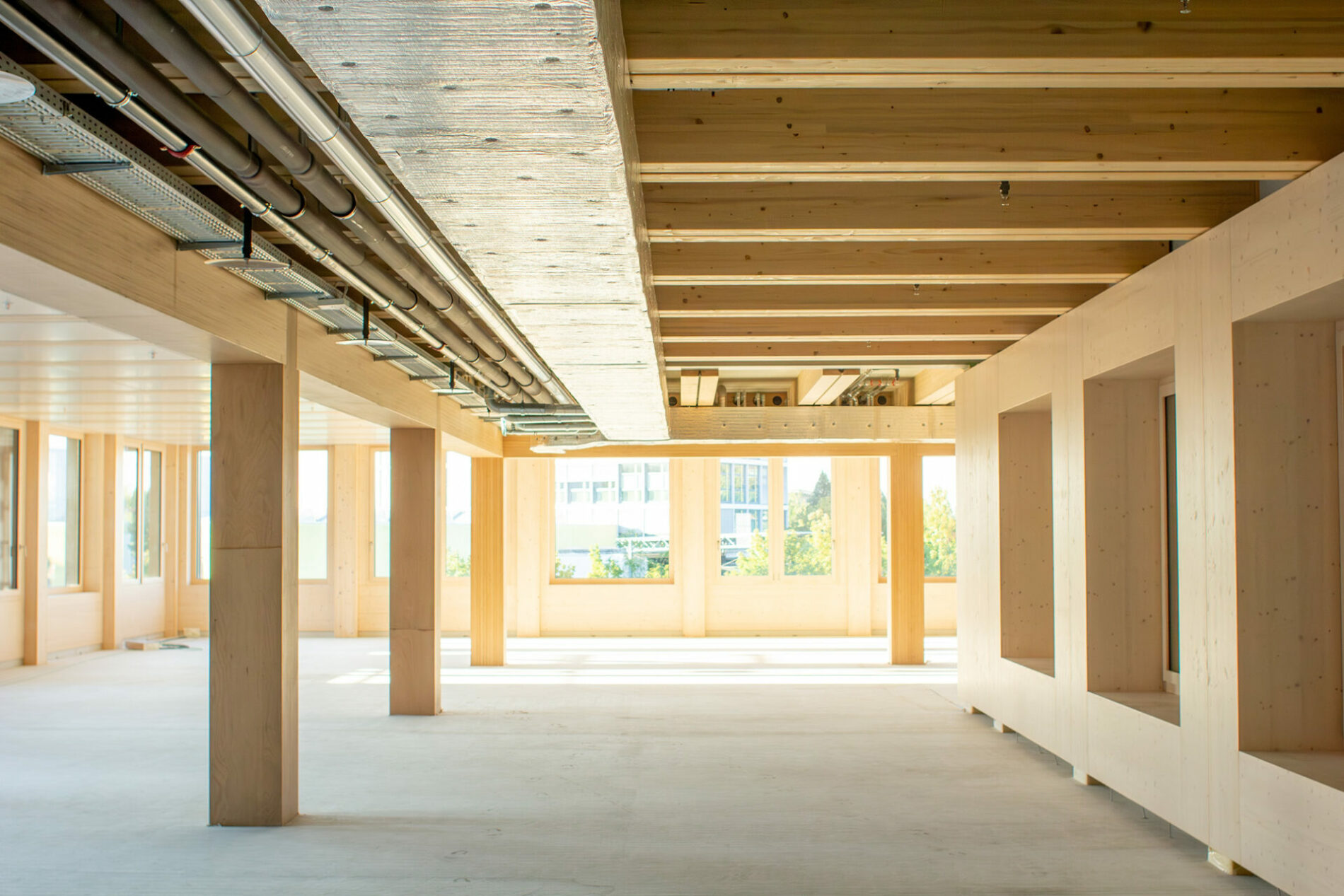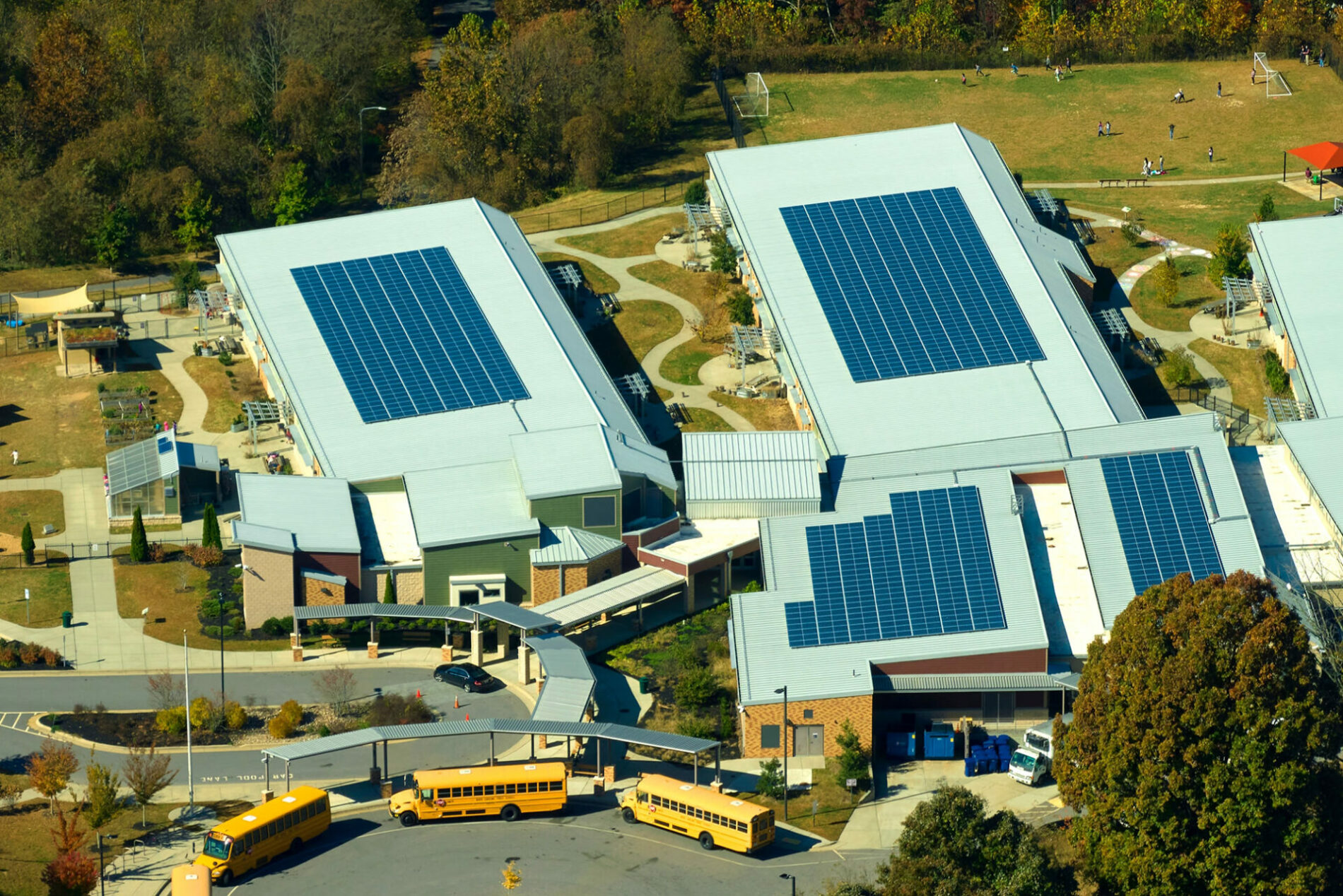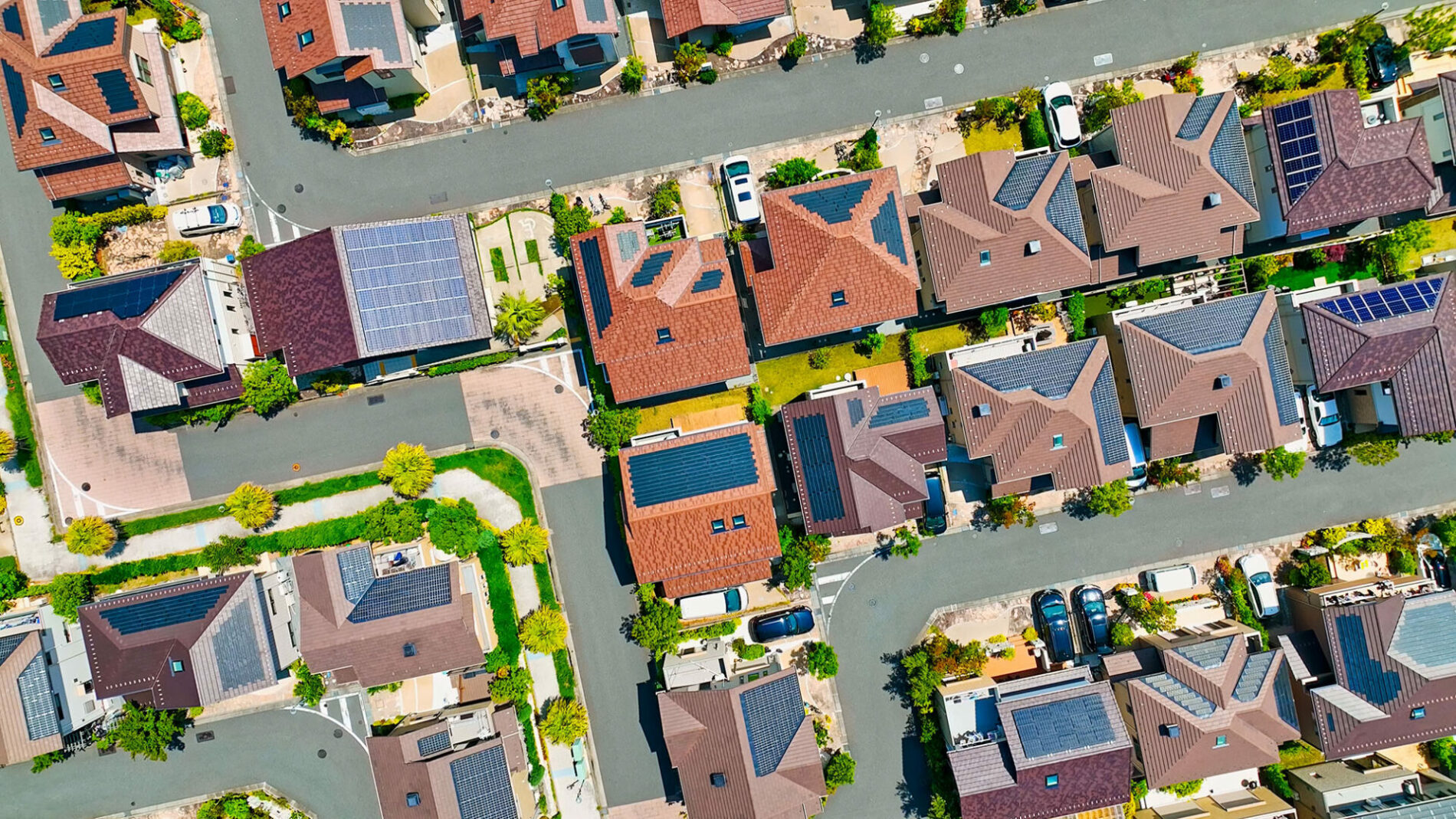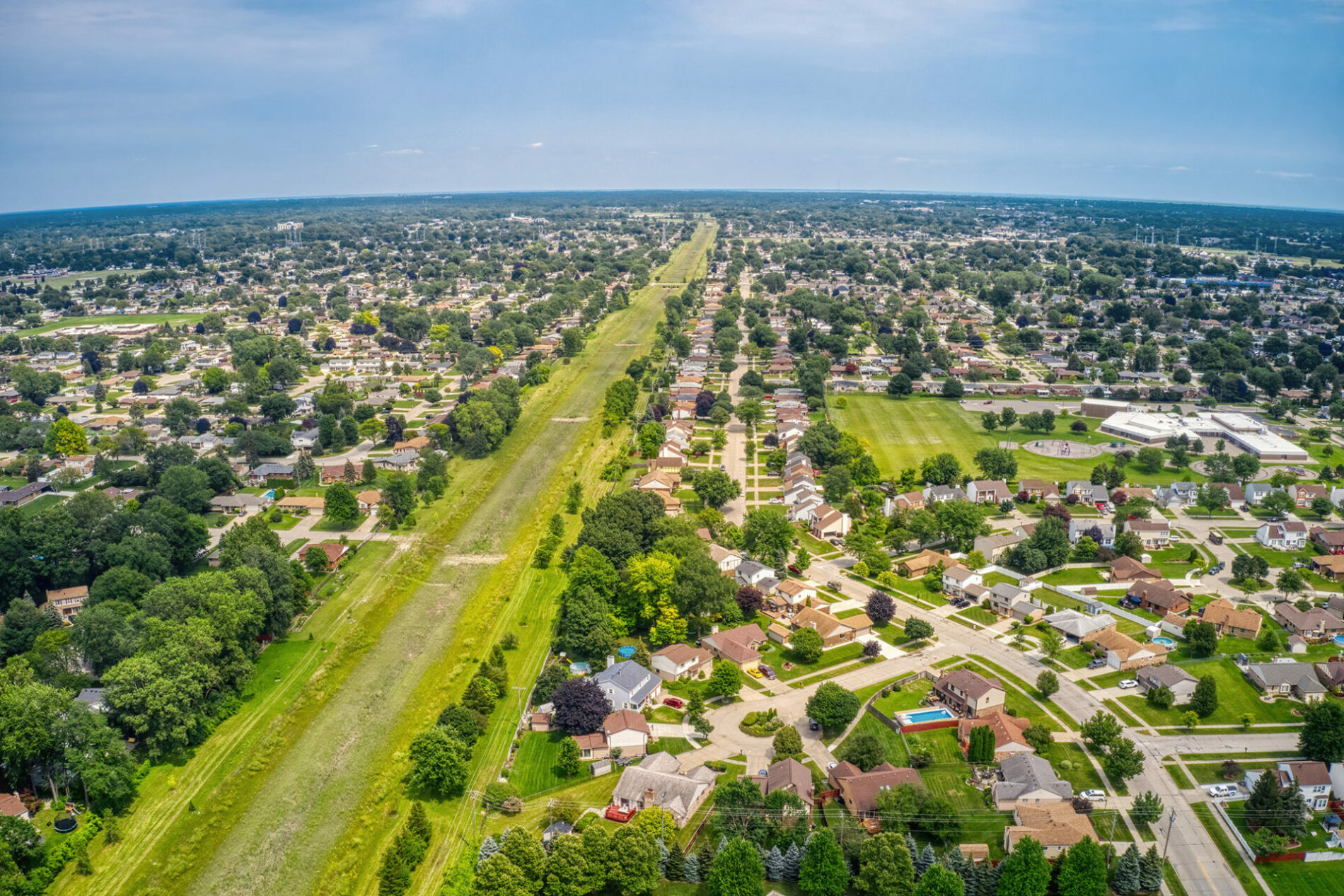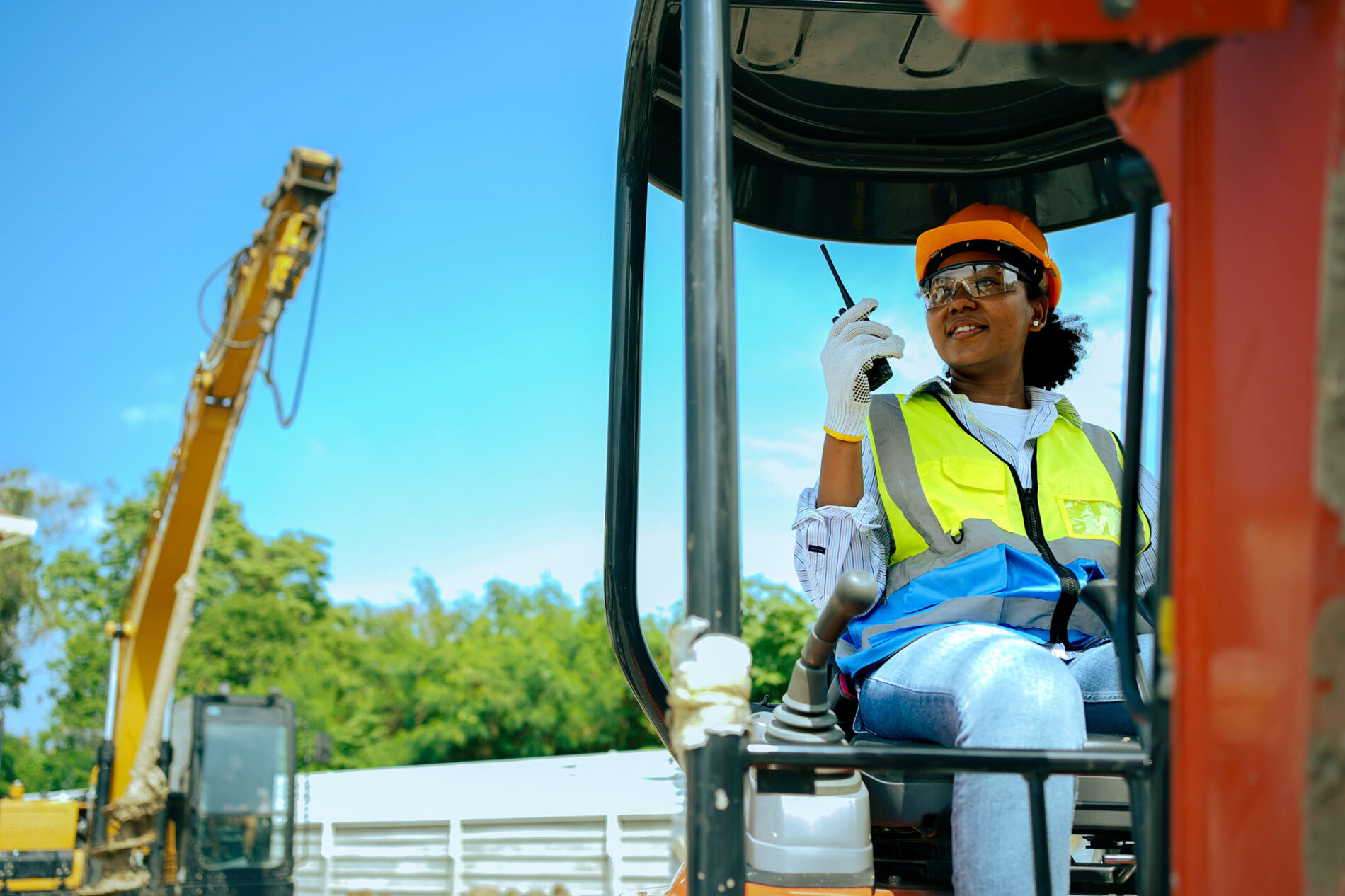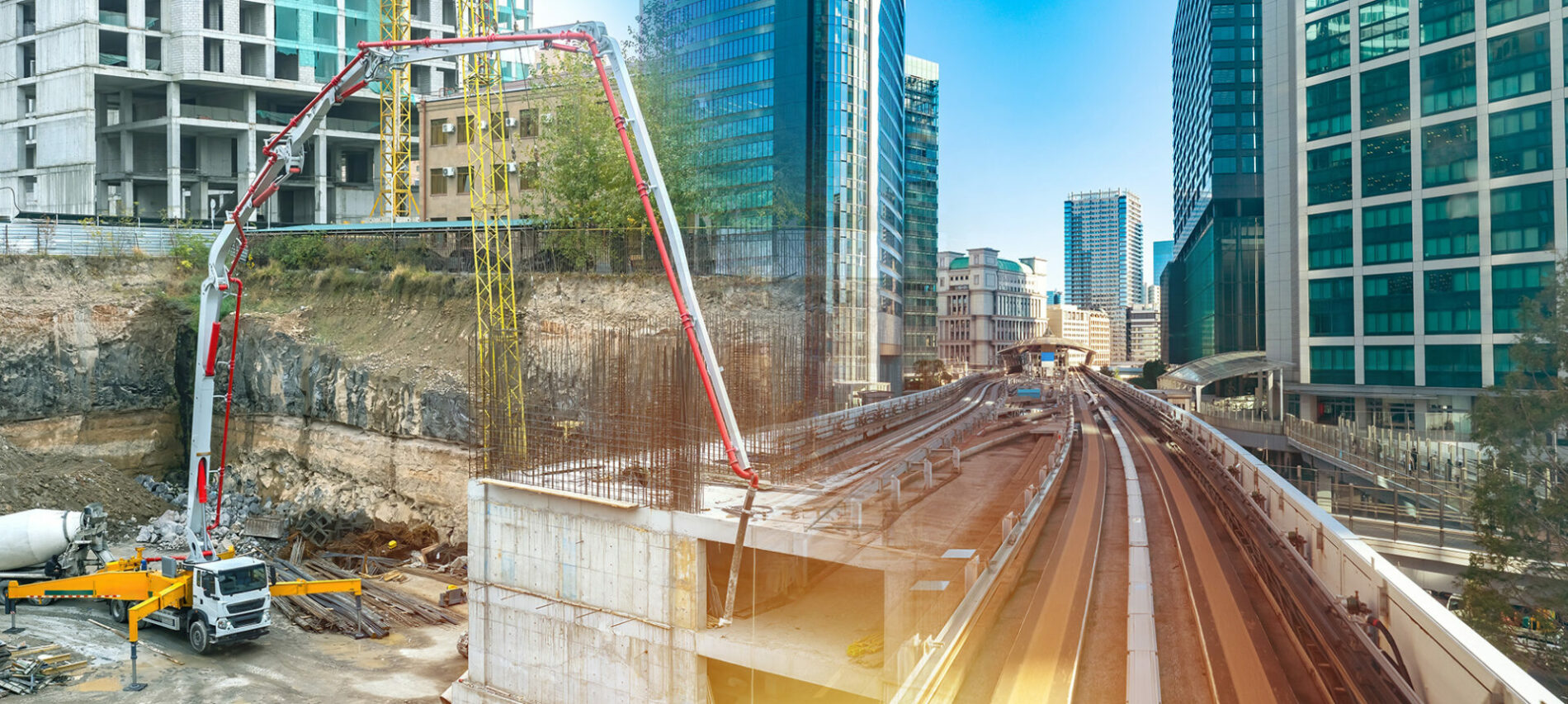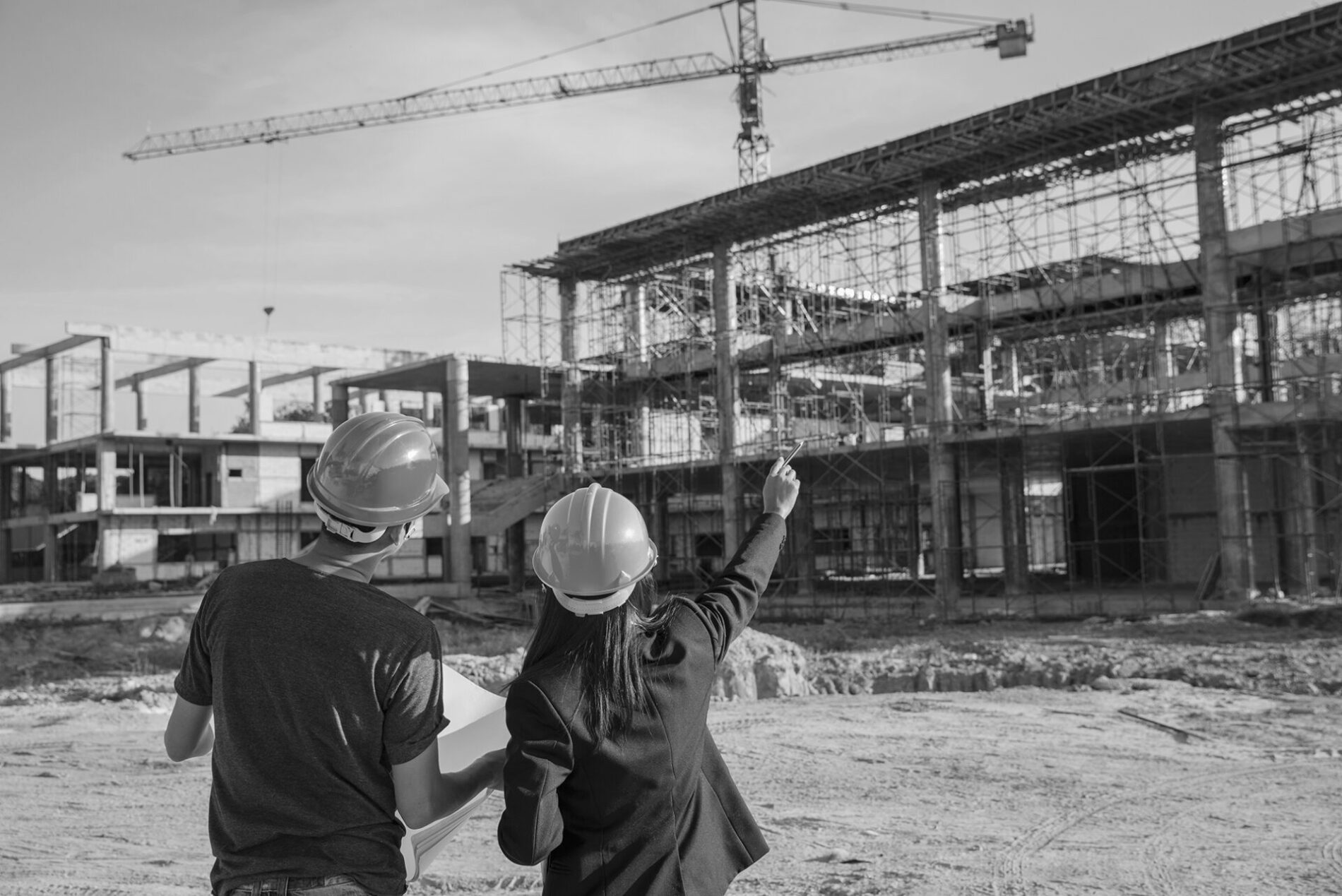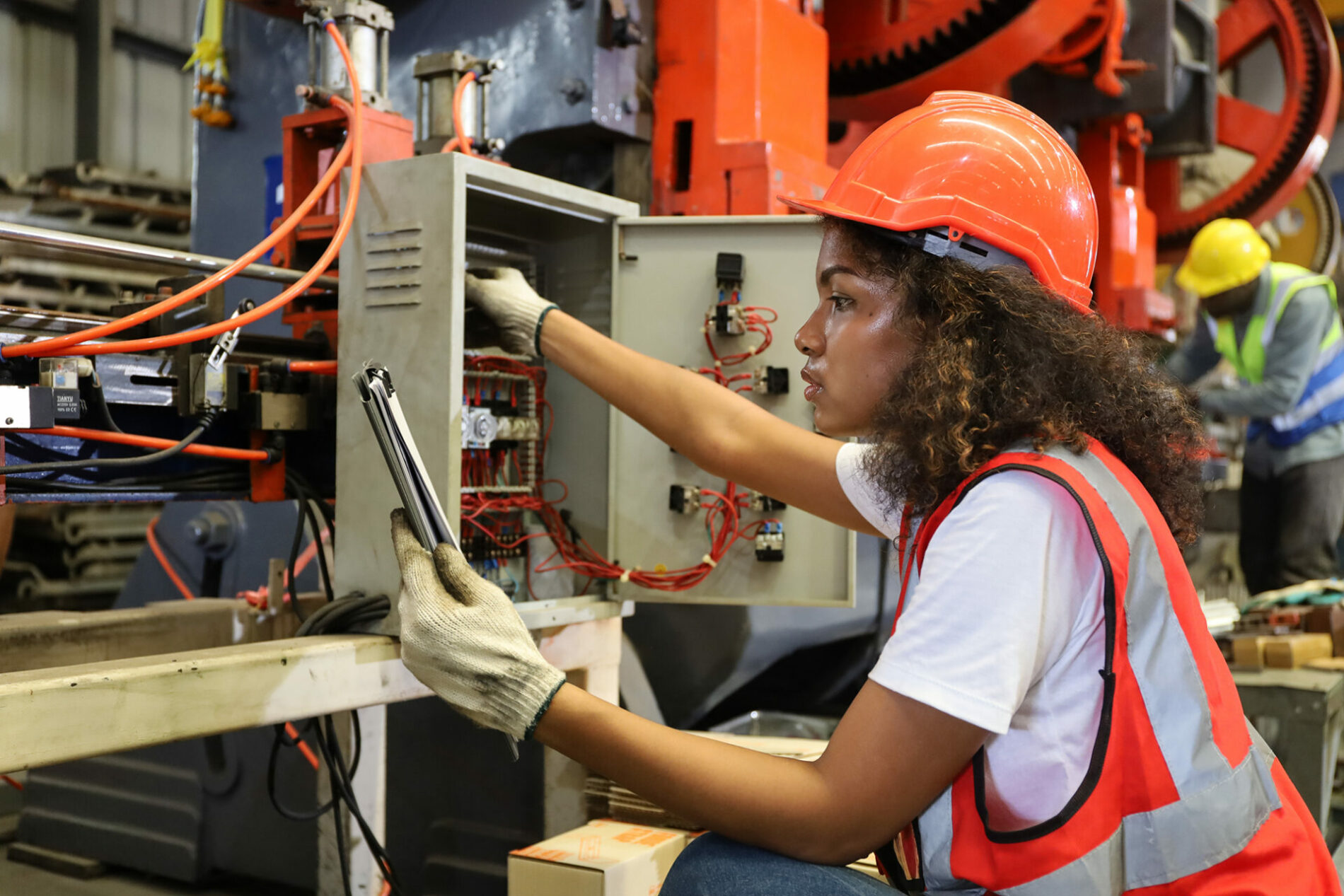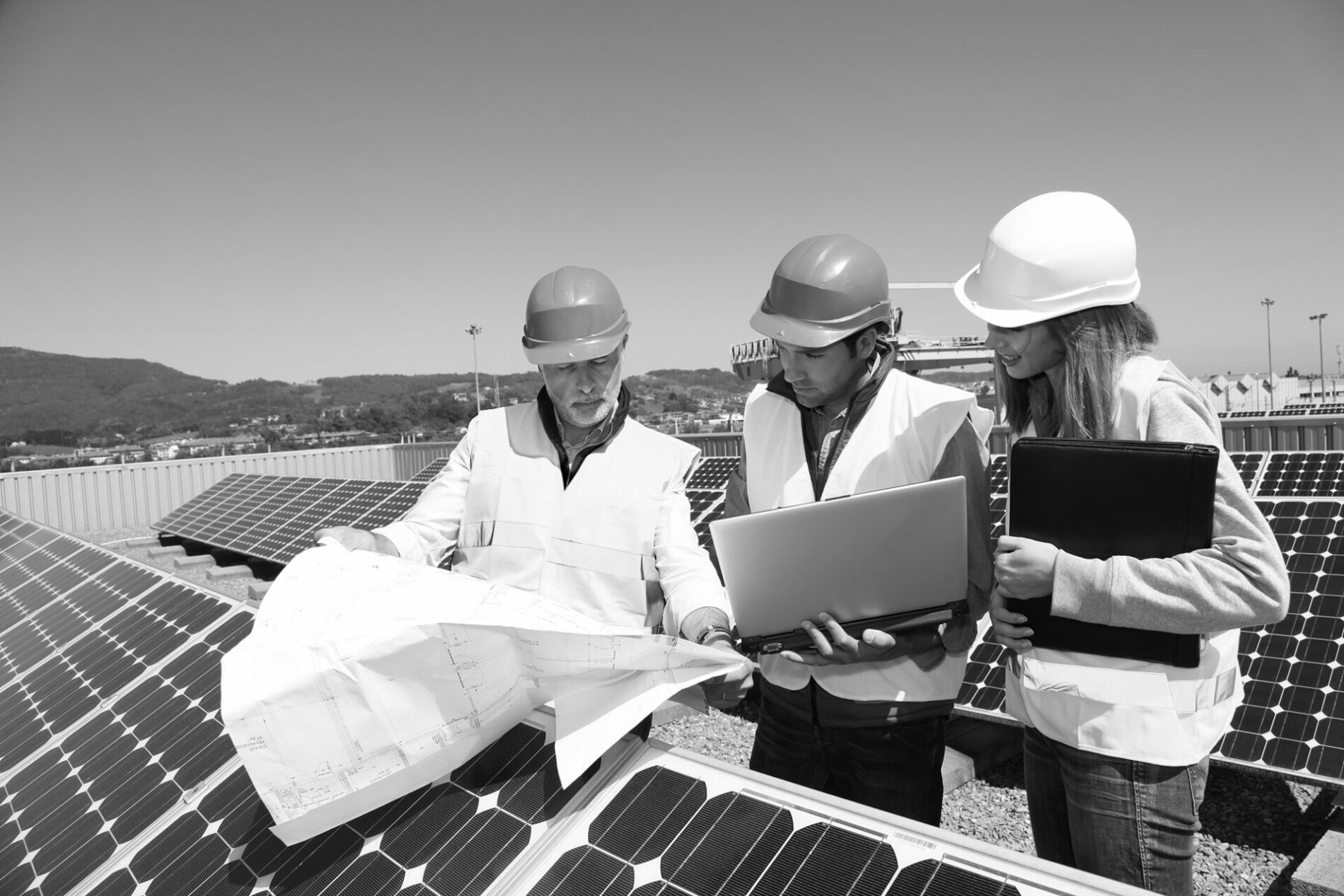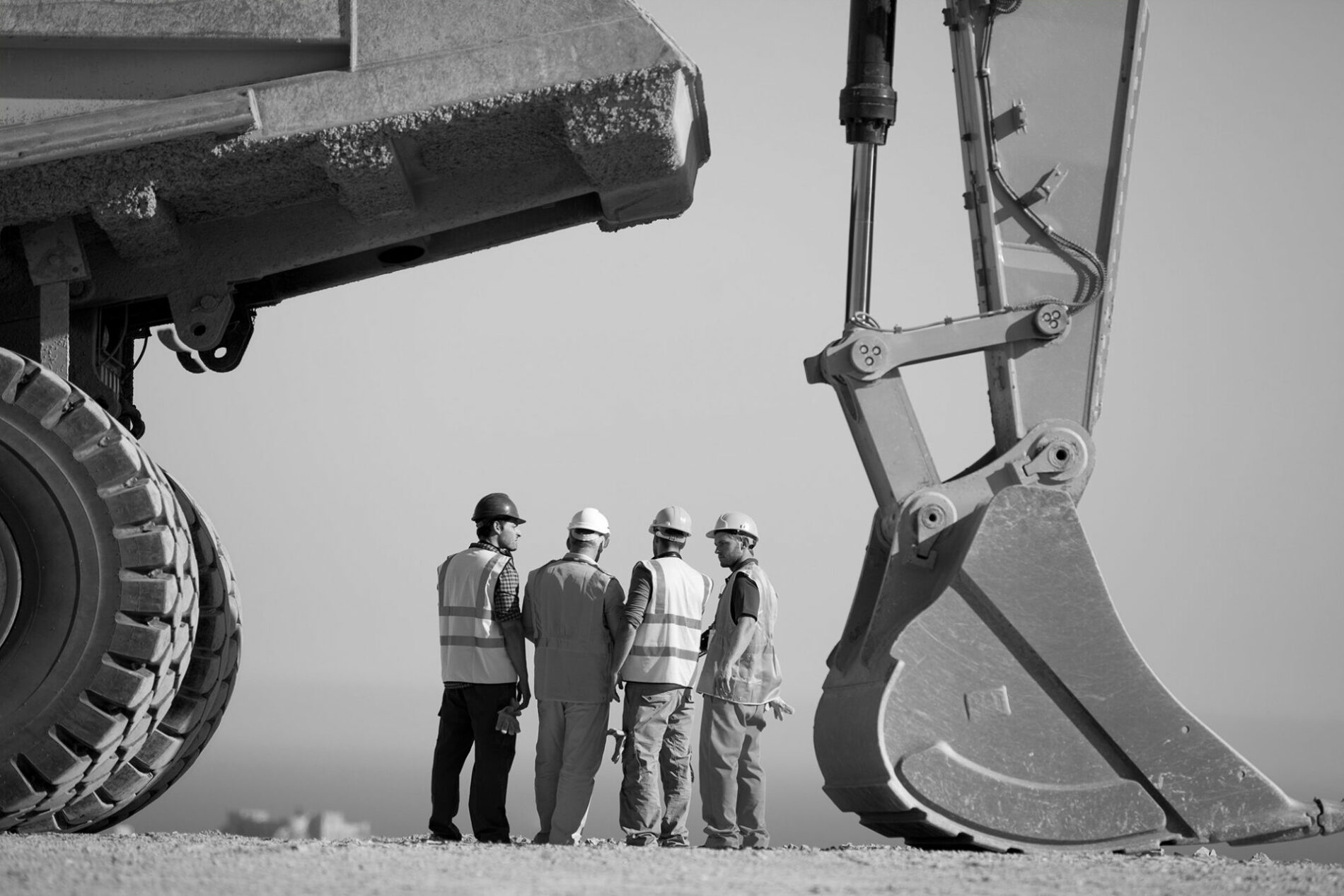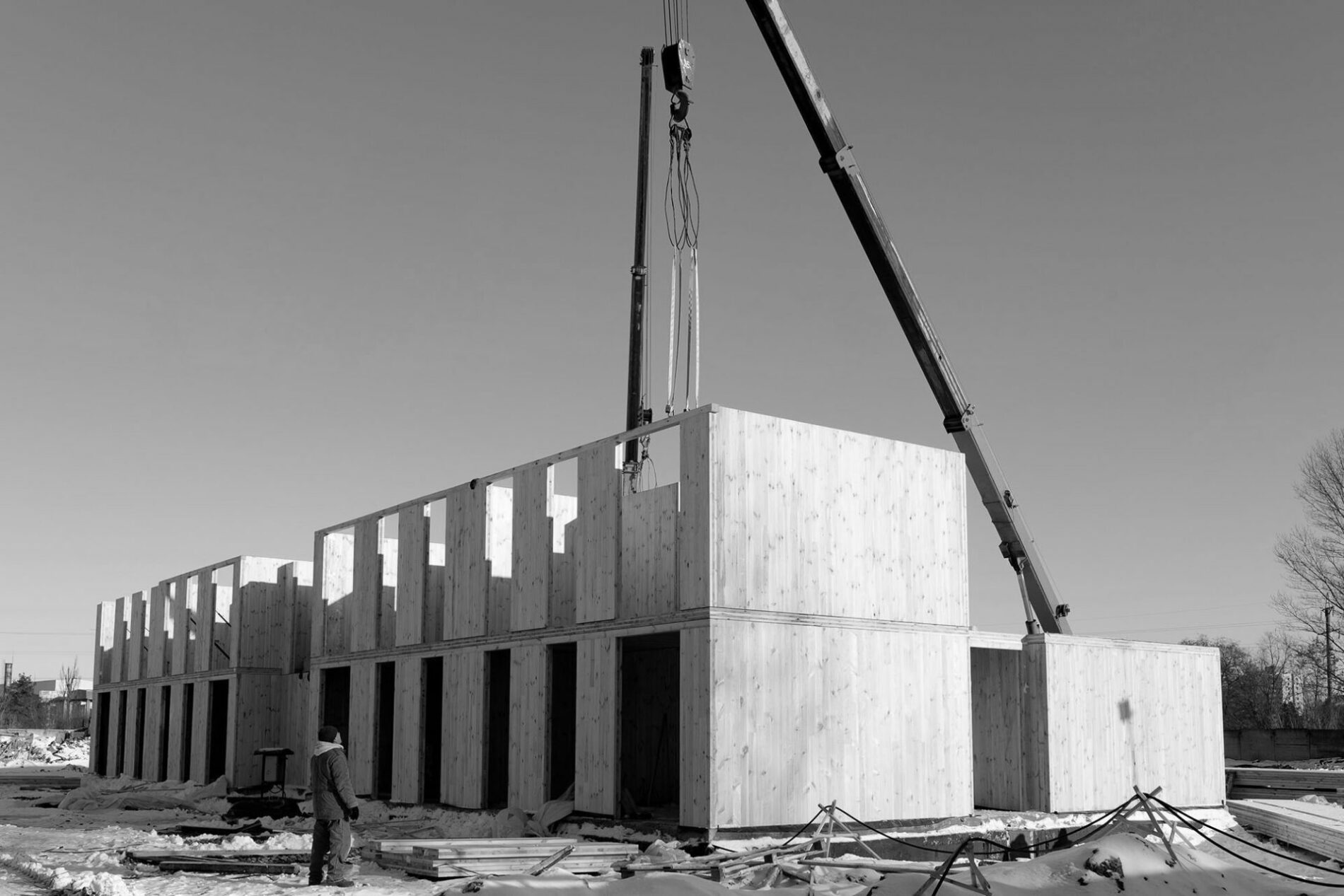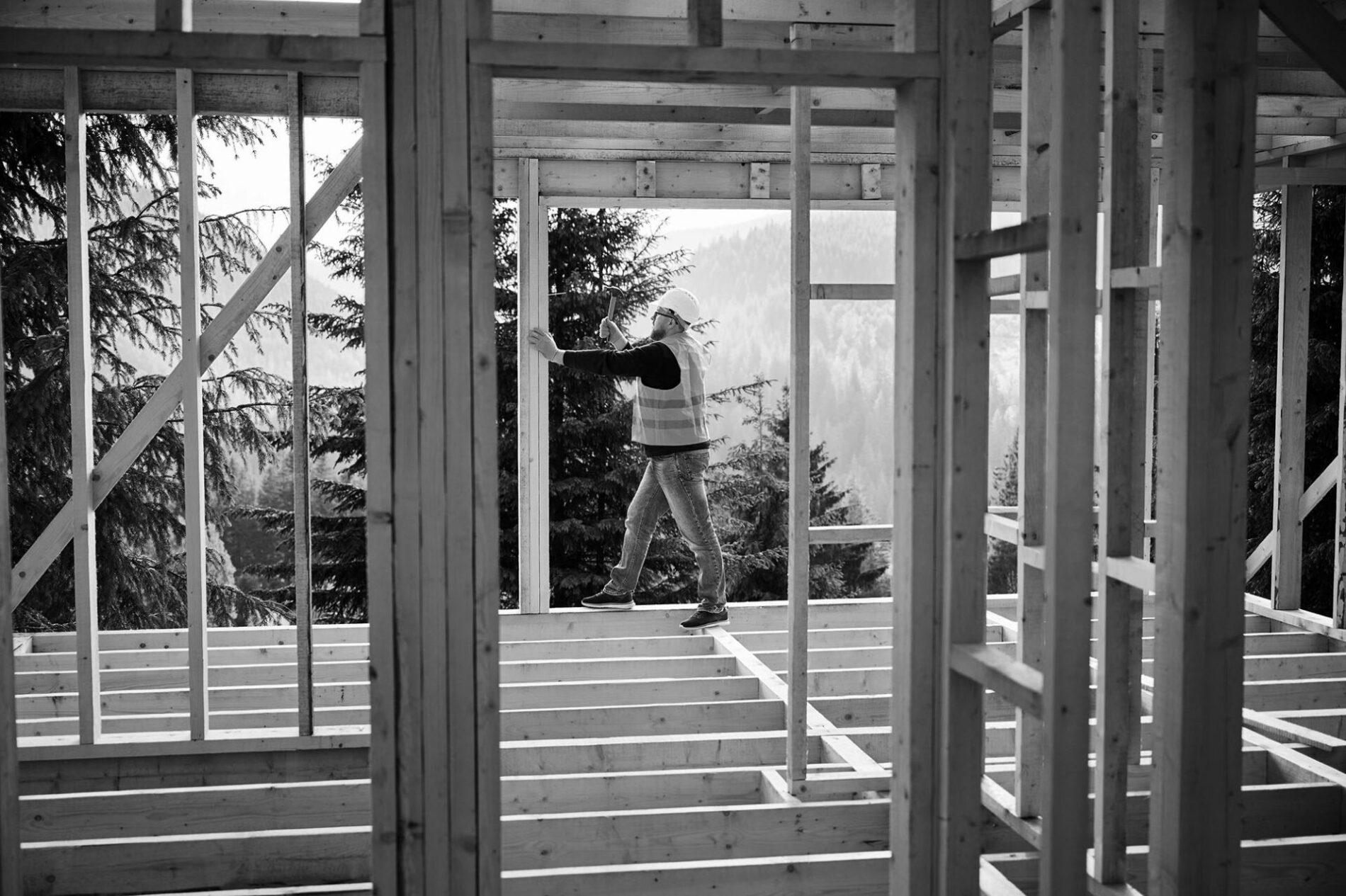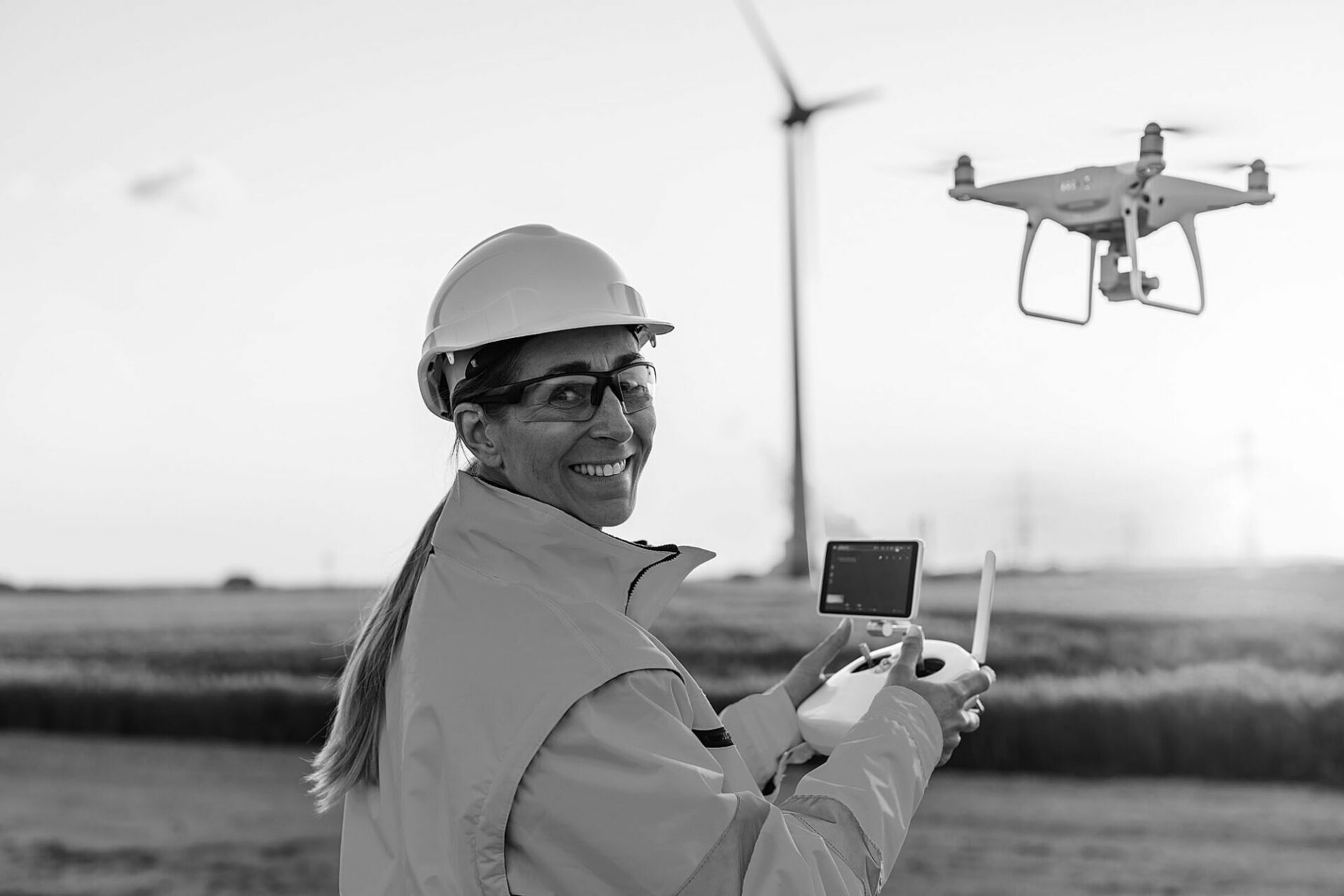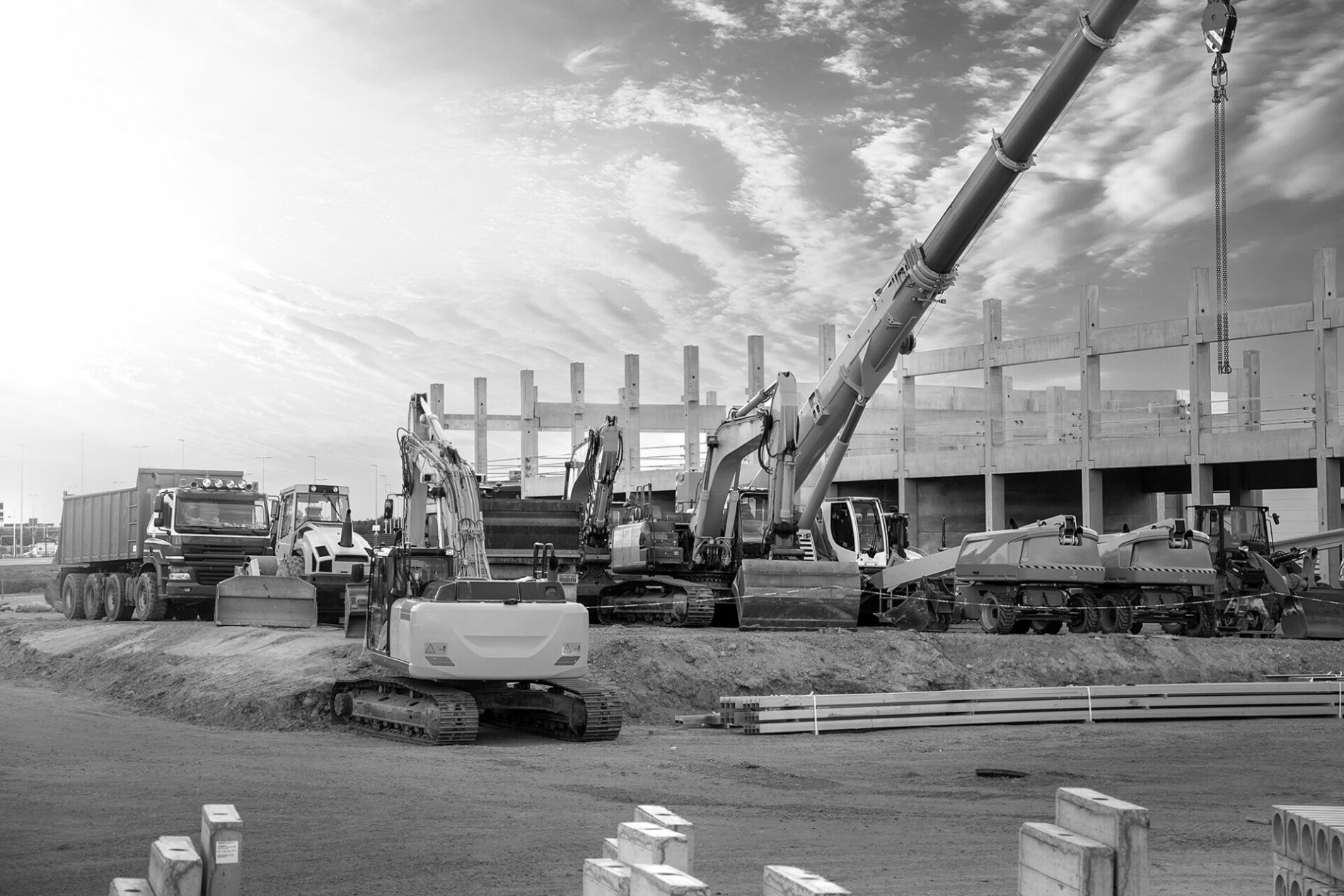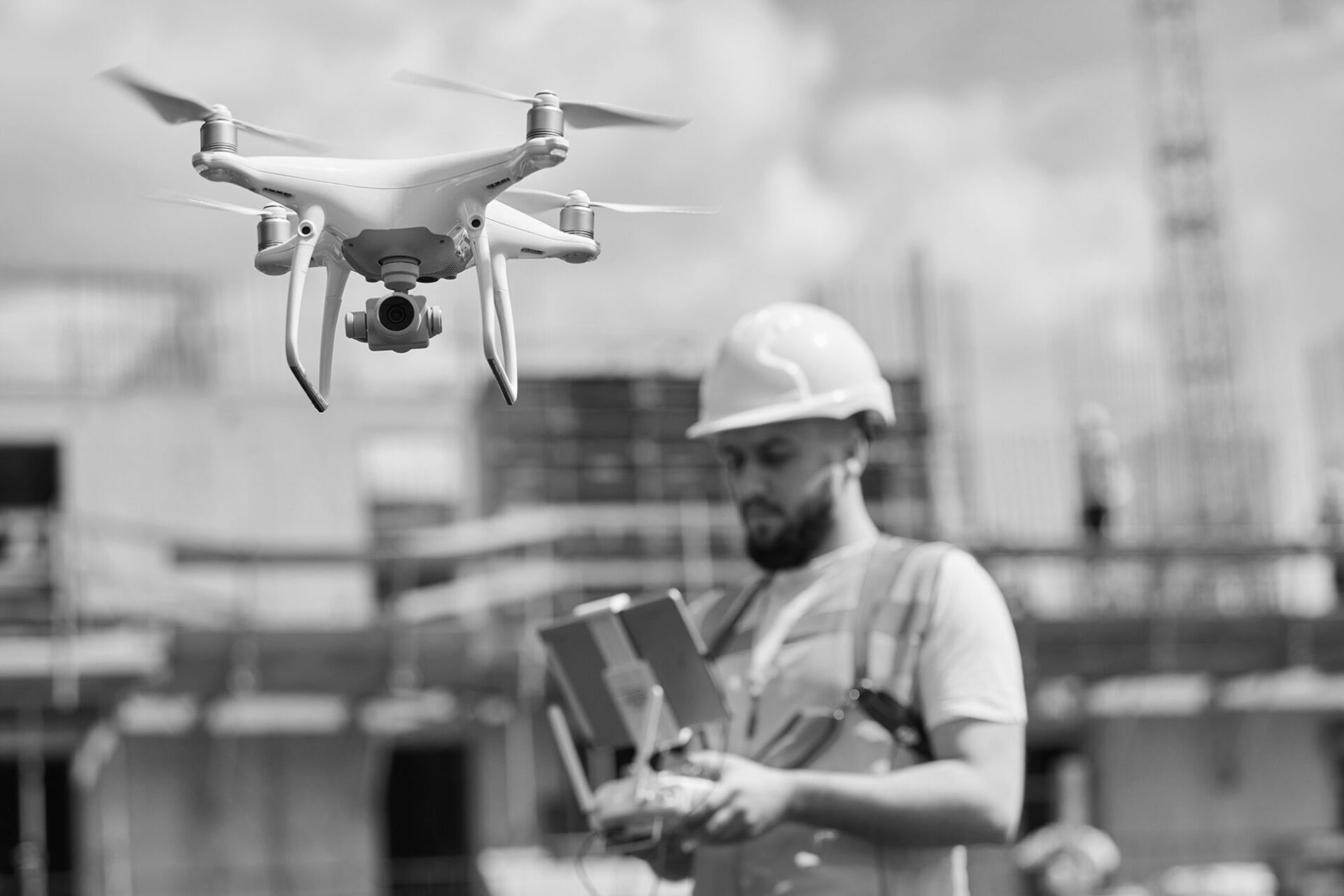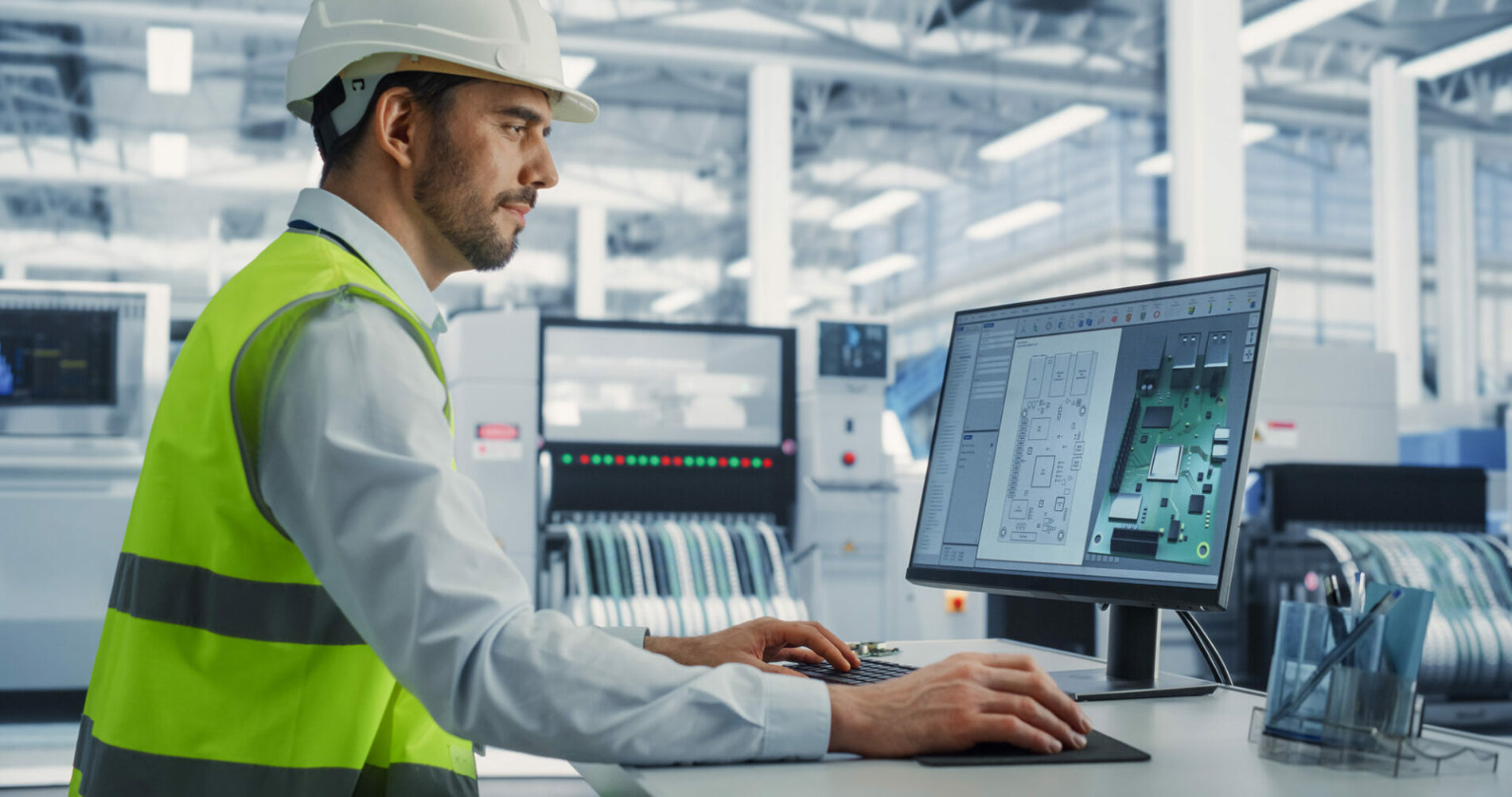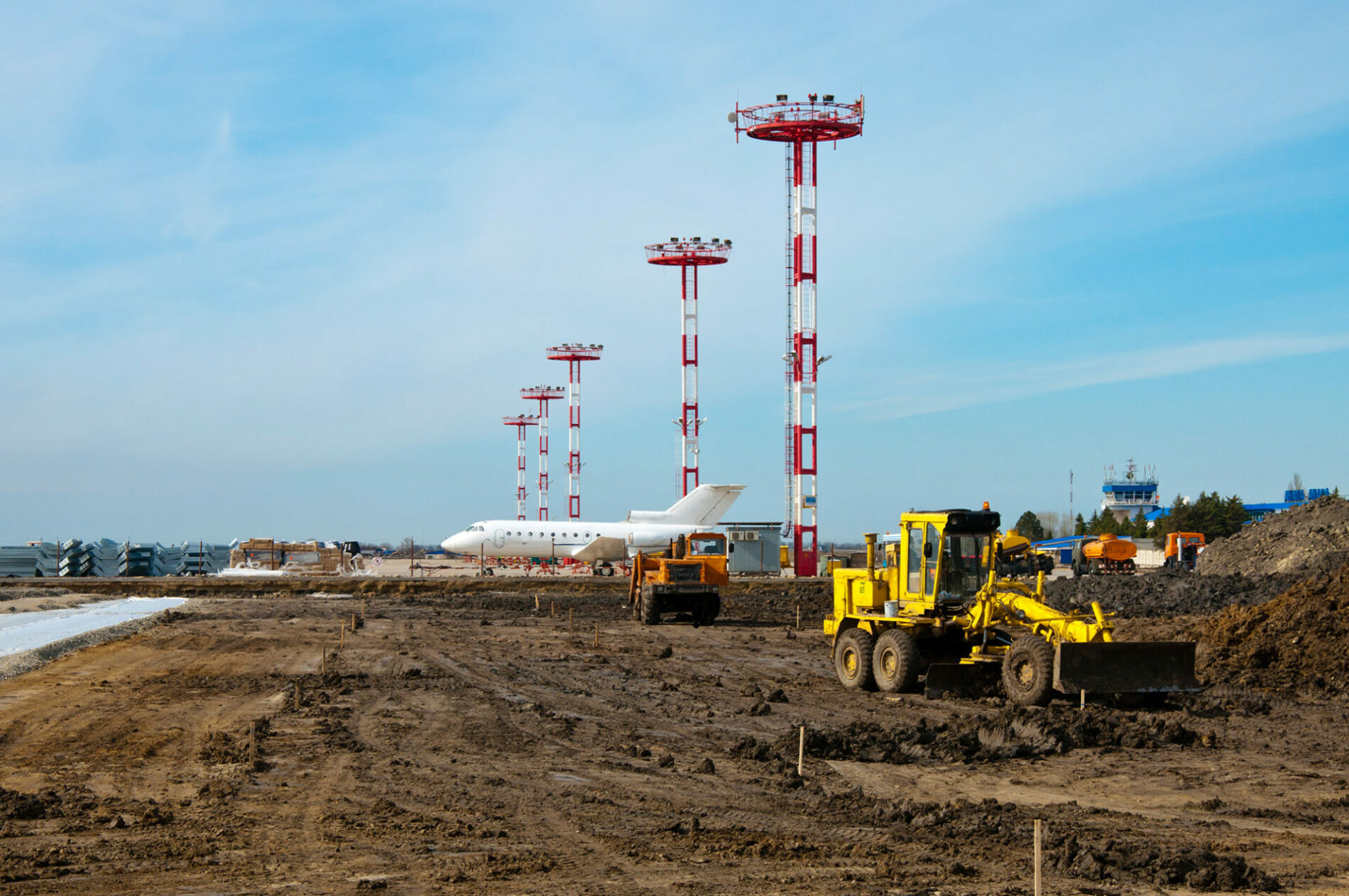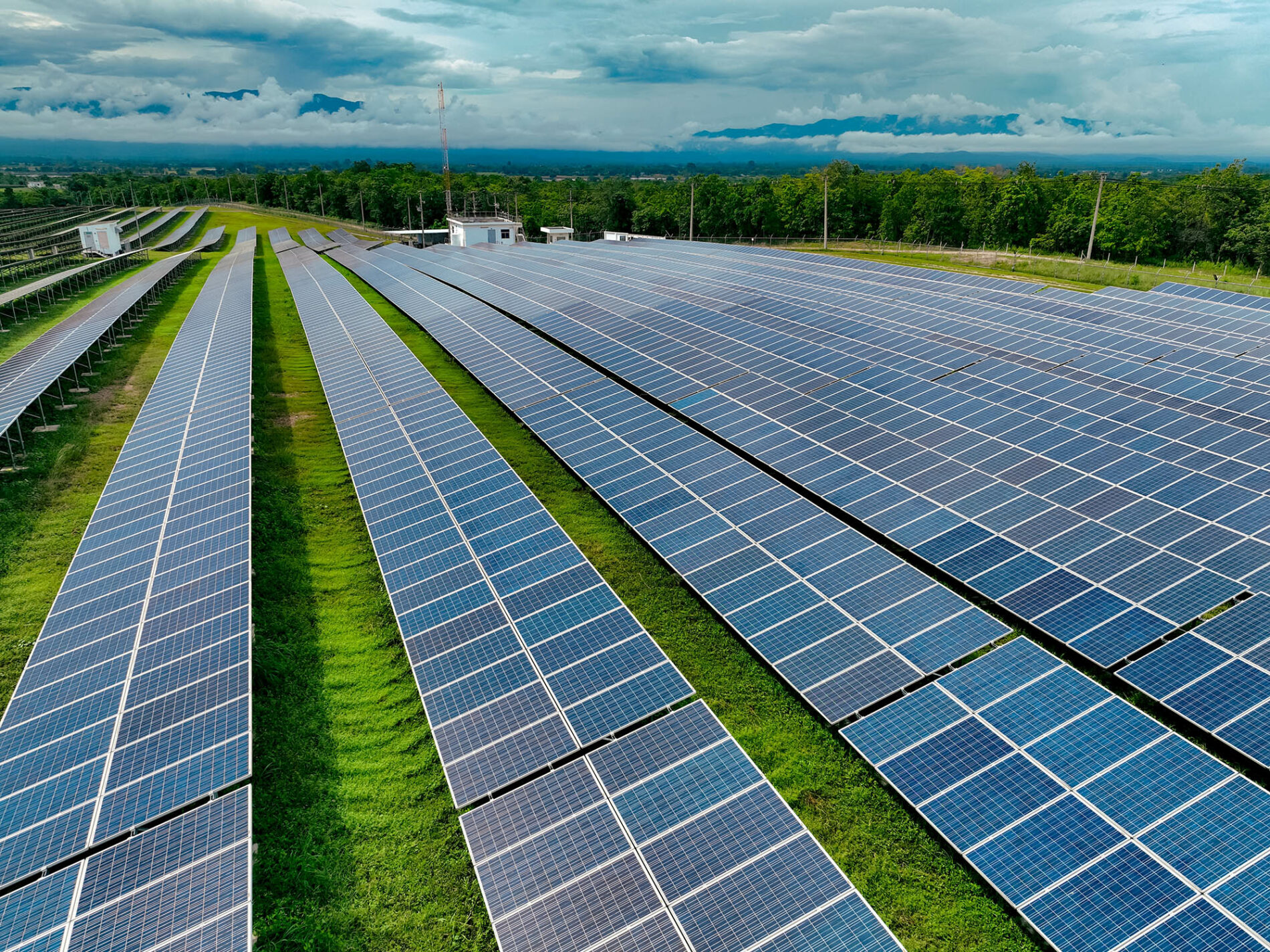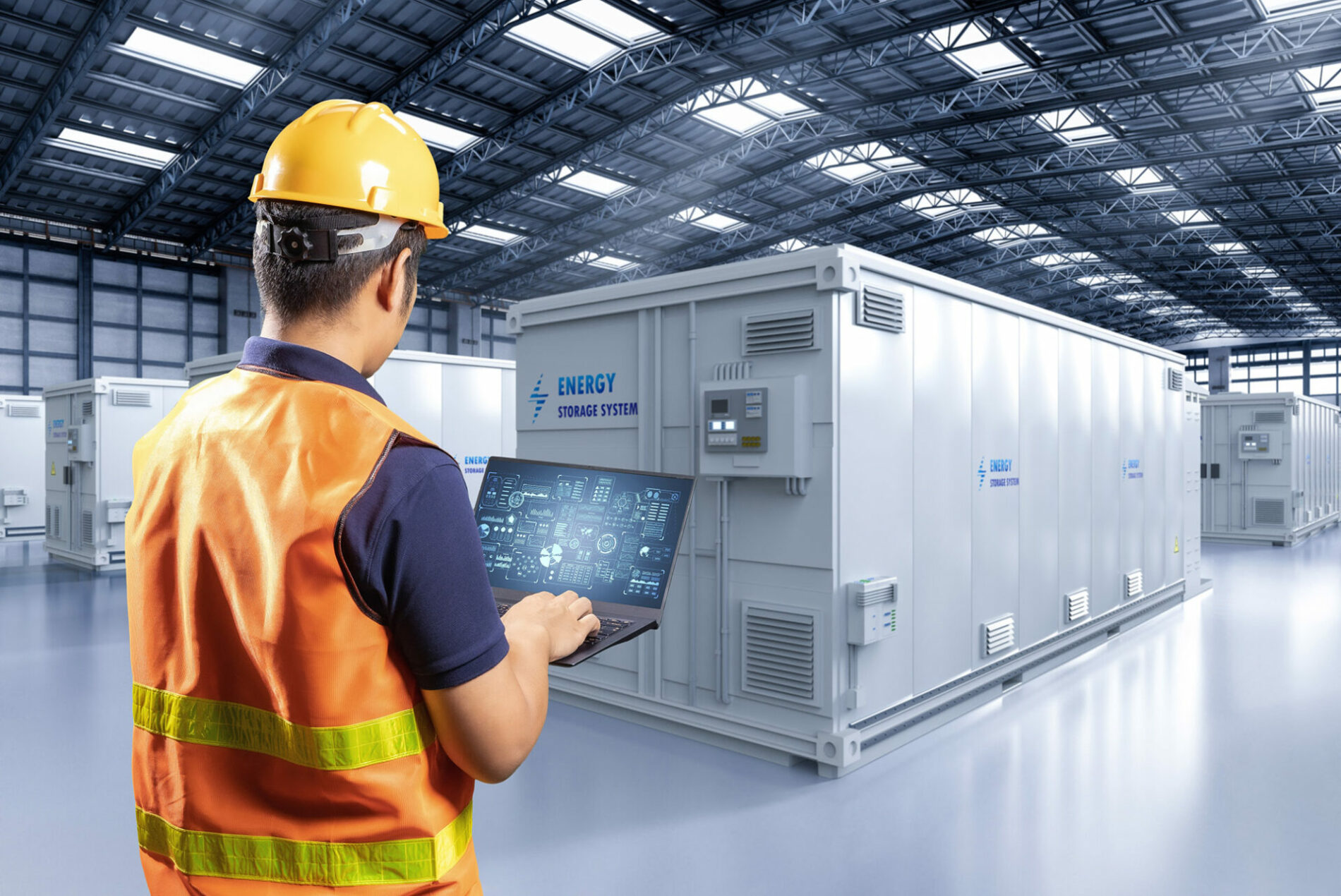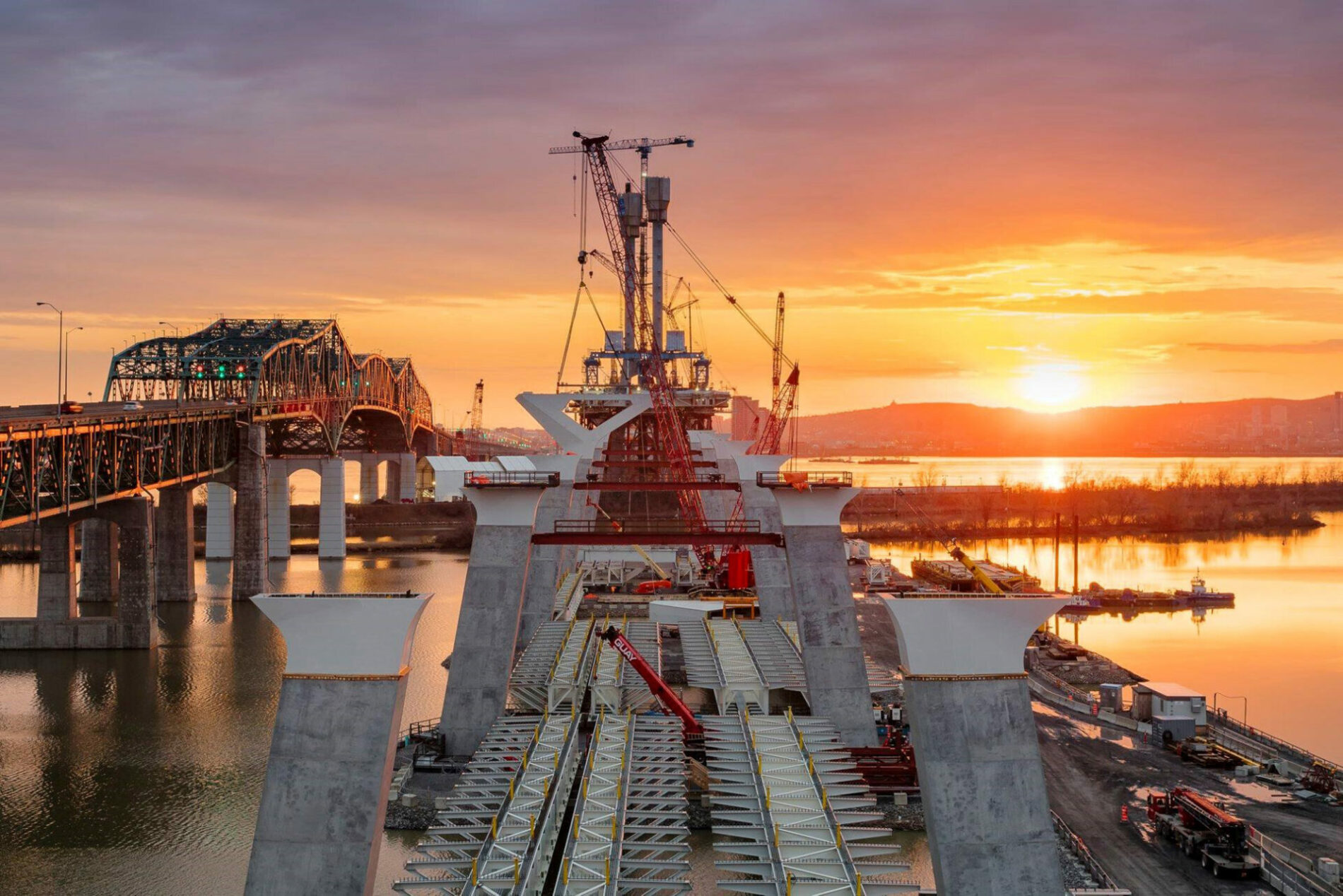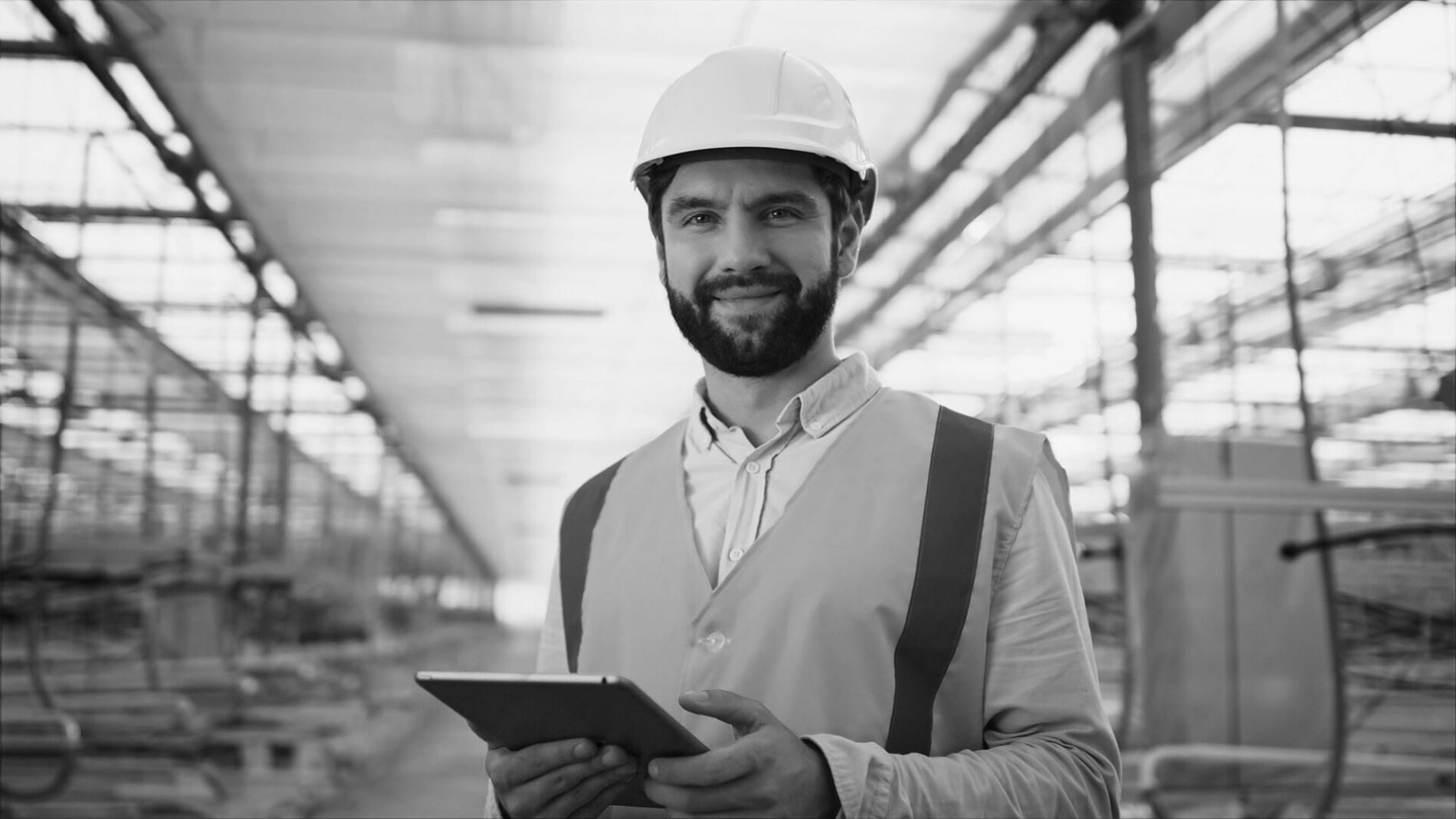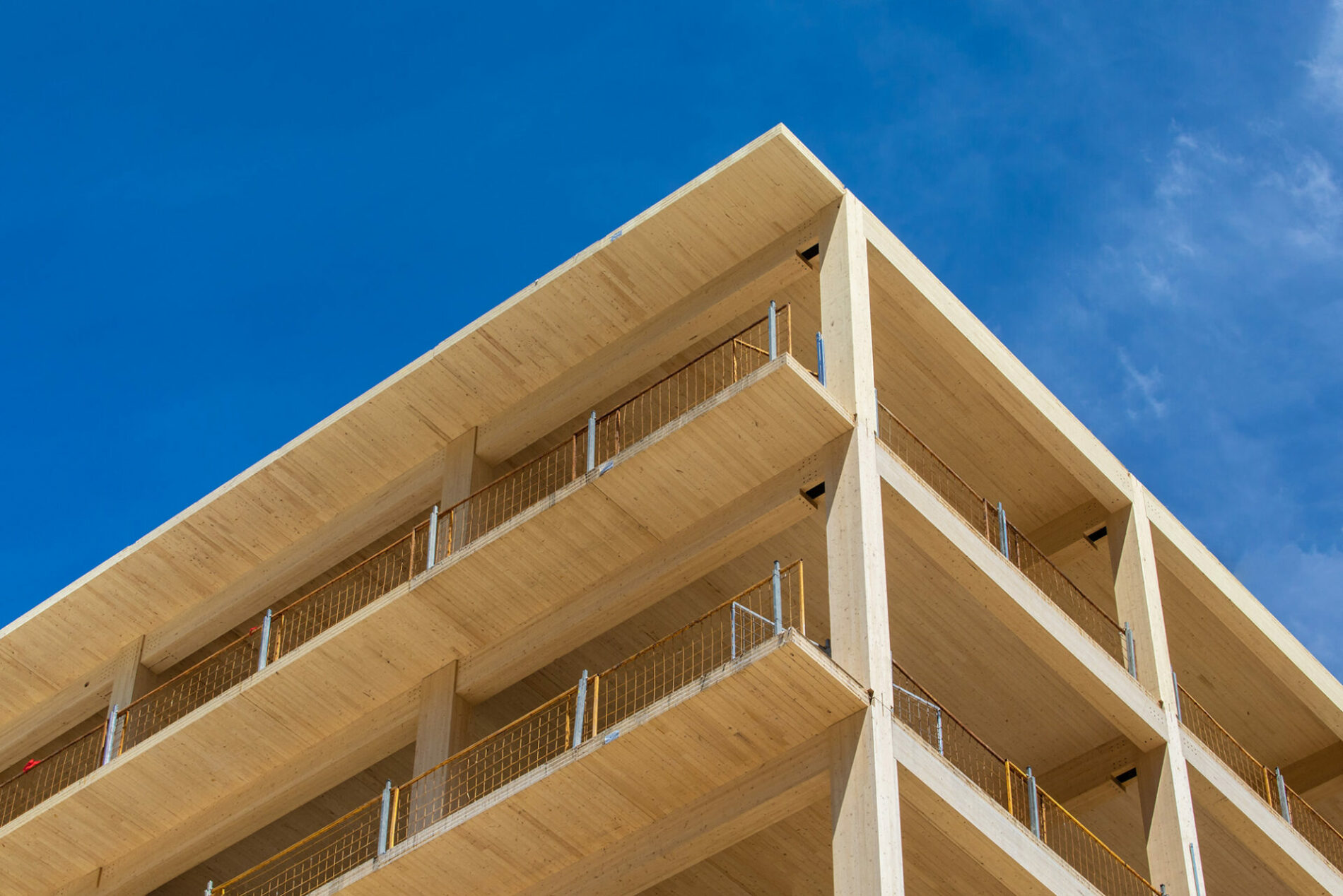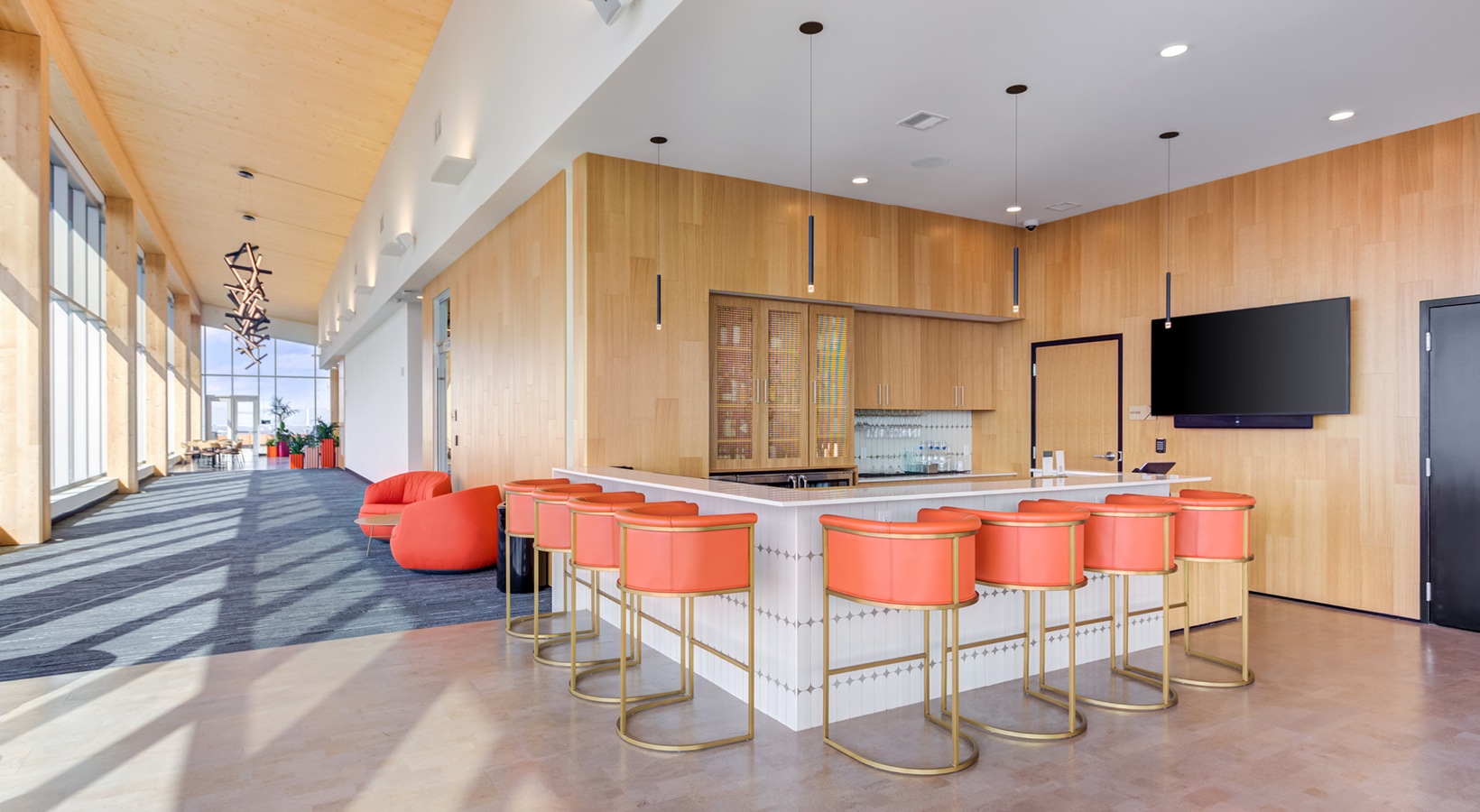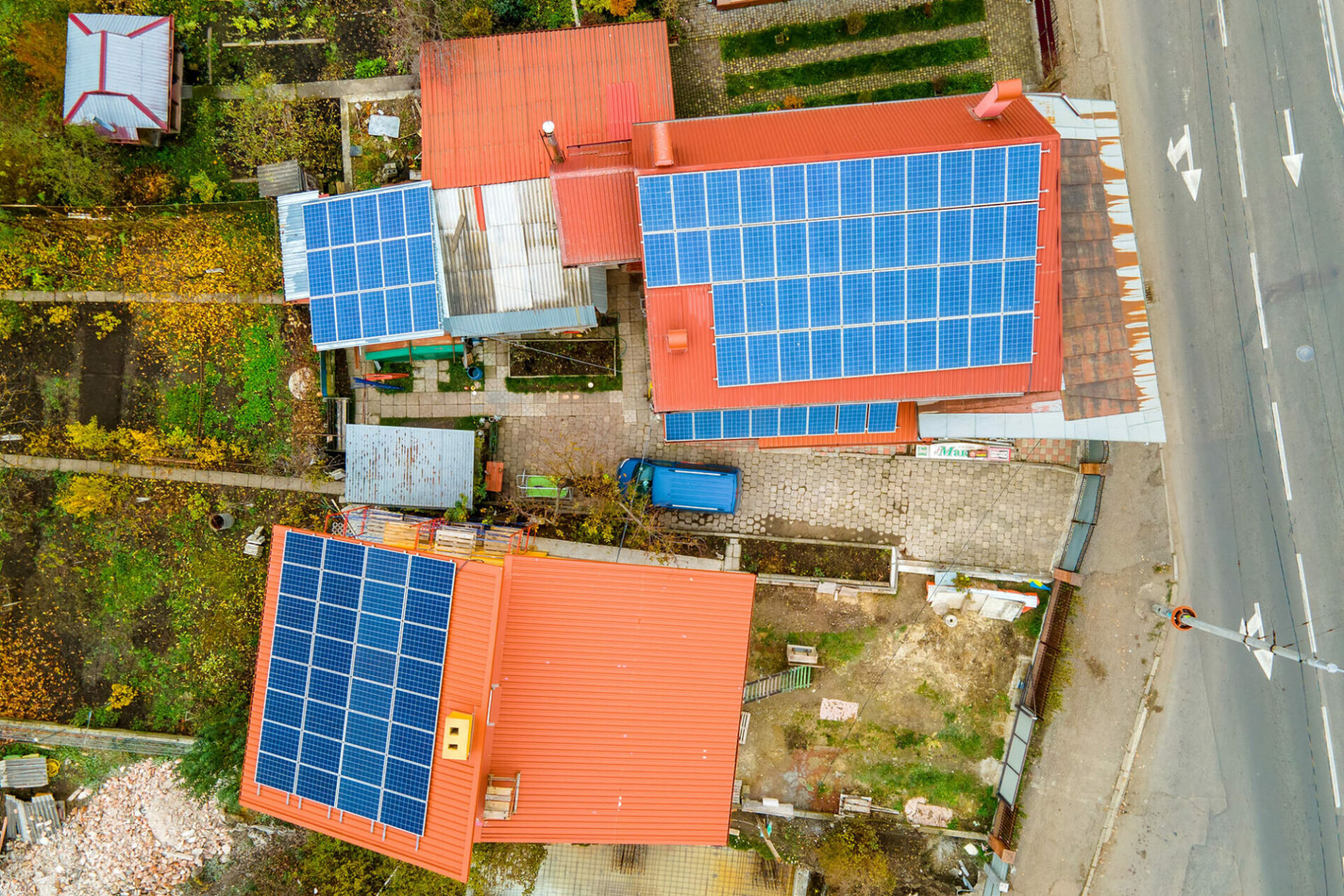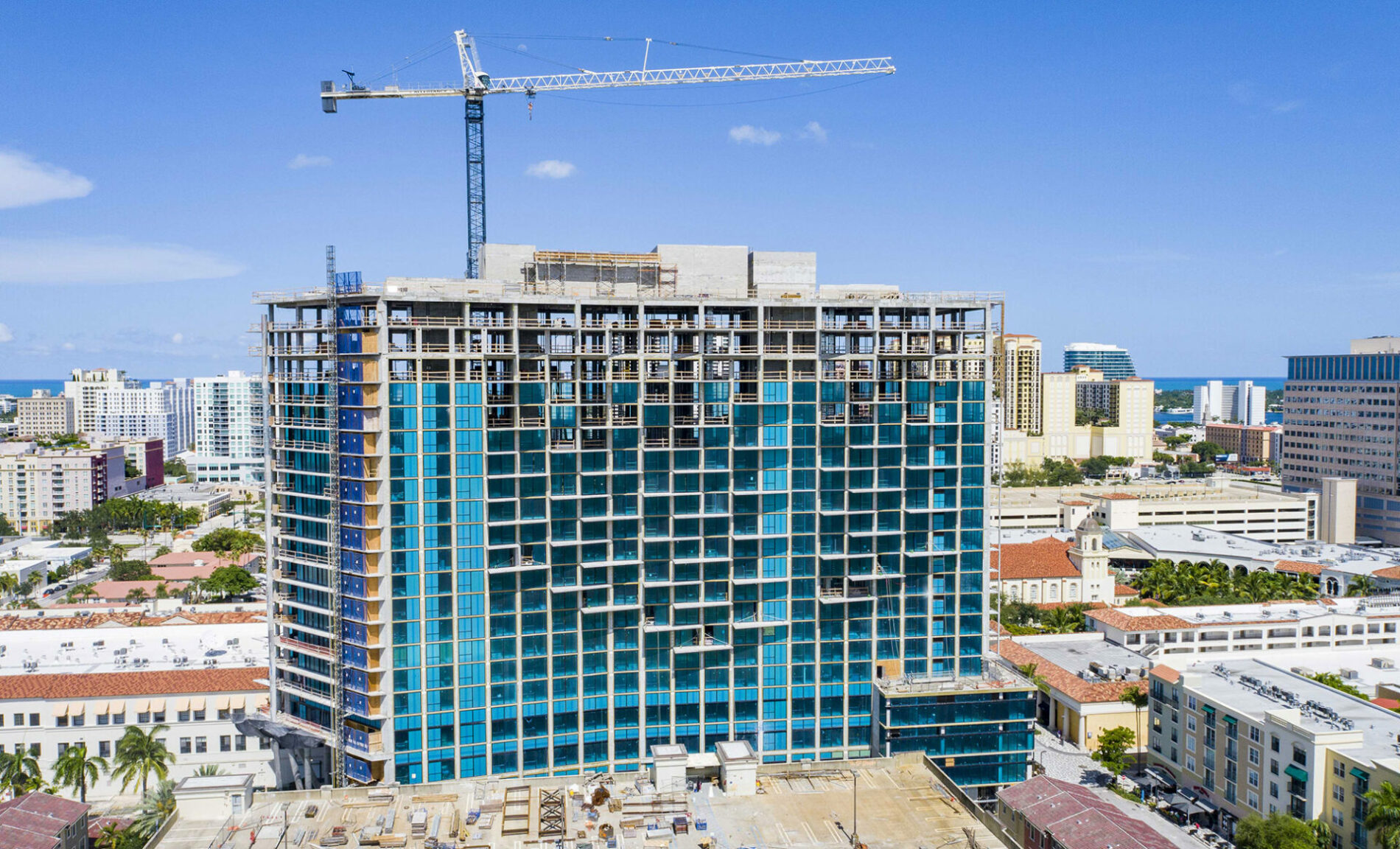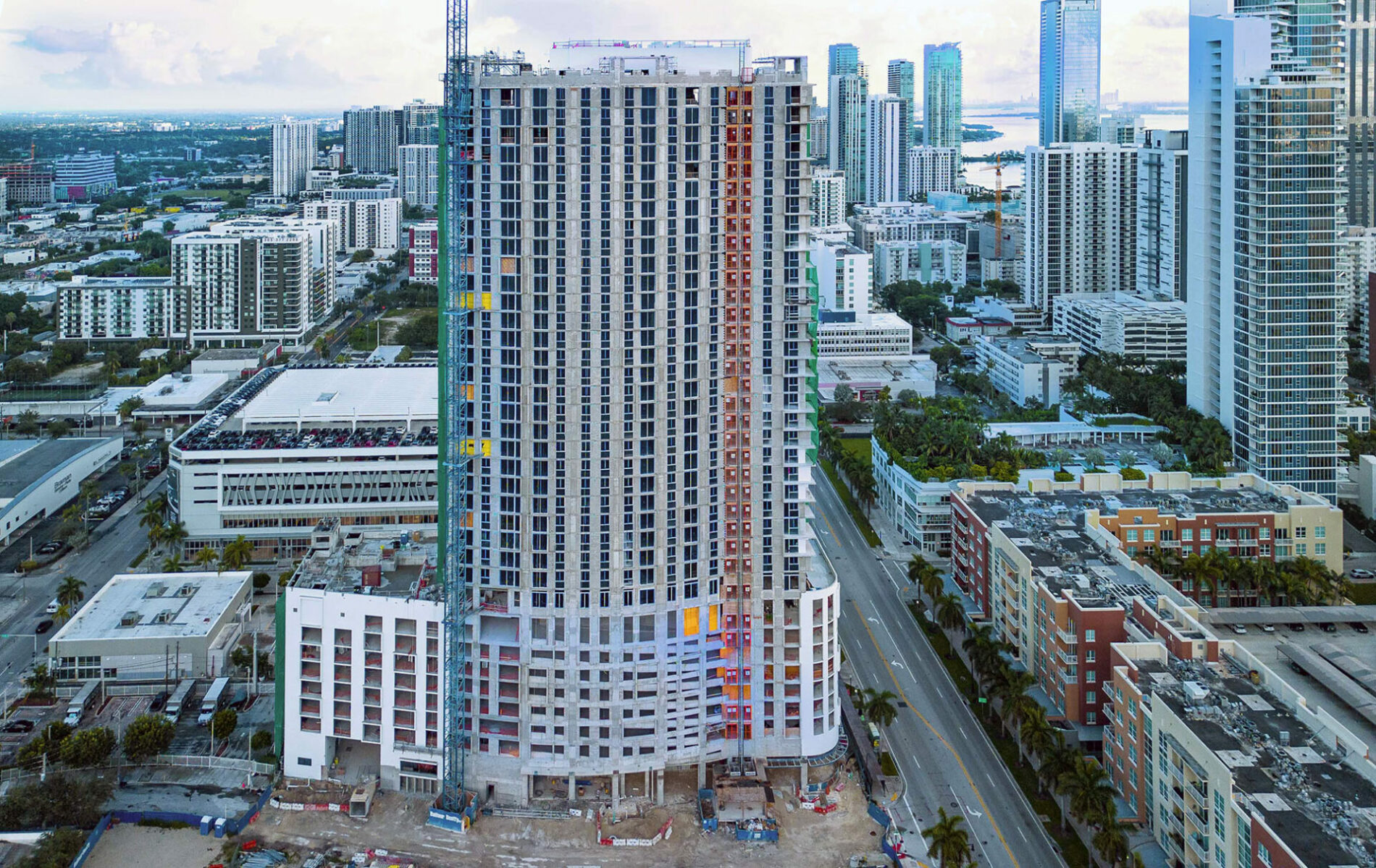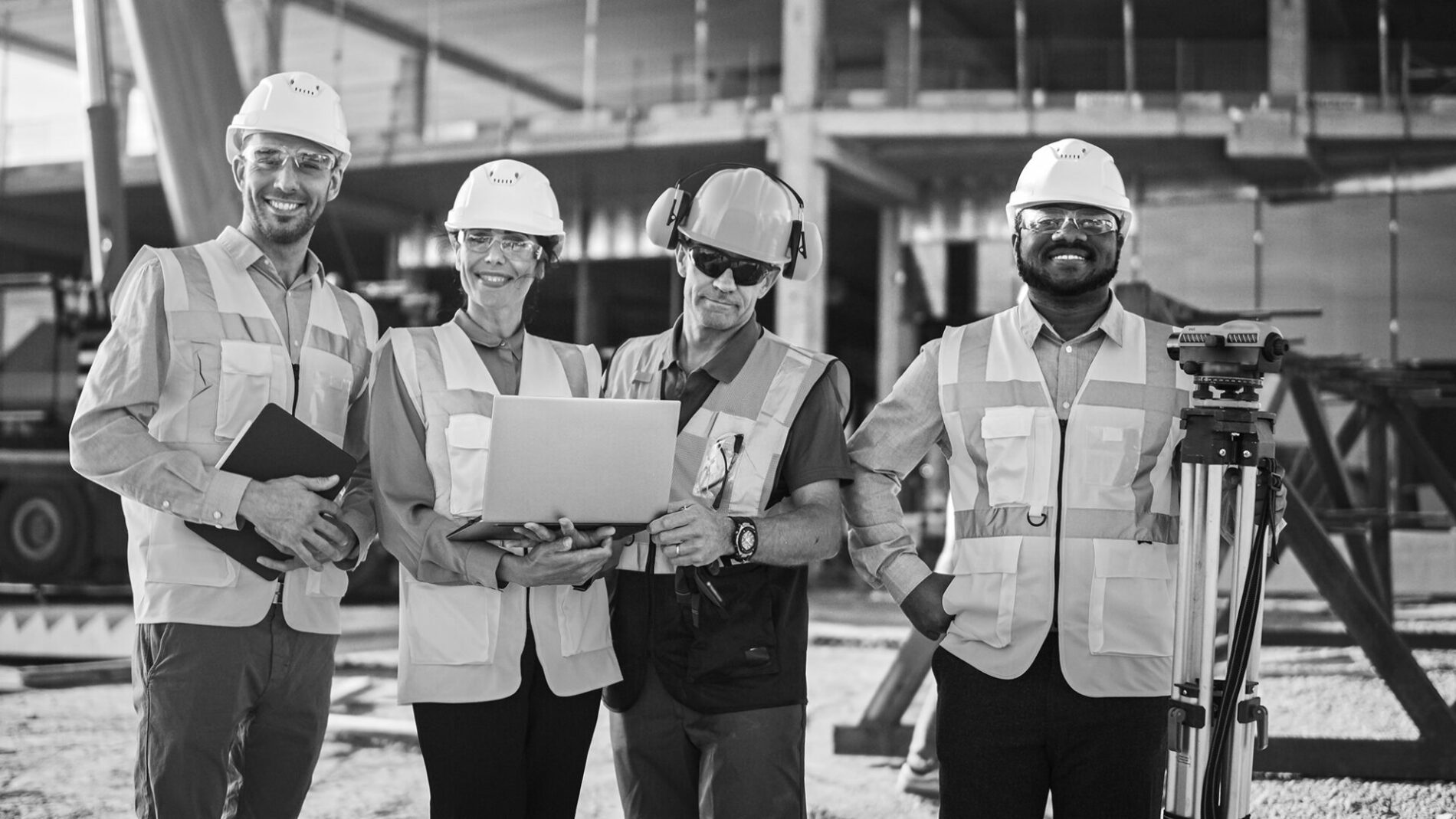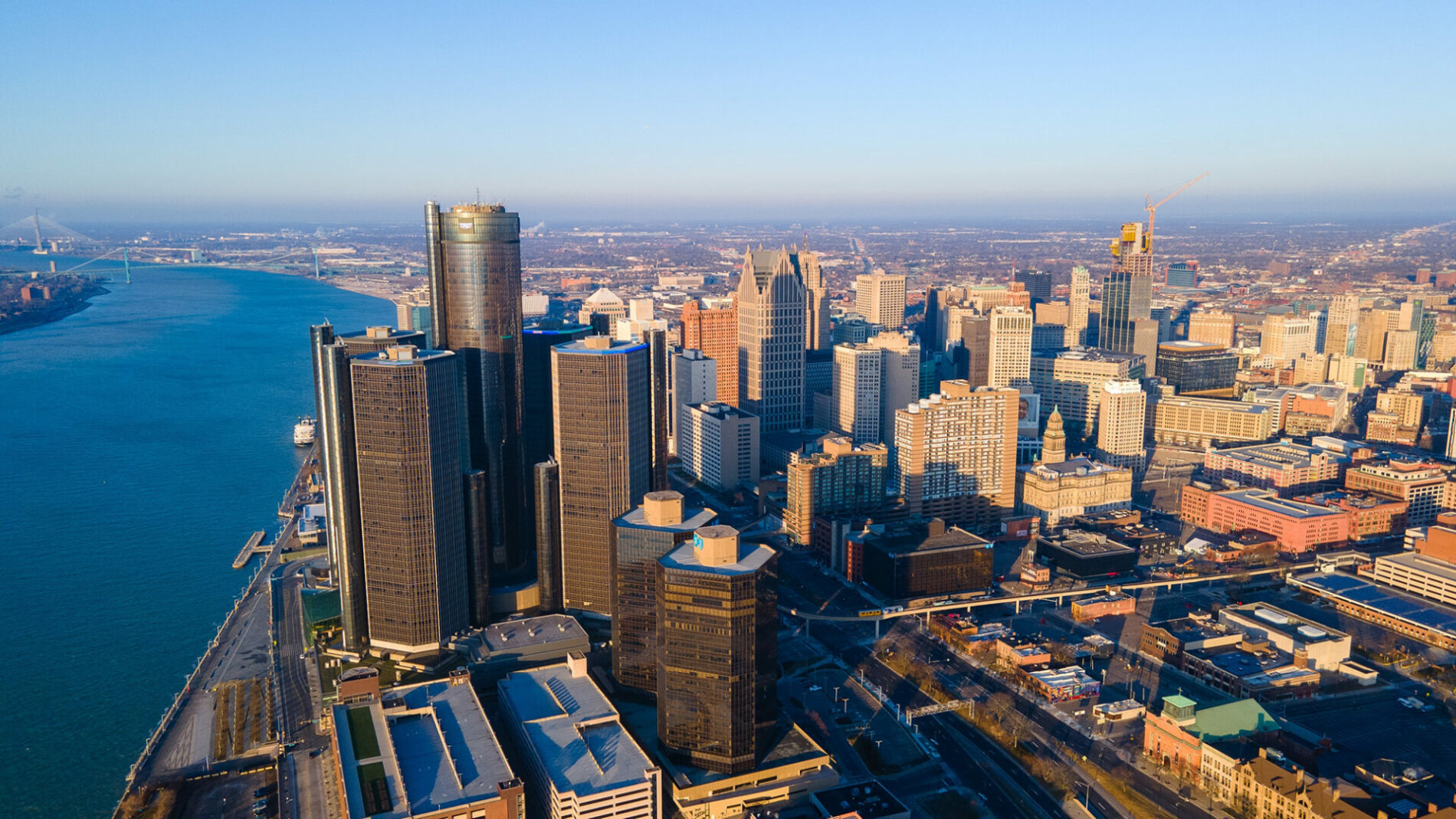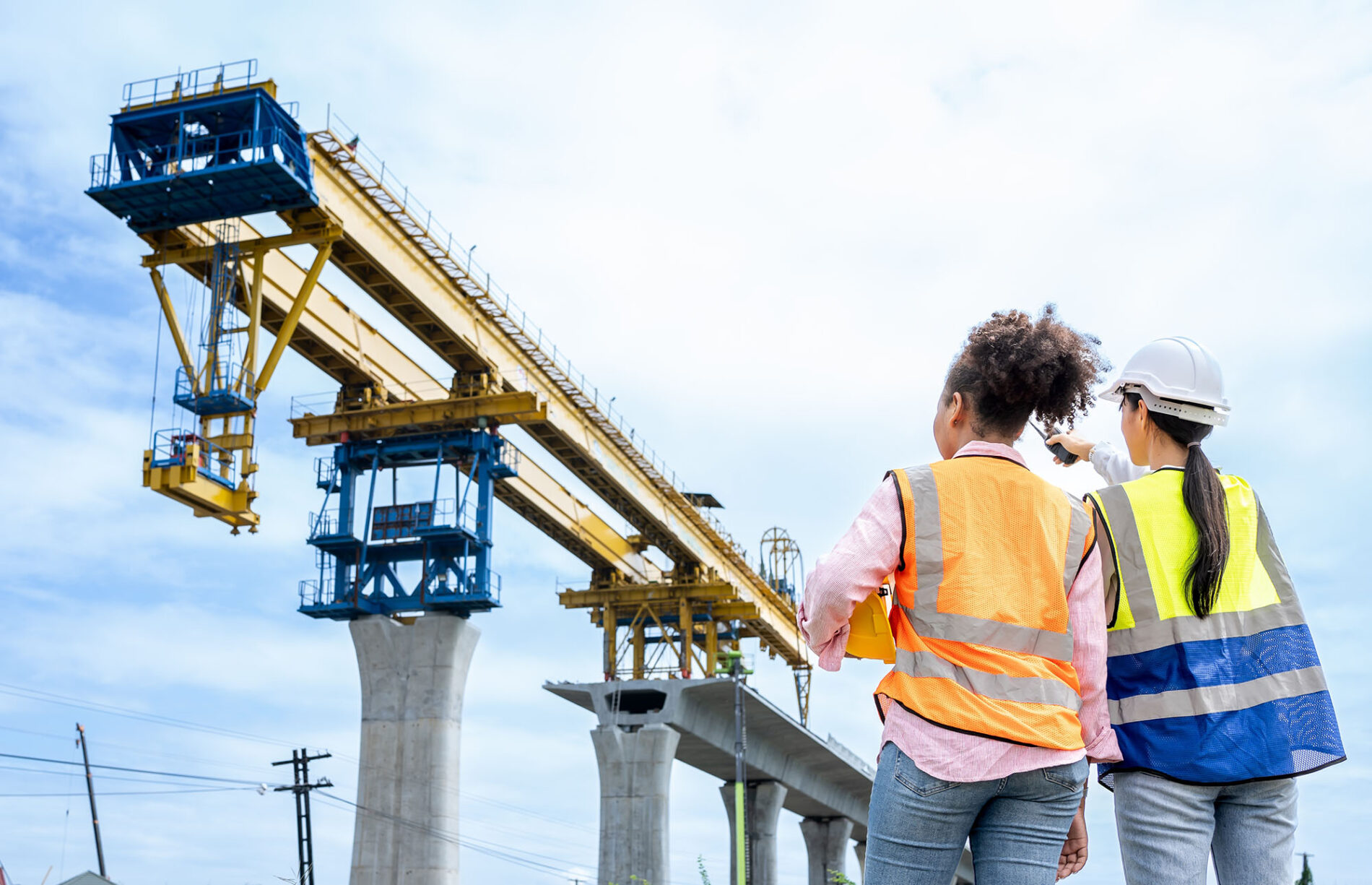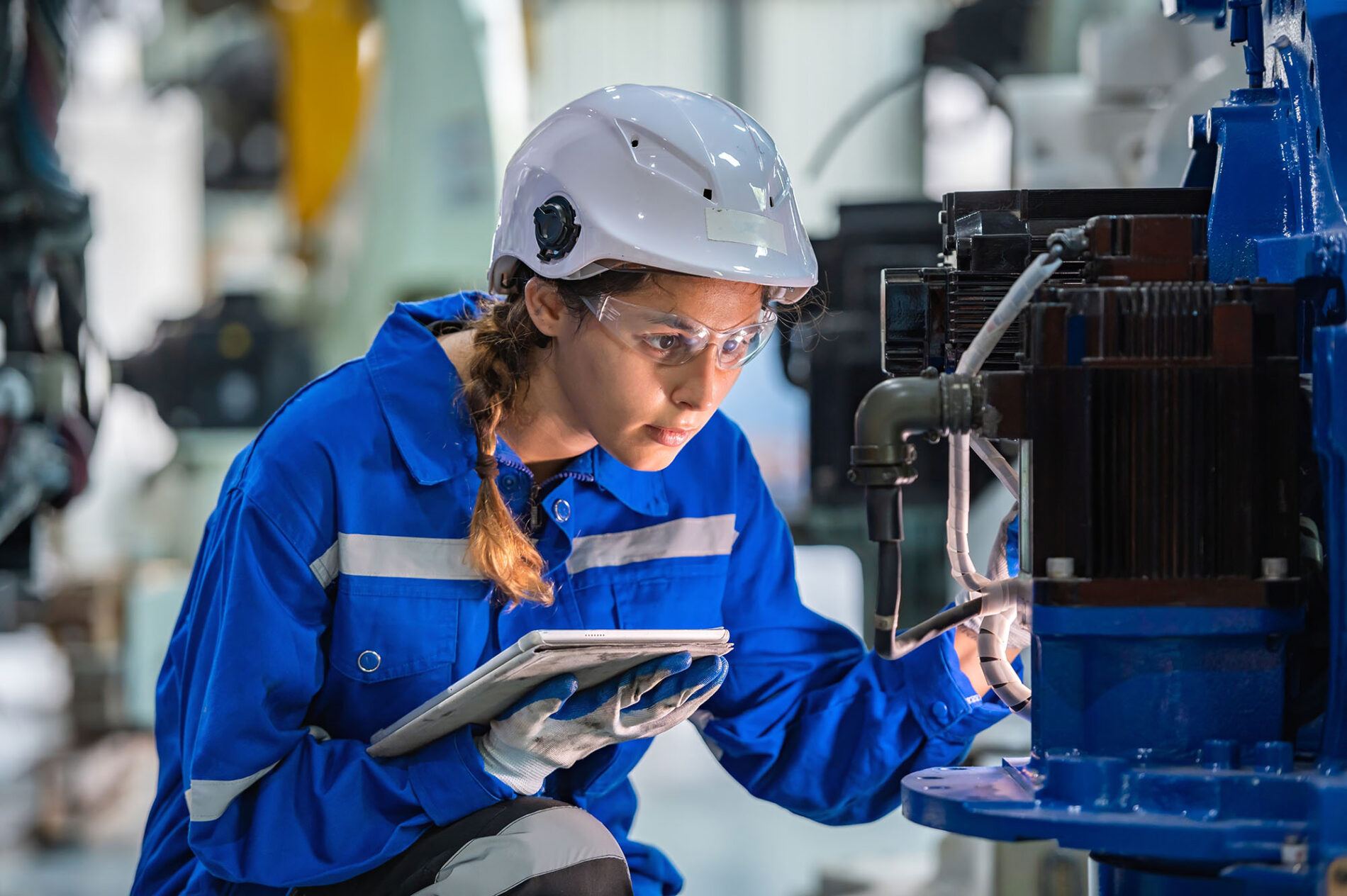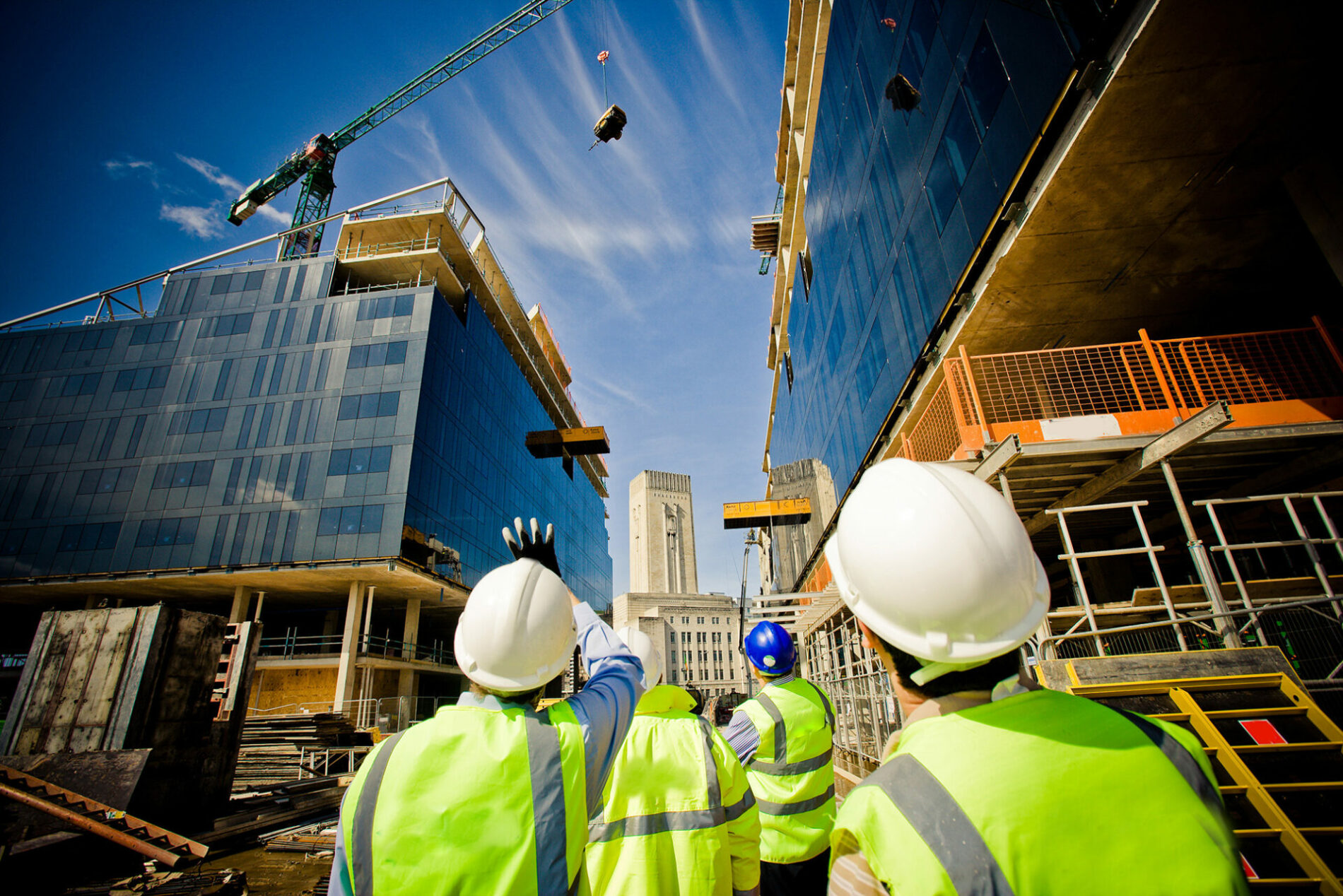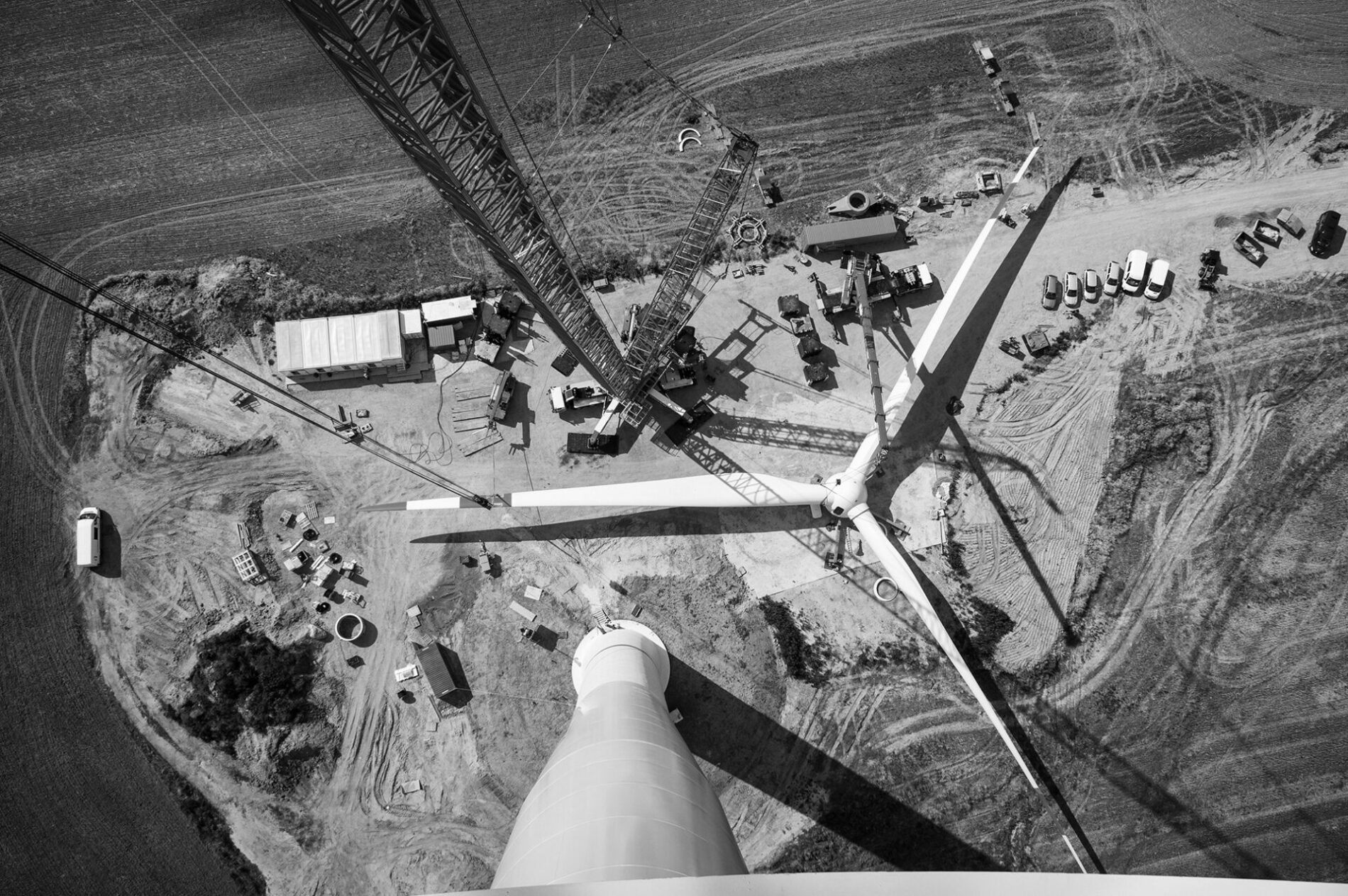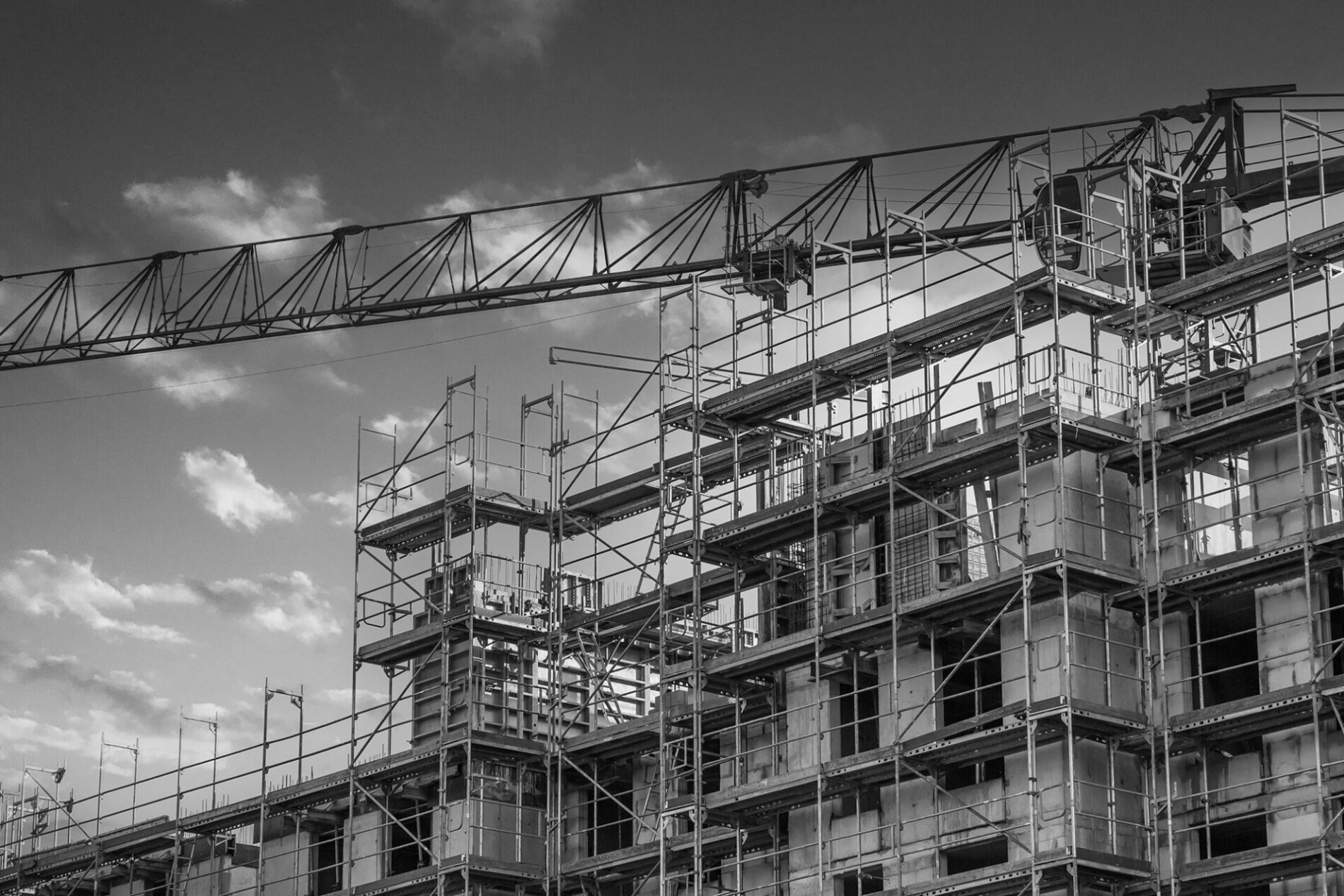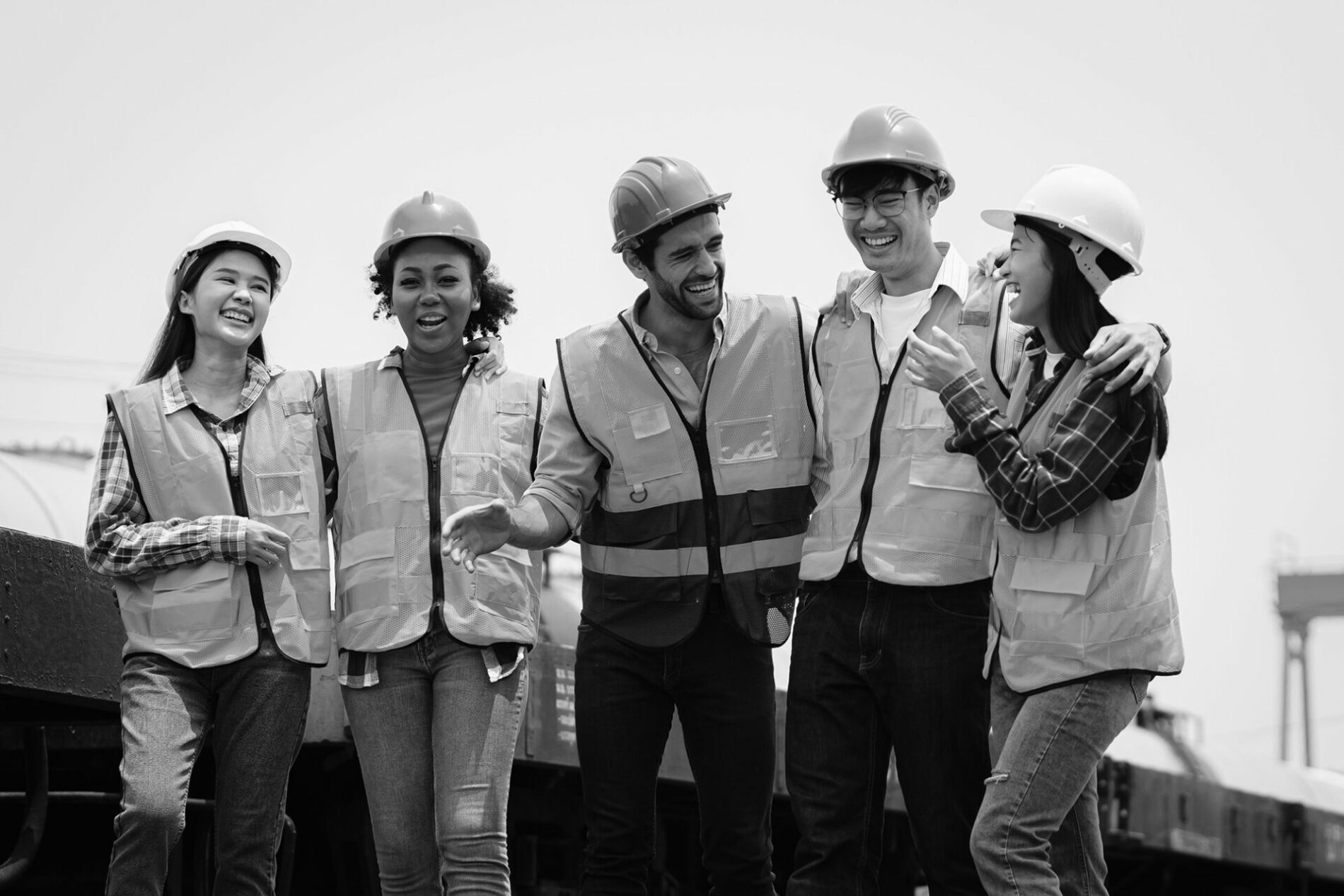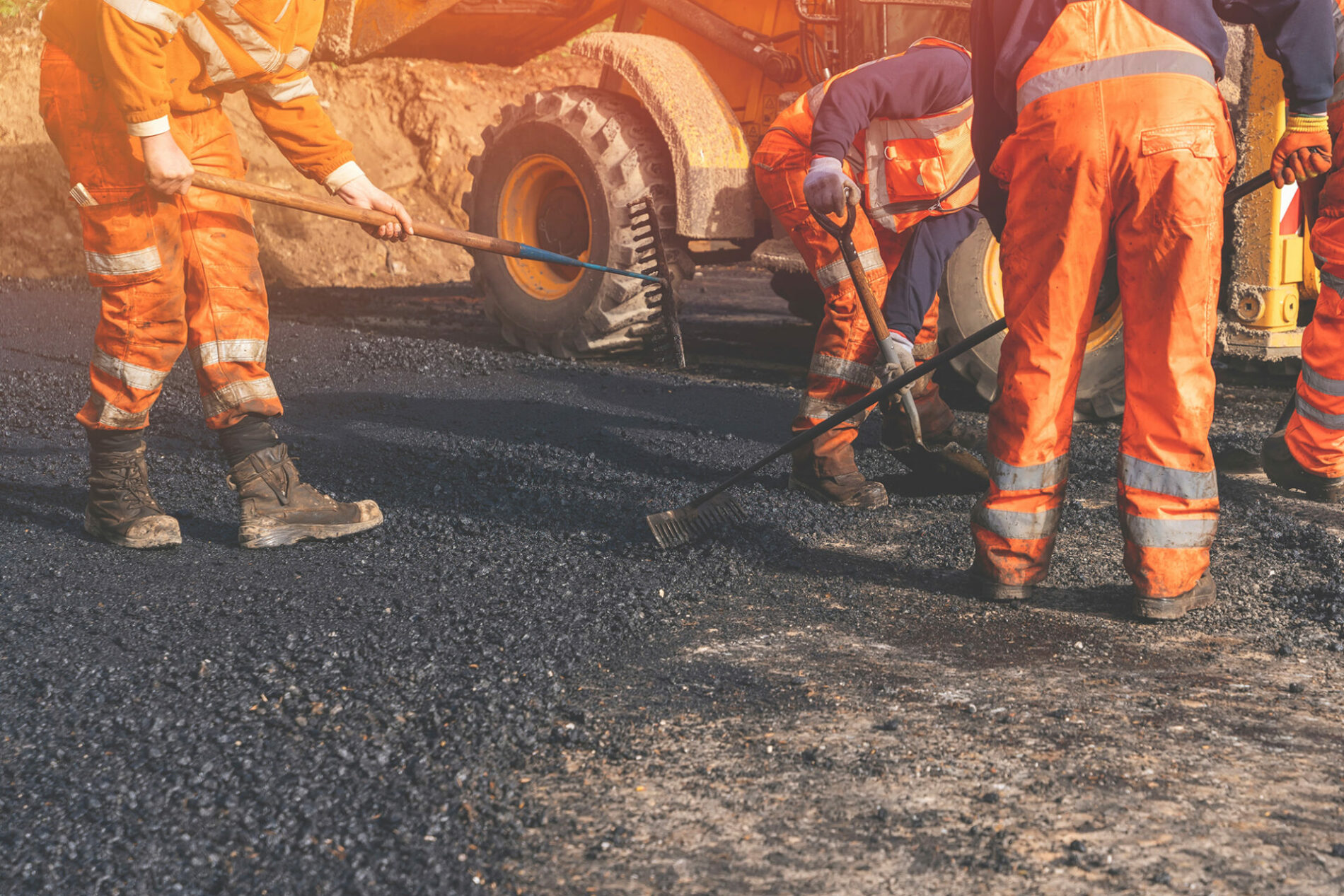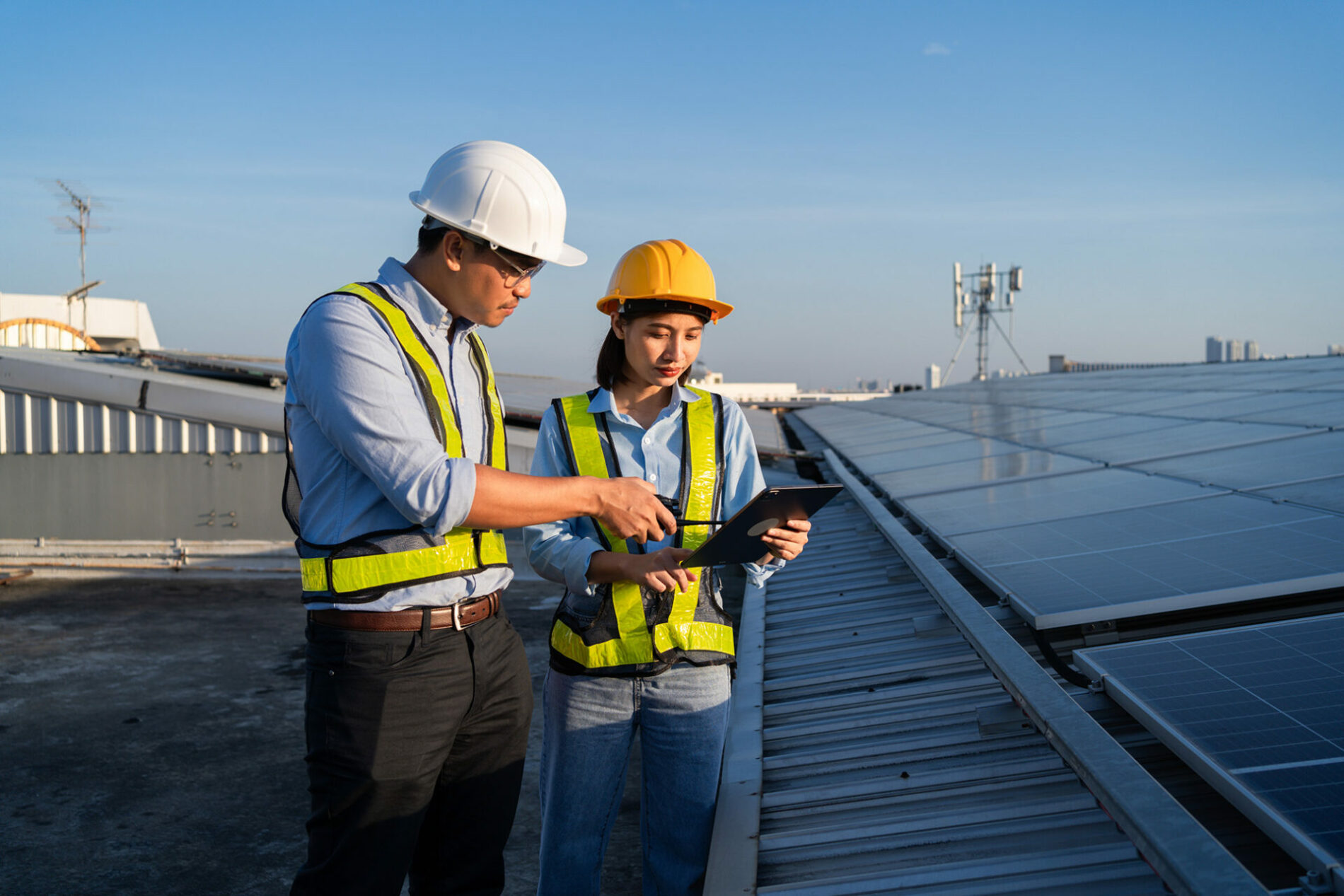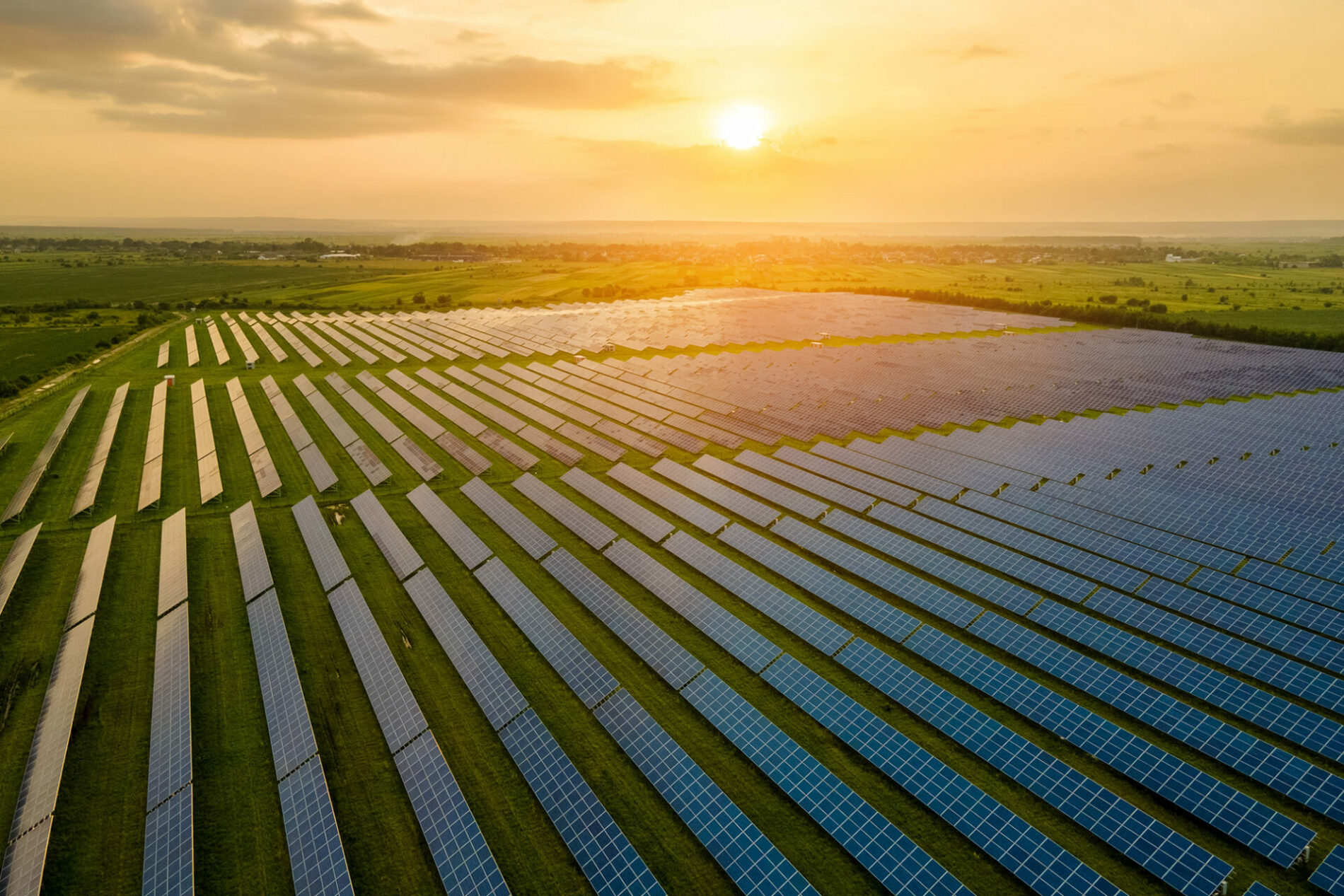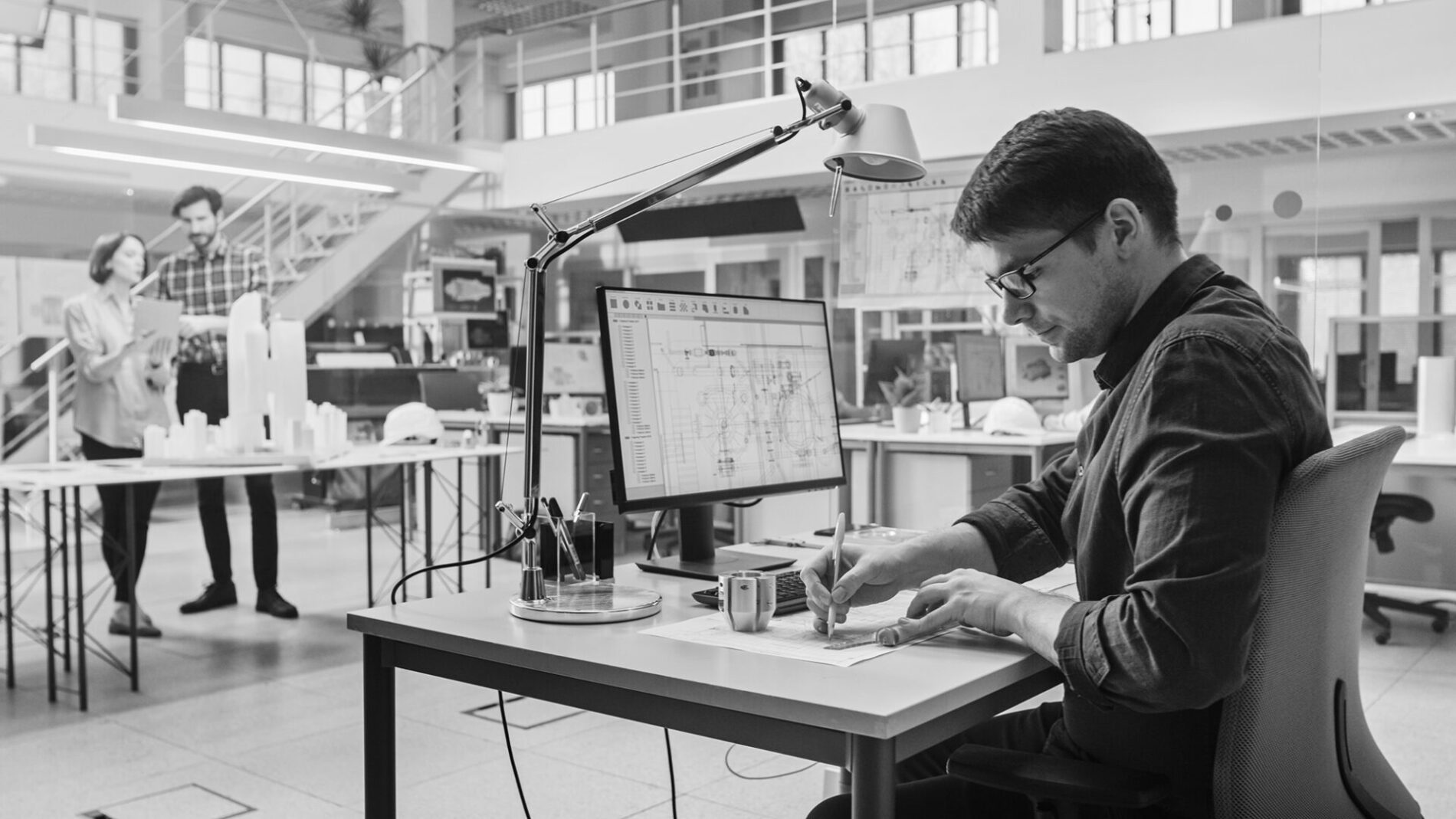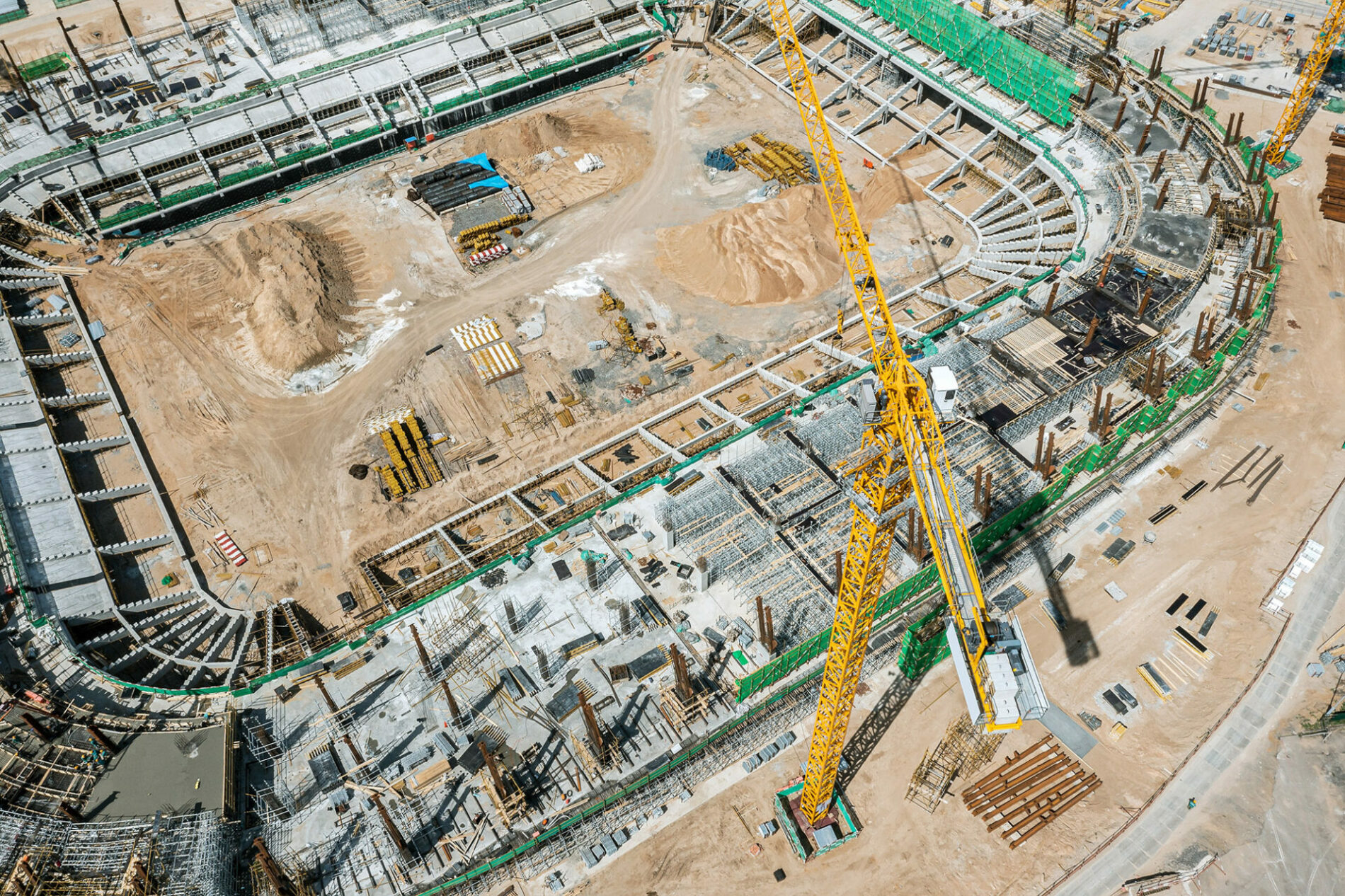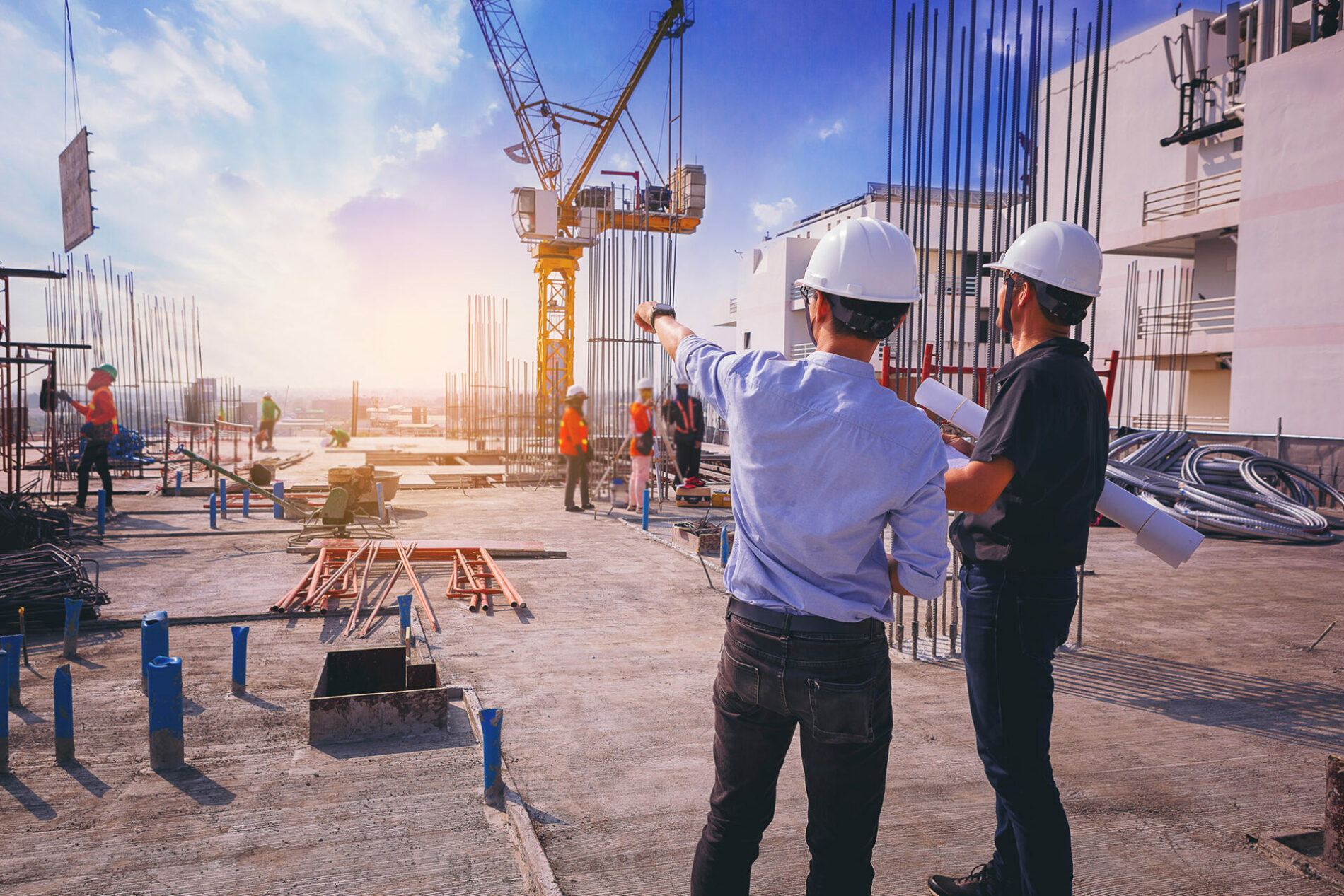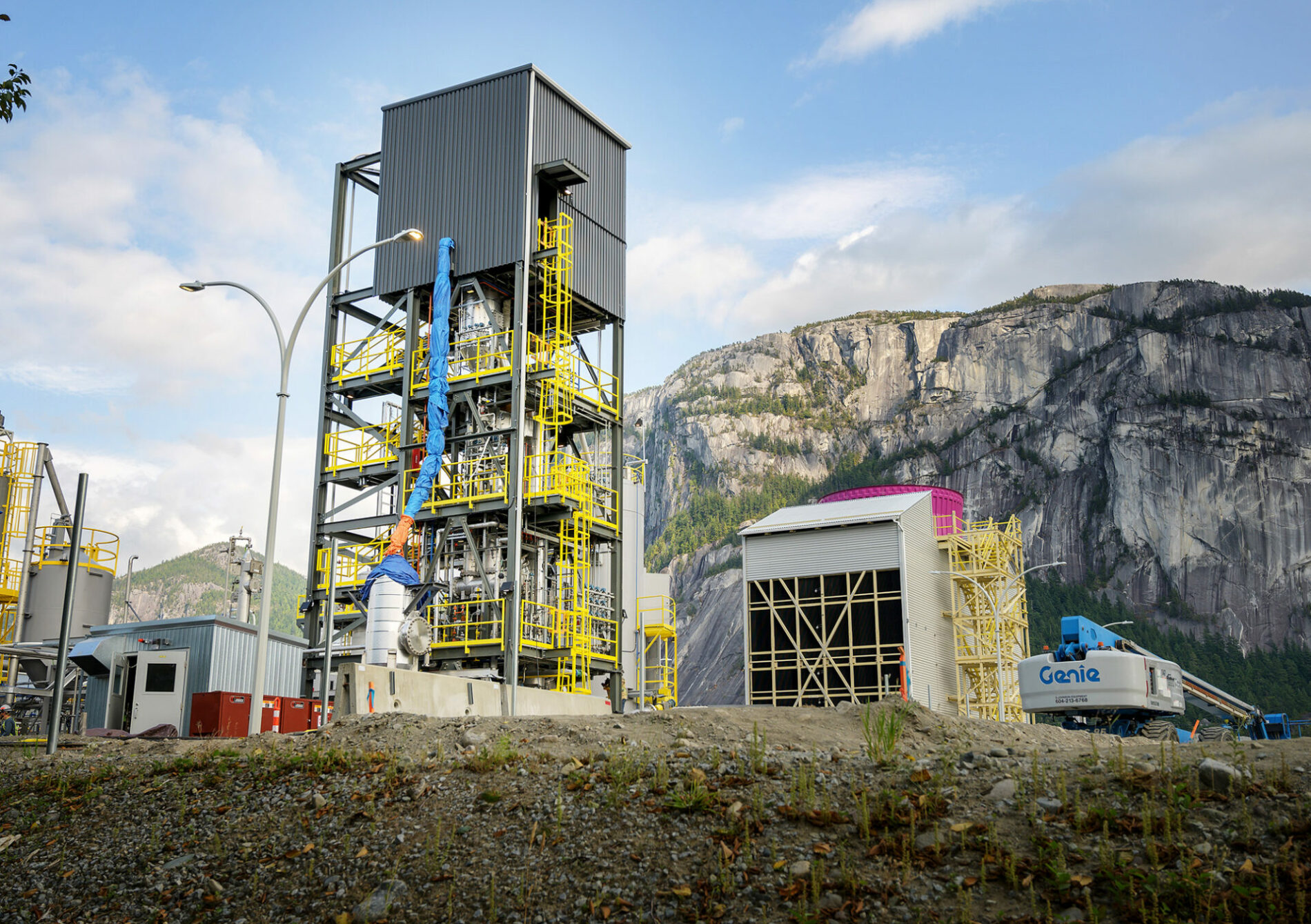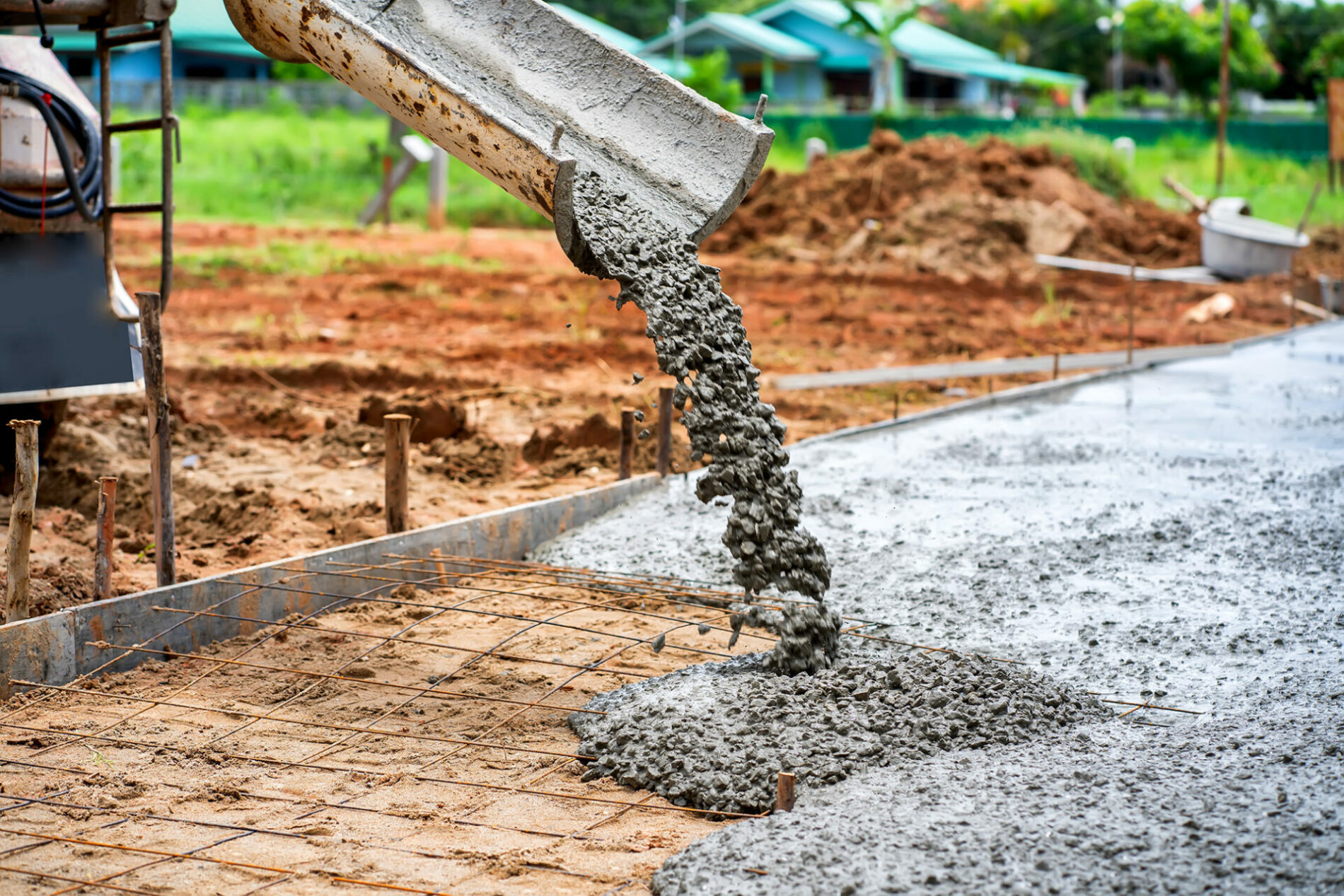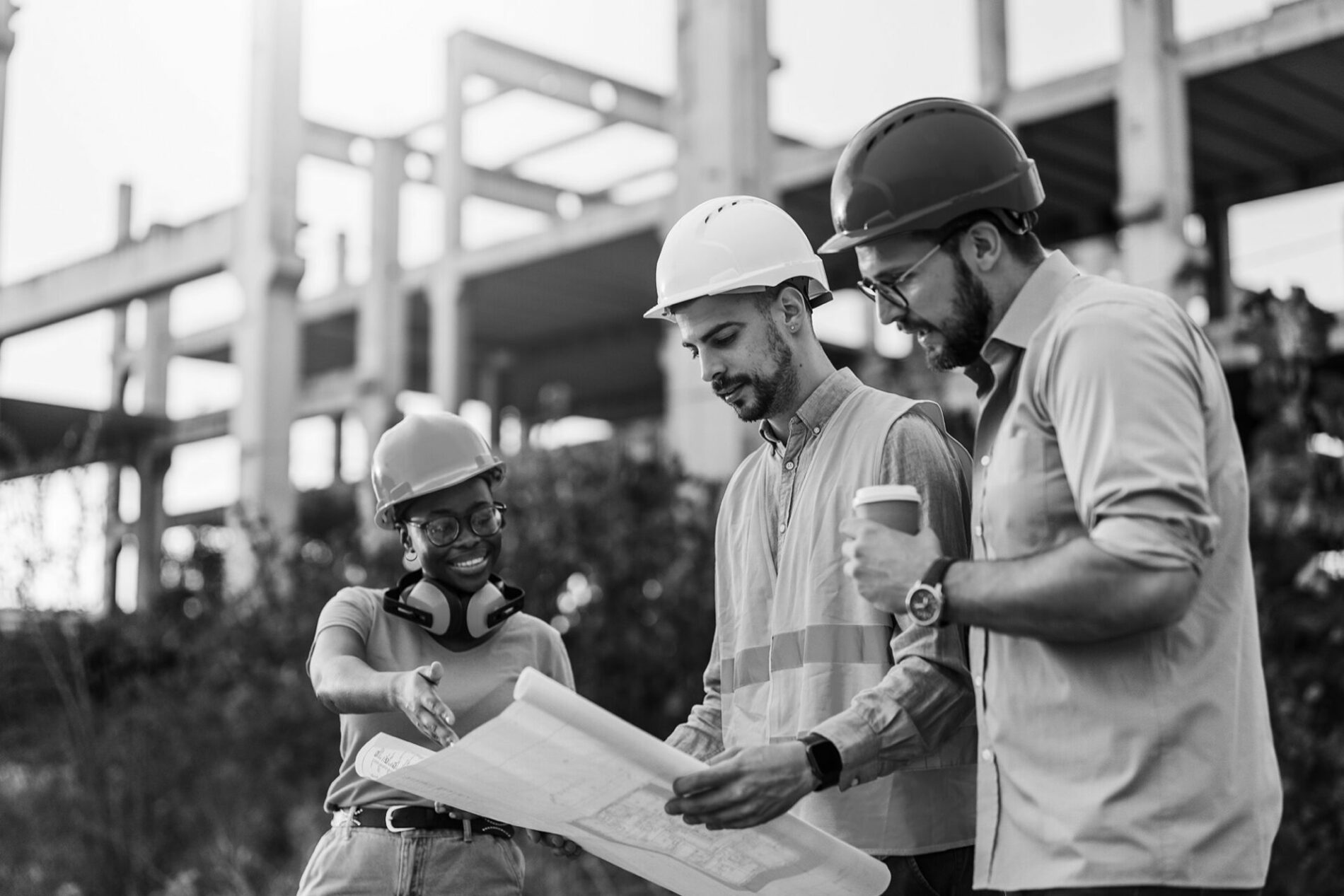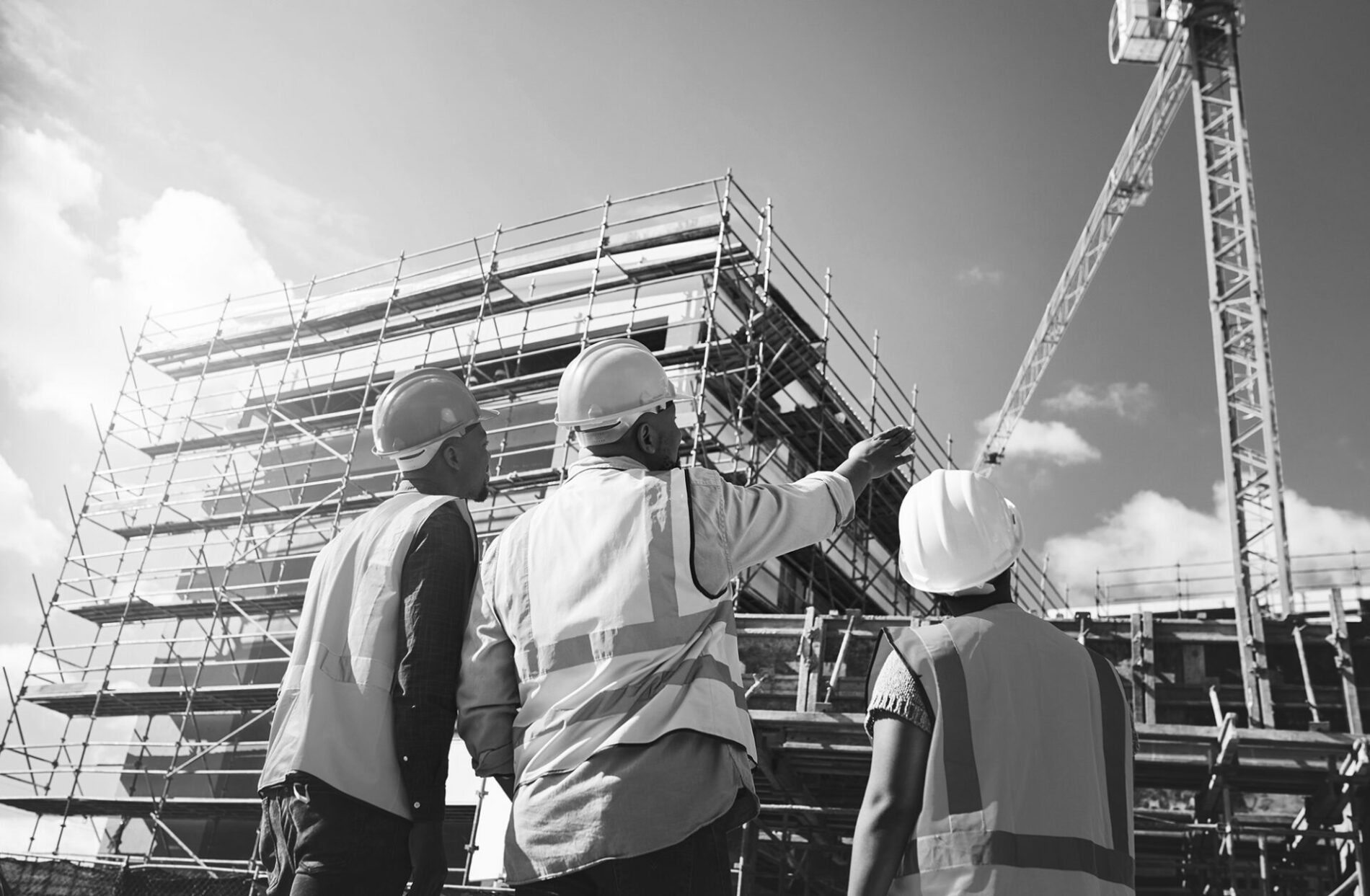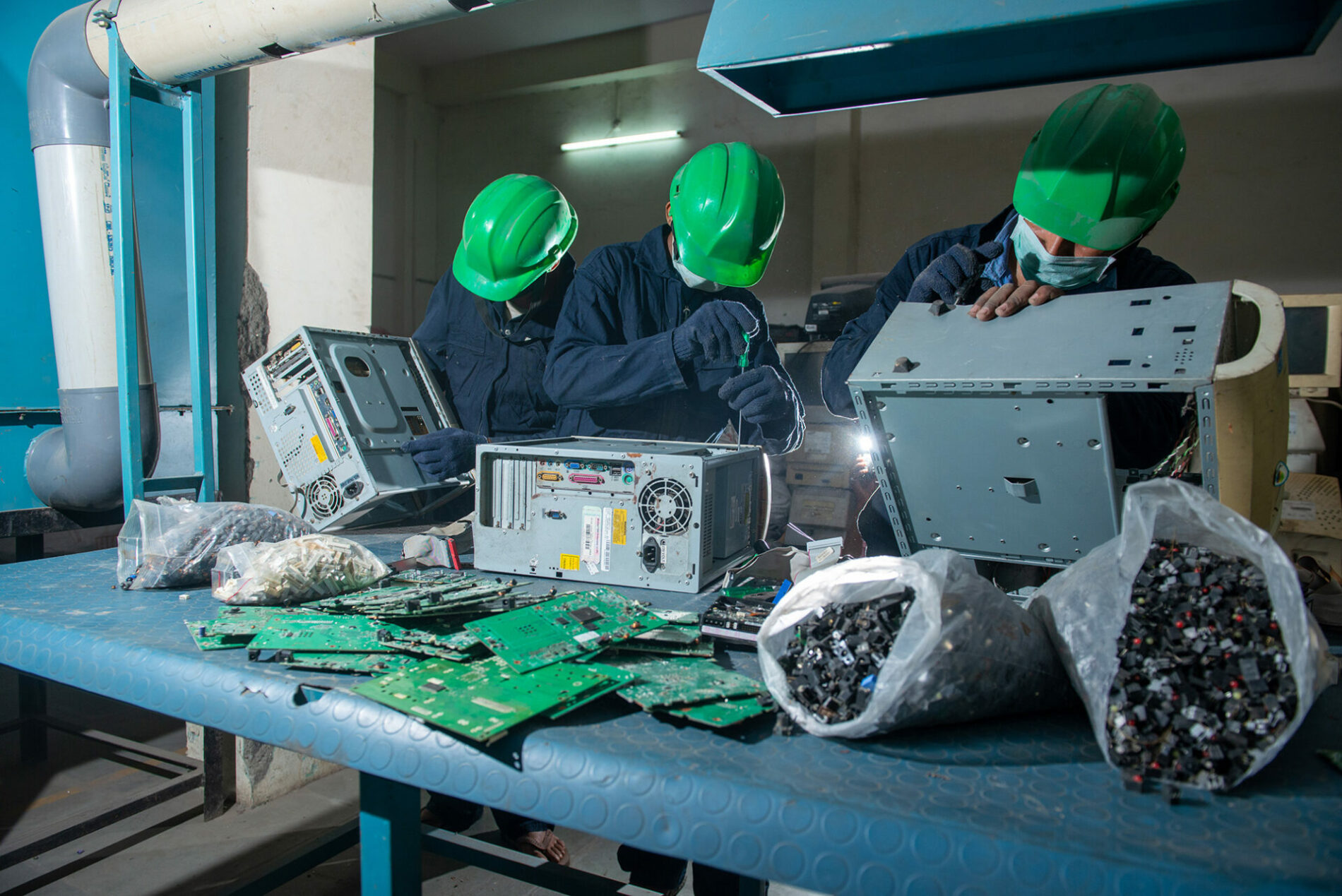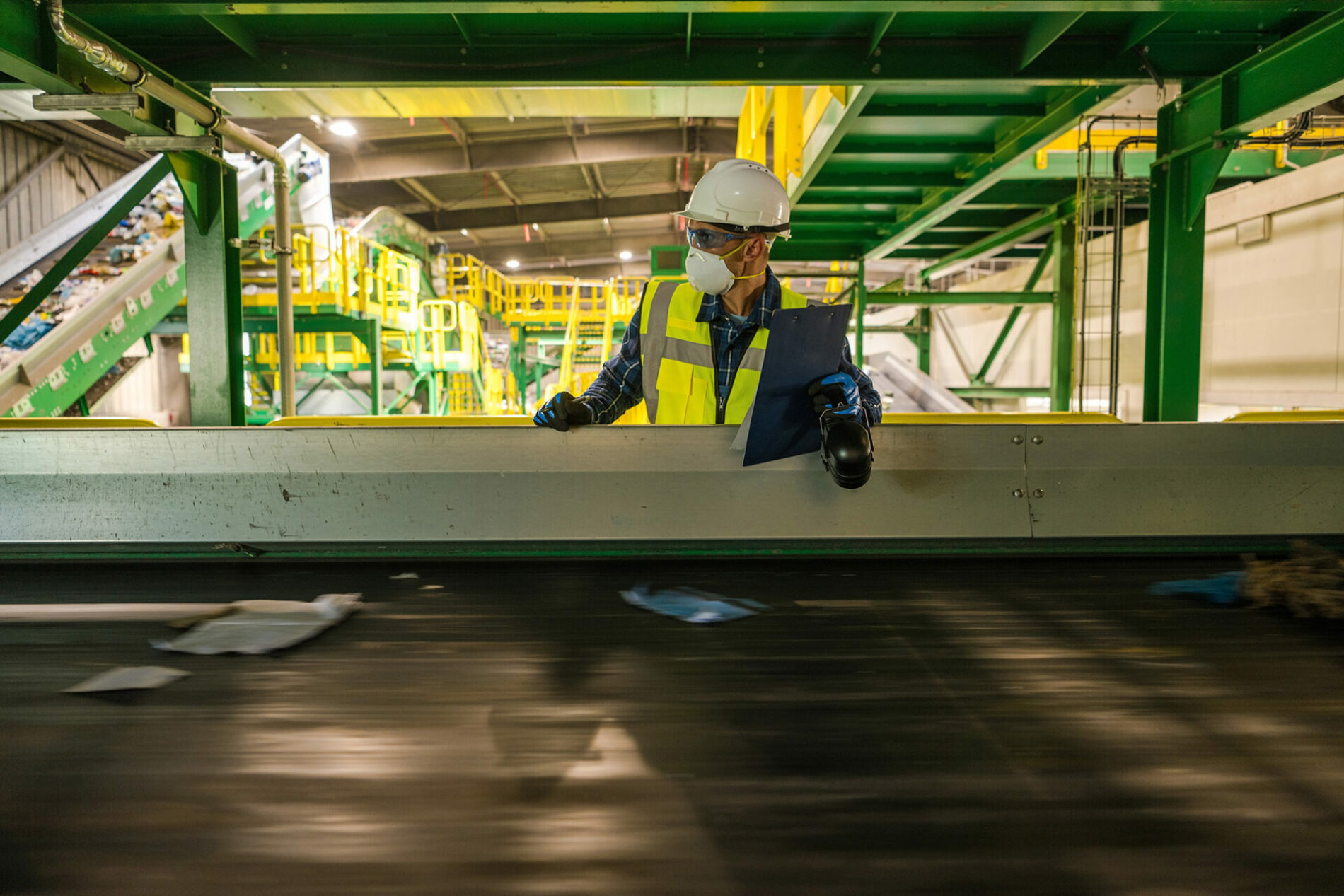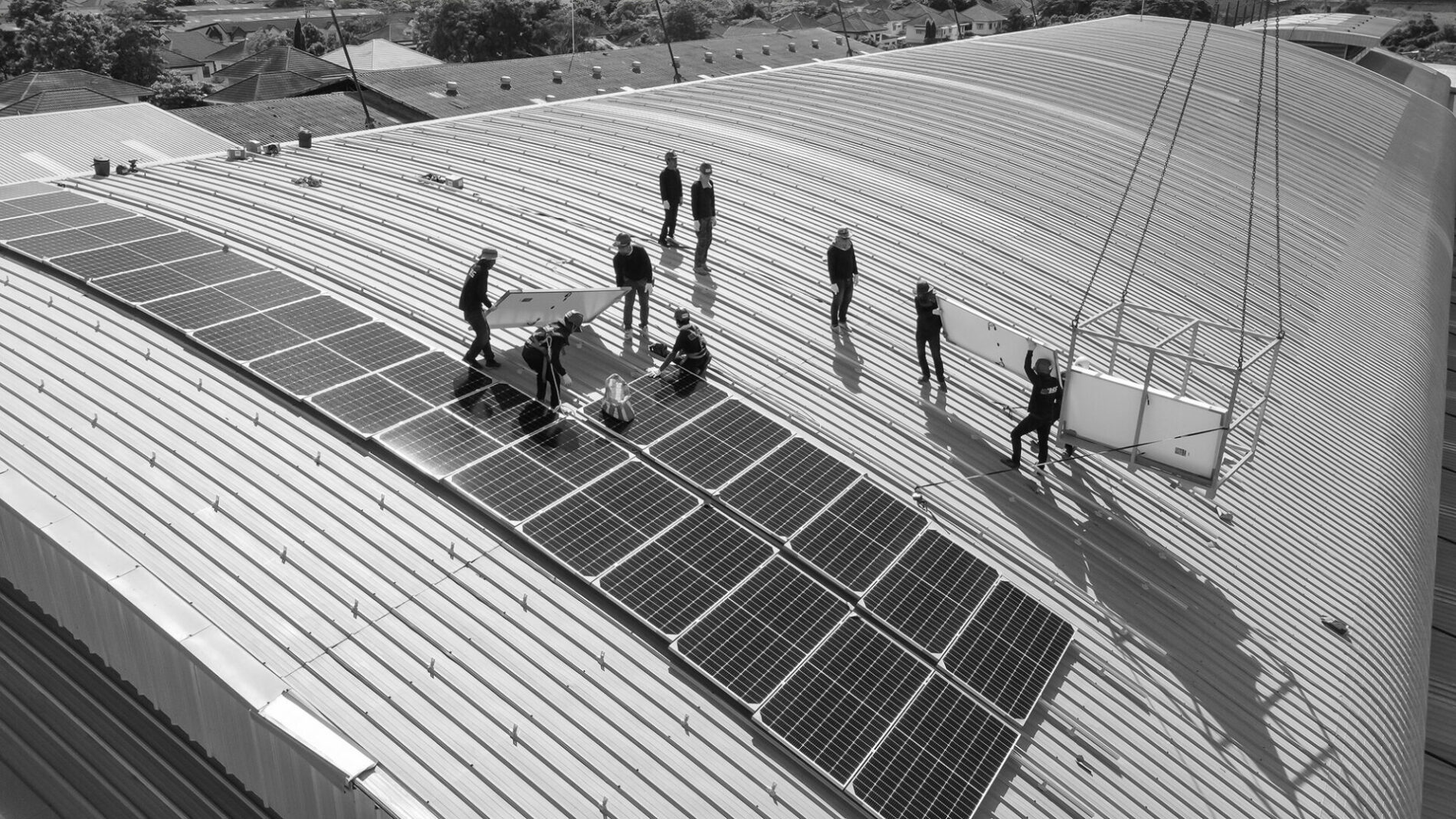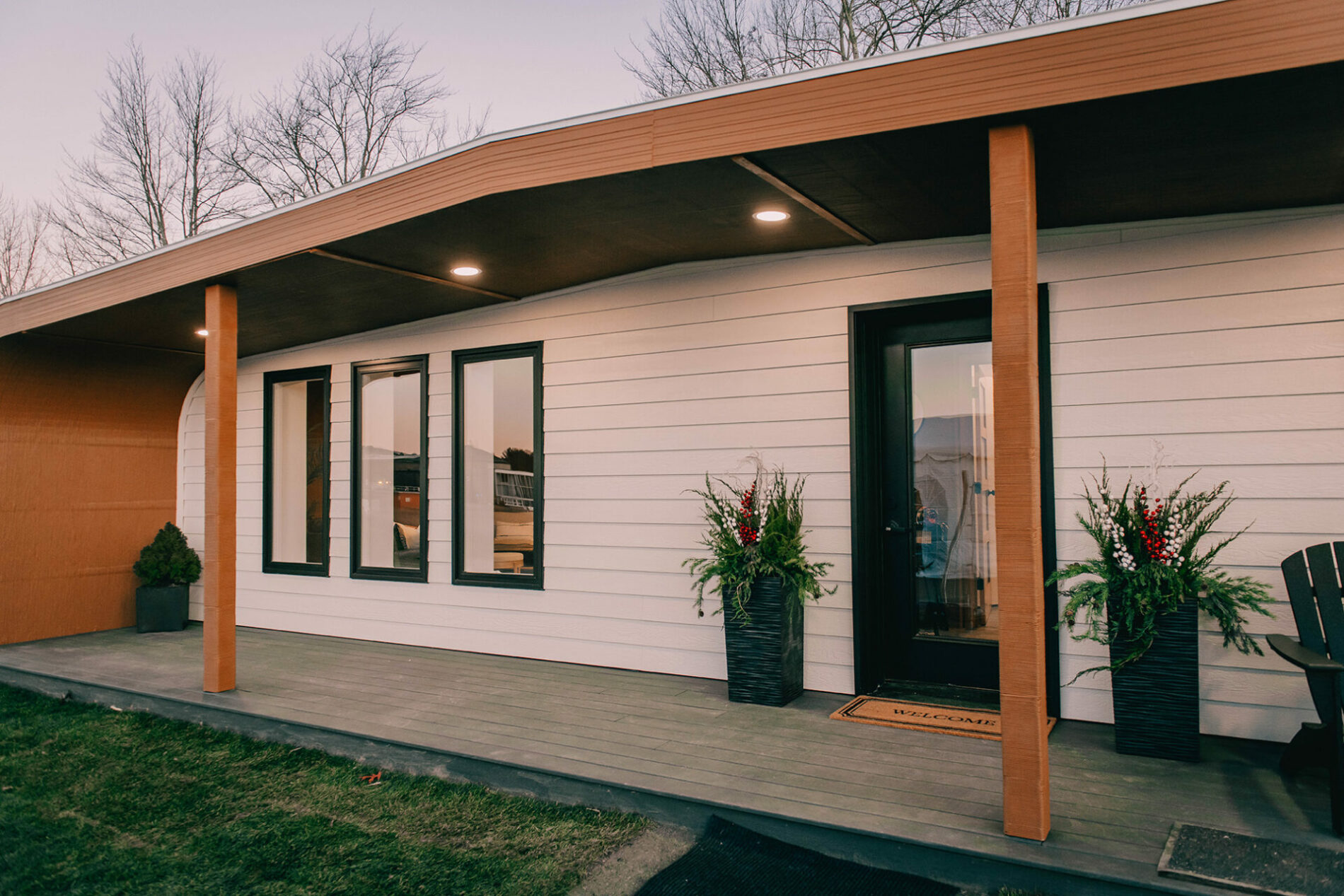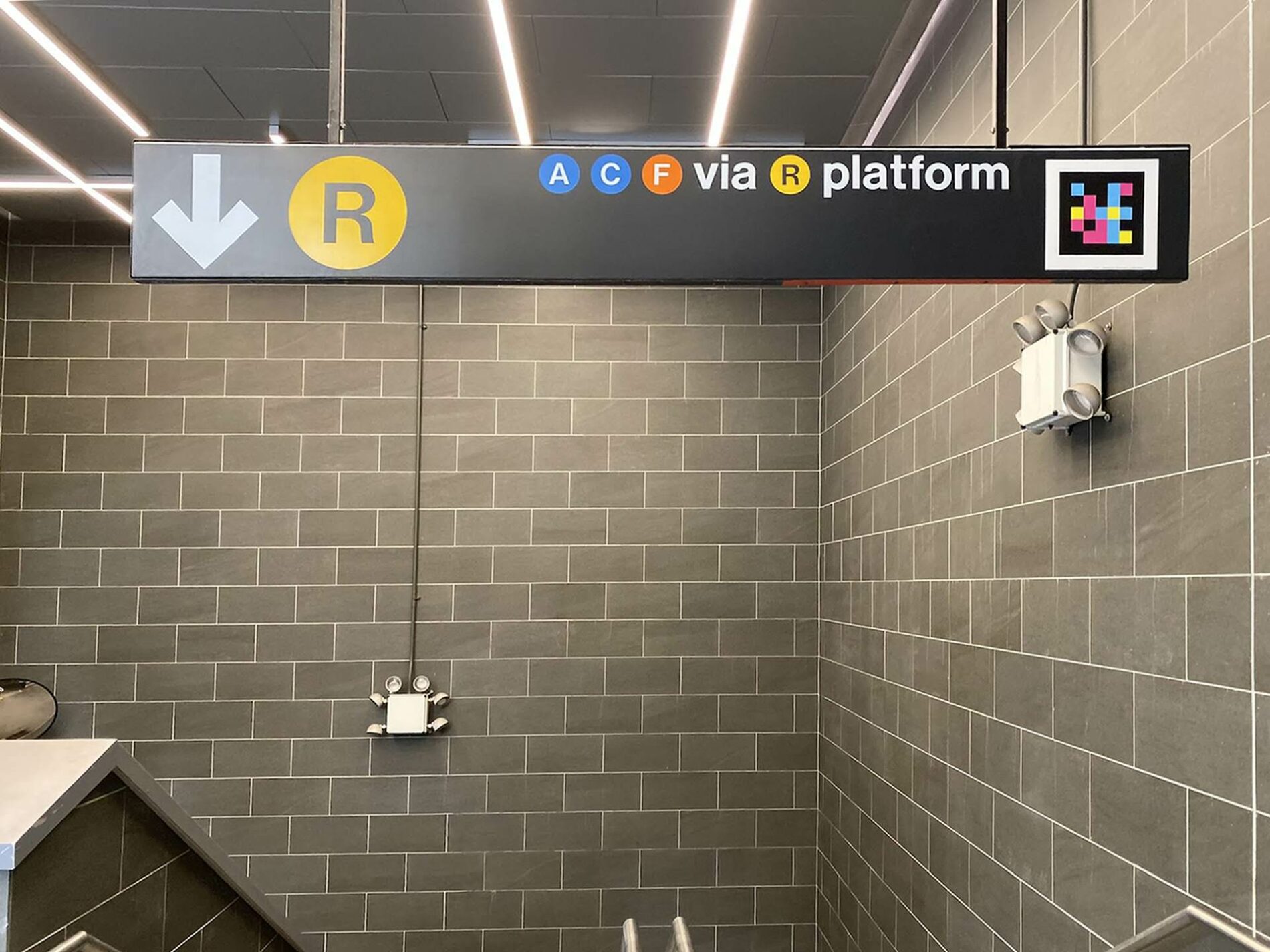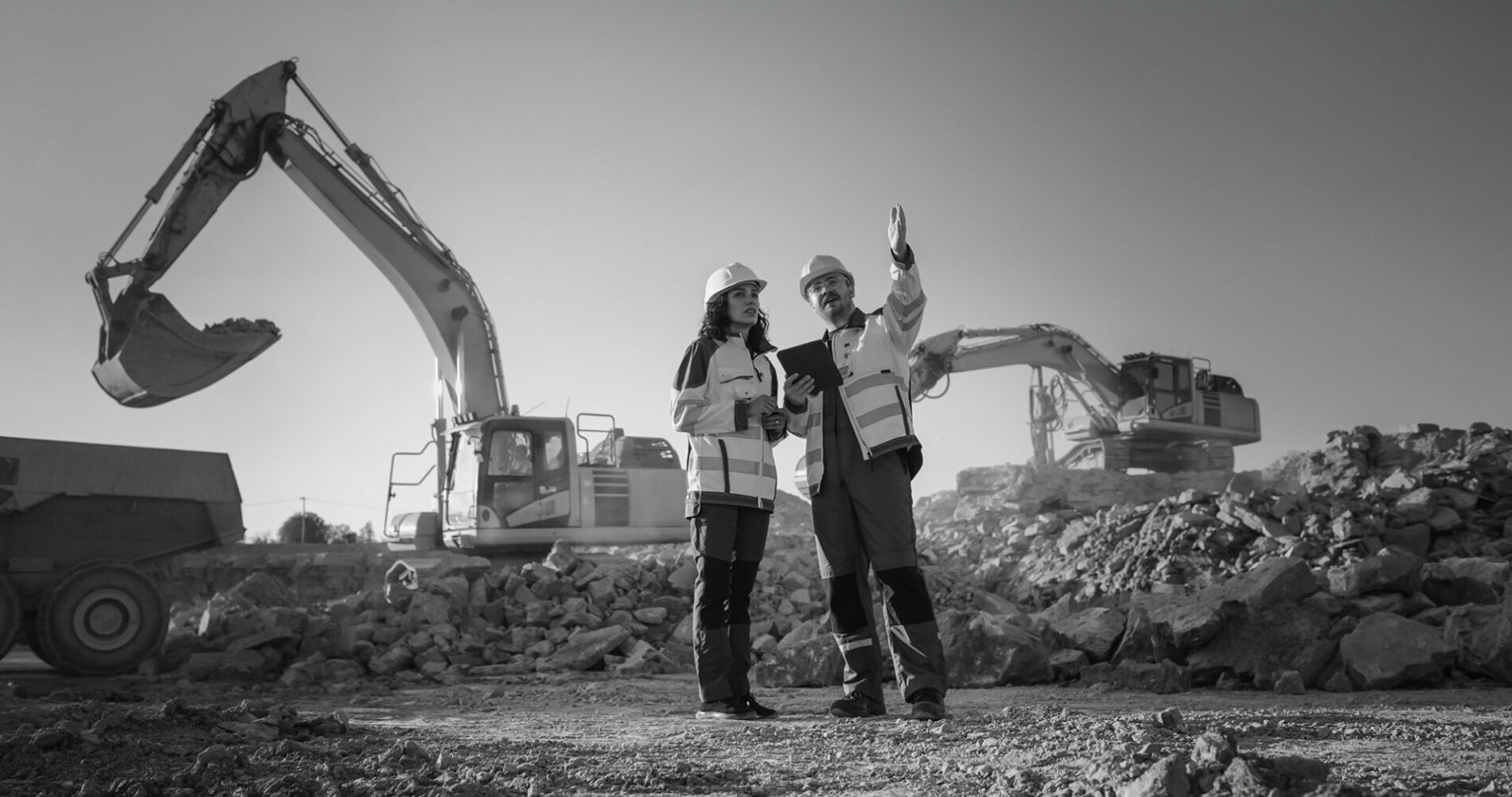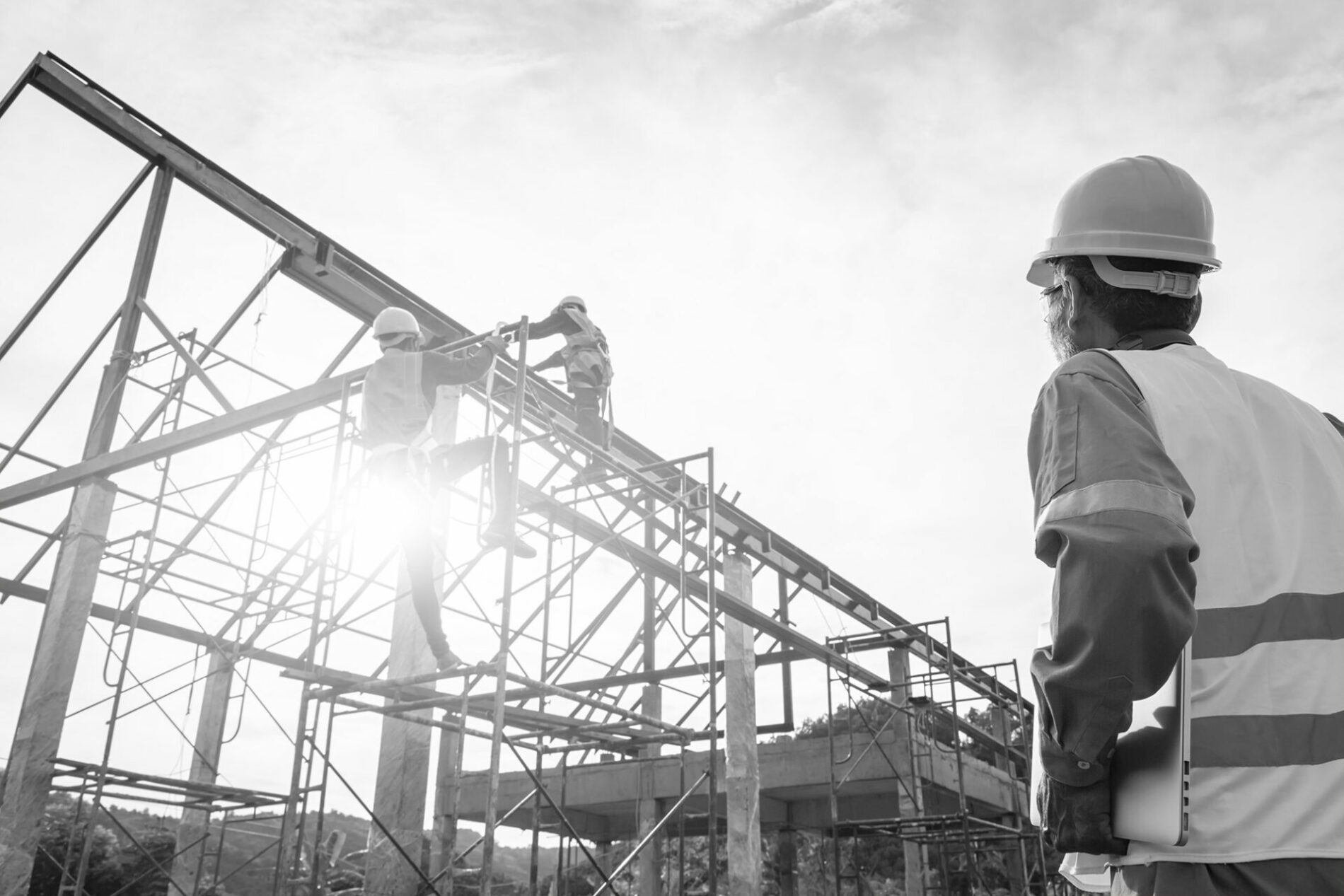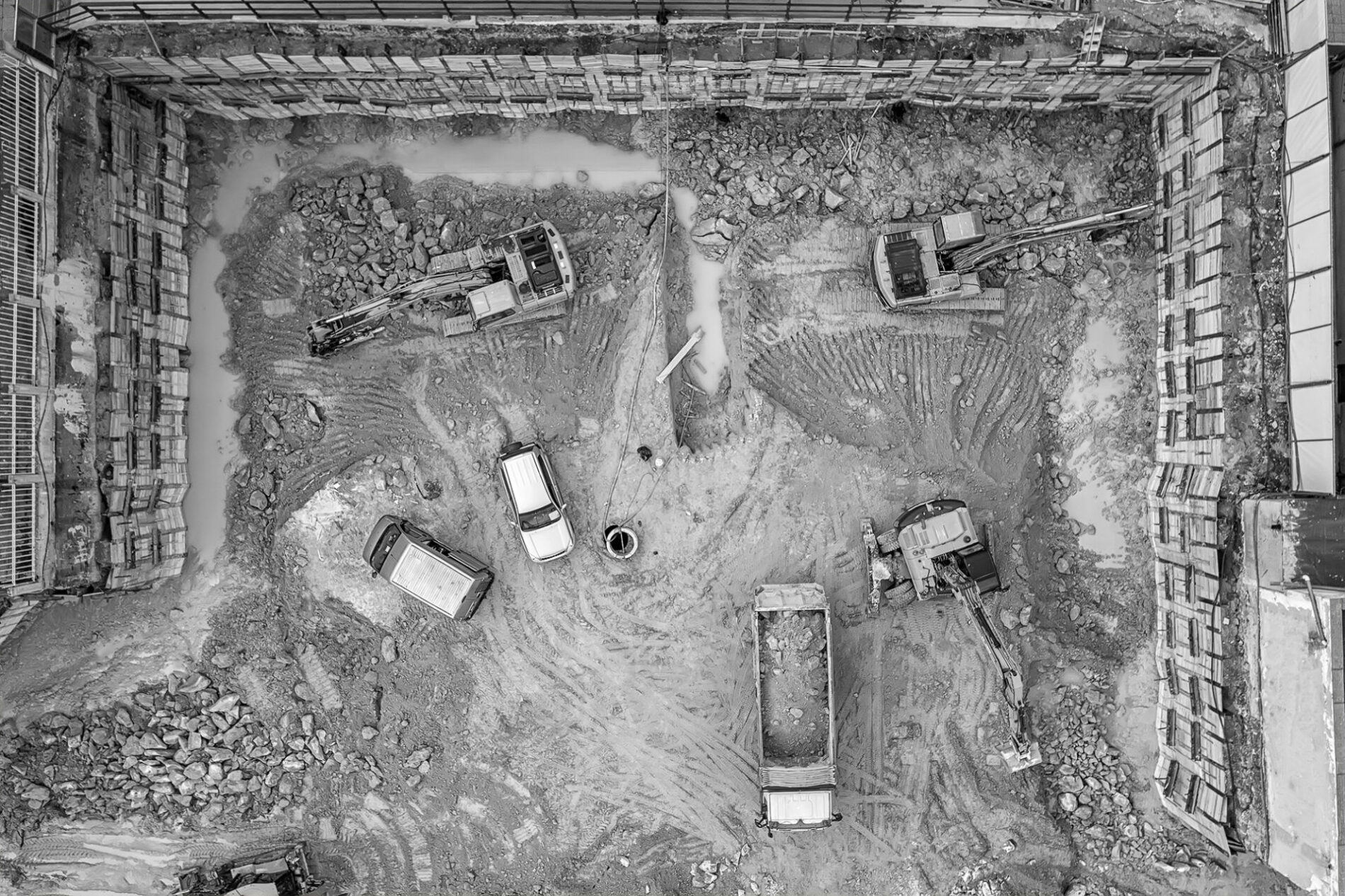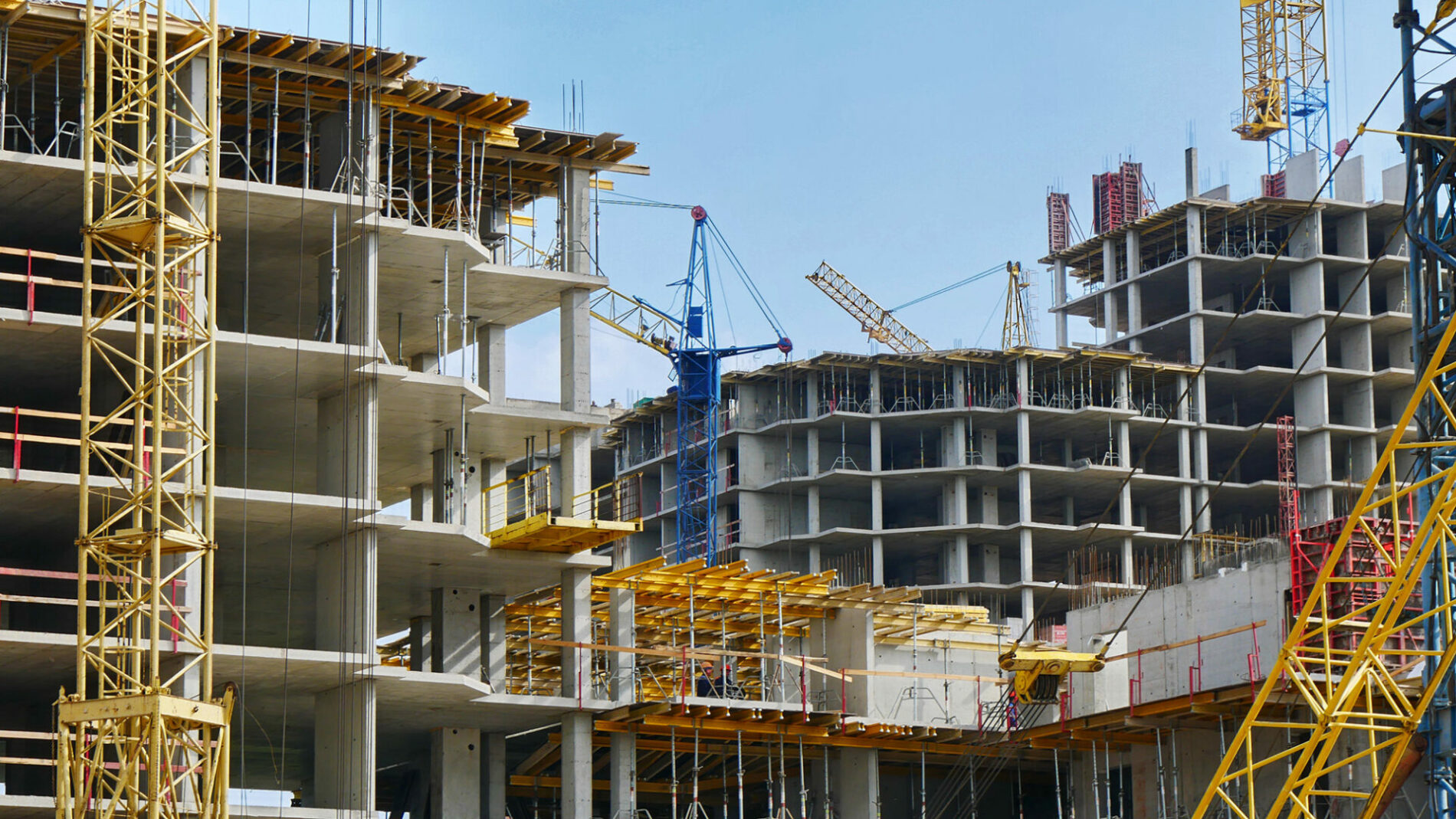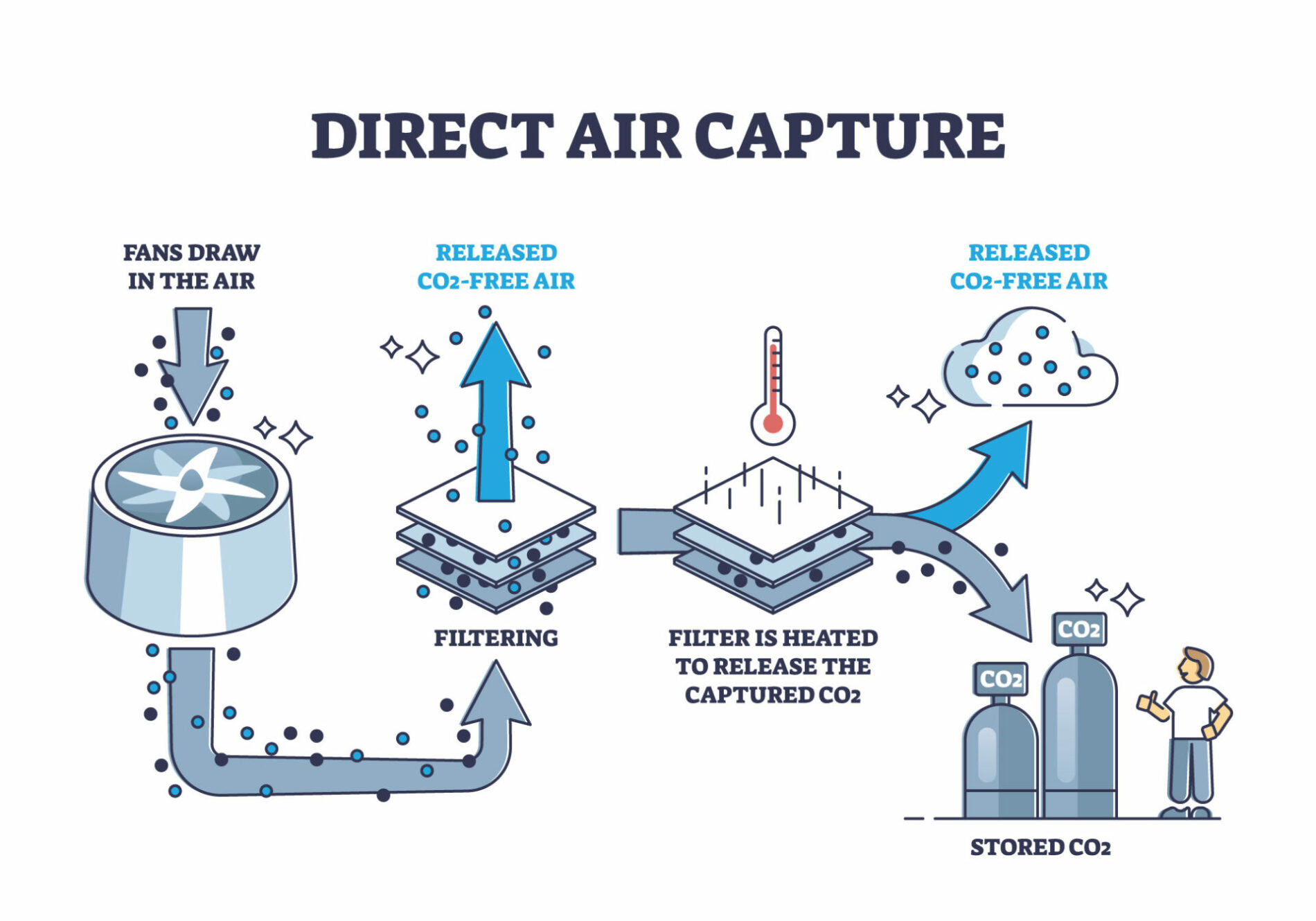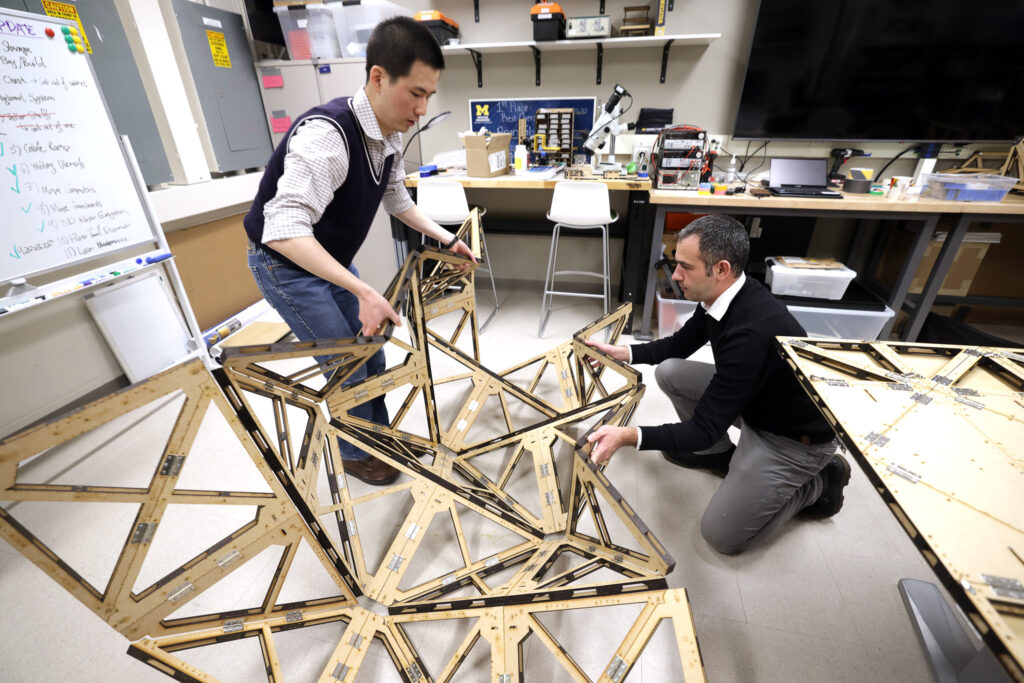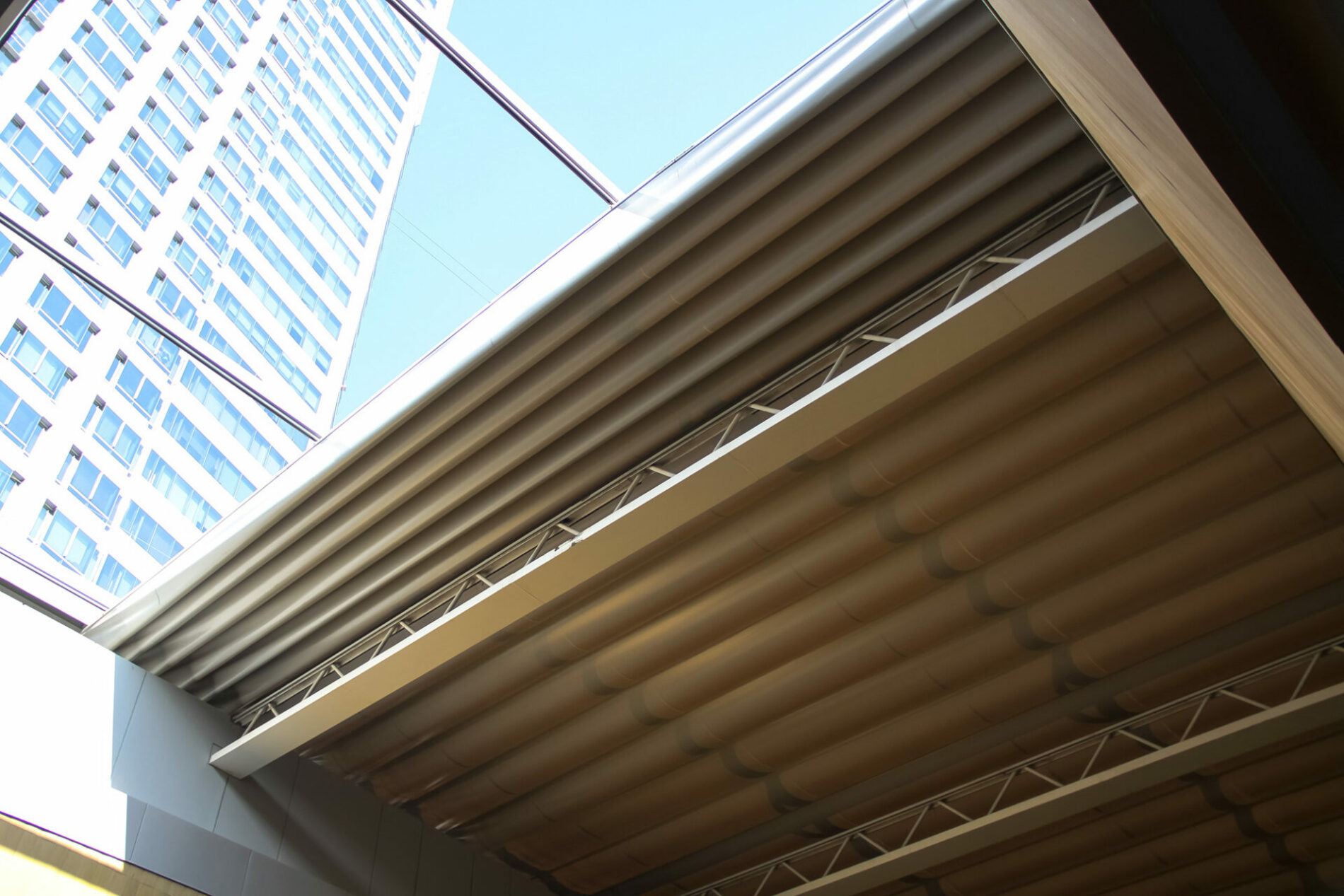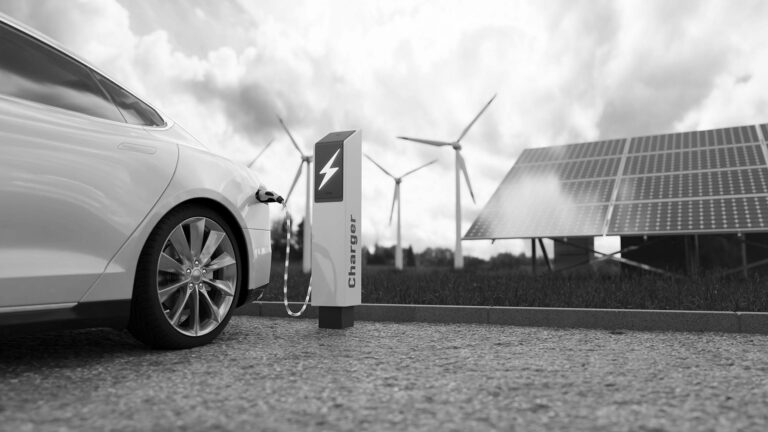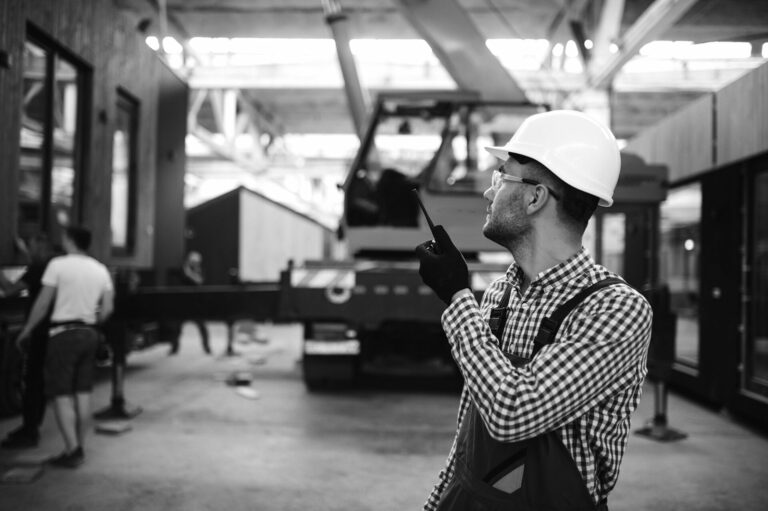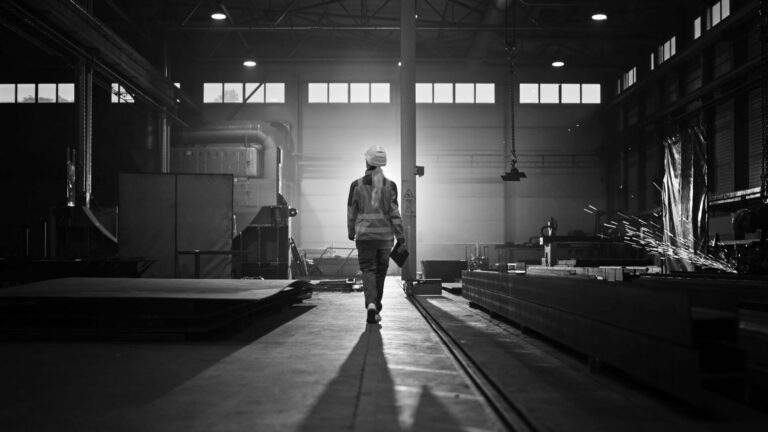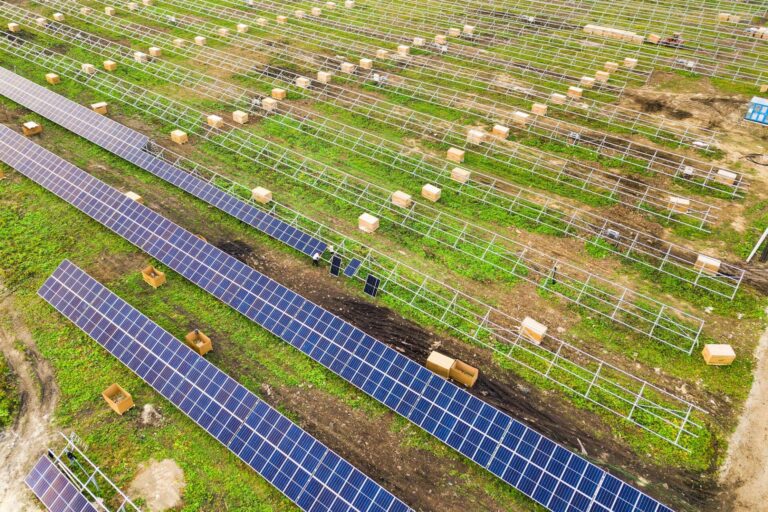“With over 60,000 projects funded through our Bipartisan Infrastructure Law, we continue to deliver on the decades-long promise to invest in American infrastructure.”
That’s how U.S. Transportation Secretary Pete Buttigieg framed the current moment. And he’s not wrong. Across the country, roads and bridges are being rebuilt at a scale not seen in generations. From dense metro corridors to rural bypasses, construction zones are now part of daily life for millions of Americans. And this is only the beginning.
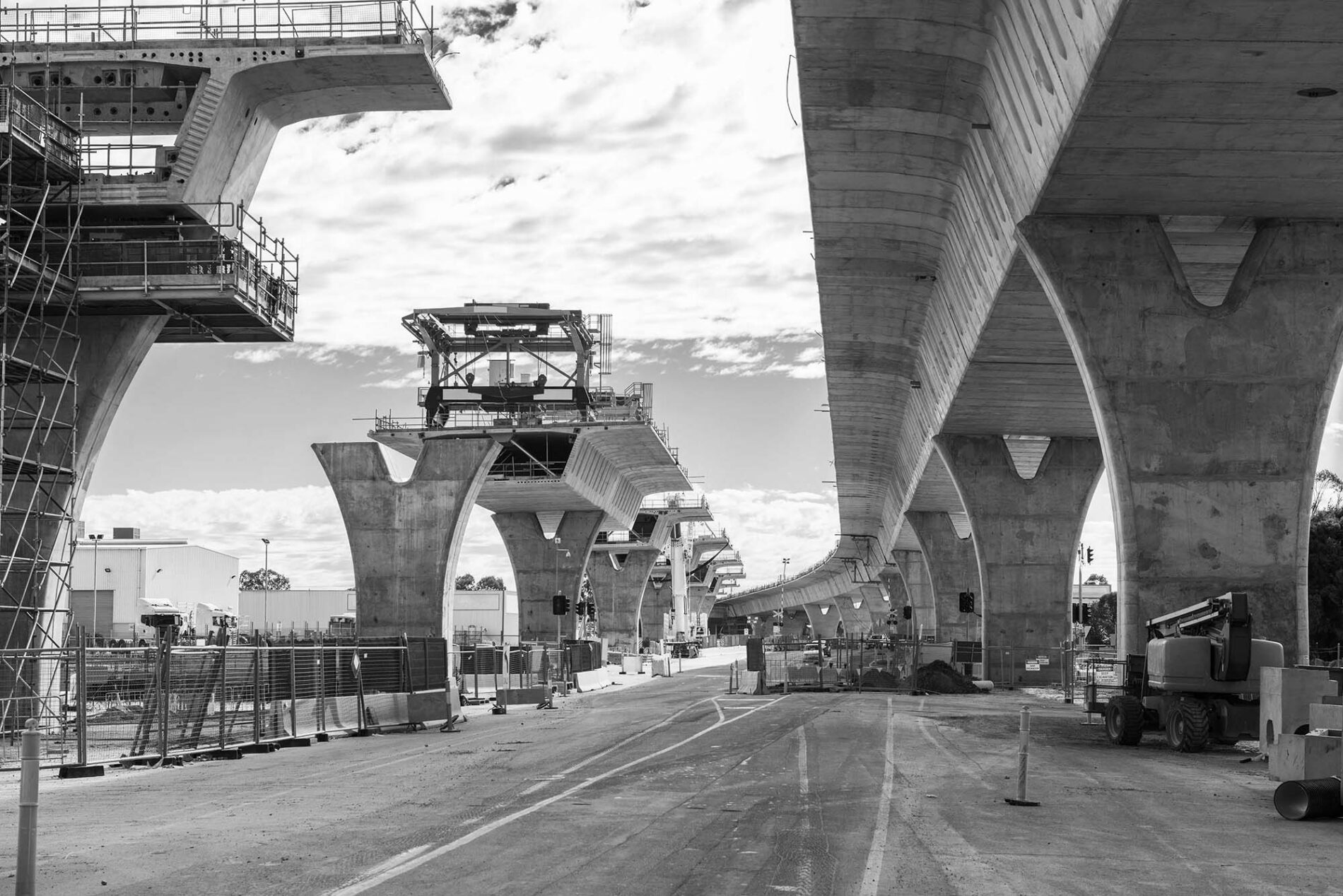
The scale is staggering. In 2025 alone, non-building construction activity is projected to grow nearly 9 percent, reaching $368 billion in value. Highways are expected to rise by more than 14 percent, and bridges by 11 percent. These gains outpace nearly every other sector in the built environment.
What’s driving the growth? Federal investment, primarily through the Infrastructure Investment and Jobs Act, has pumped new life into long-stalled projects and given state transportation departments more predictable funding than they’ve seen in decades. This year, $62 billion in highway formula funding is flowing to states, a full $19 billion increase over 2021 levels. It’s the largest single-year allocation since the Interstate Highway System was launched.
So far, states have committed over $200 billion of this money to more than 96,000 individual projects. New bids and contract awards continue to surge. In March alone, states awarded $33.5 billion in highway and bridge contracts. Compared to last year, that’s a 12 percent increase, with some regions seeing even steeper growth.
“This is still a fairly robust market,” says Richard Branch, Chief Economist at Dodge Construction Network.
Texas, California, and Florida continue to receive the largest funding allocations, but some of the most aggressive growth is happening elsewhere. In Ohio and North Carolina, for example, contract awards jumped 38 and 31 percent respectively in the first quarter of 2025. That signals a strong late-year construction pipeline as projects move from design to jobsite.
In Texas, the multi-billion-dollar rebuild of Interstate 35 through Austin stands as a symbol of the IIJA era. Known as the Capital Express project, it involves everything from new express lanes to multimodal transit integration. Meanwhile, in smaller states like Vermont, IIJA funds are helping modernize bridges and build out EV charging corridors. The federal funding model is designed to support both megaprojects and small-town upgrades, creating a truly national impact.
But federal dollars aren’t doing it alone. Many states have stepped up with their own funding streams, using tools like general fund transfers, bonds, and targeted taxes to match or even exceed federal contributions. In some cases, voters approved gas tax hikes or transportation-specific ballot measures to make it happen.
“Several states increased their own revenues to match federal funds and make additional transportation investments,” says Alison Black, Senior Vice President and Chief Economist at the American Road & Transportation Builders Association.
“Several states increased their own revenues to match federal funds and make additional transportation investments.”
This blend of federal stability and state ambition has put the industry into high gear. Contractors are busy, state DOTs are staffing up, and local governments are finally clearing long-standing maintenance backlogs. It feels like a rare alignment of money, momentum, and mission.
But beneath the surface, challenges are growing just as fast.
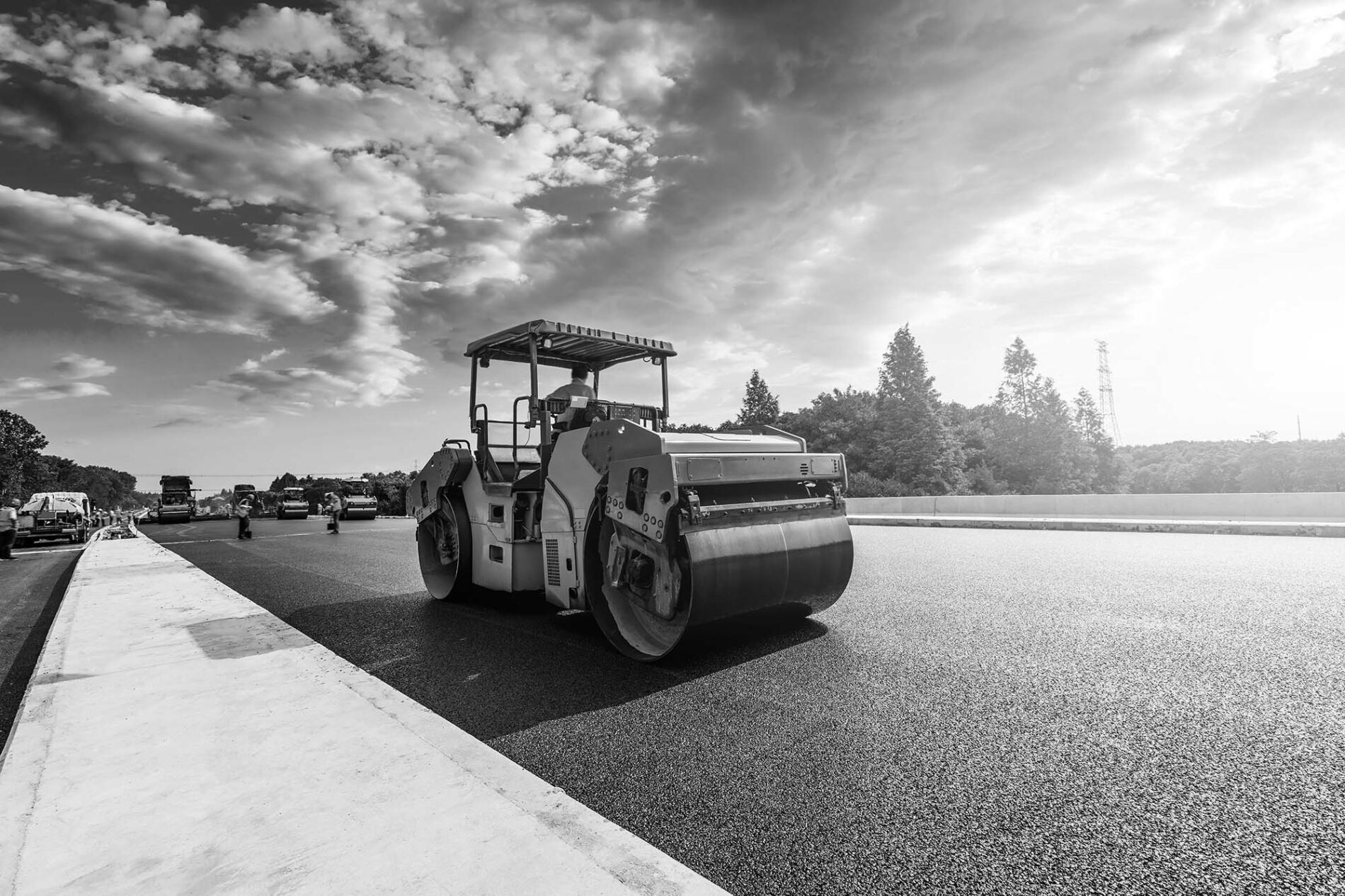
The construction labor shortage, long a looming threat, has become a day-to-day constraint. More than 400,000 skilled positions remain unfilled nationwide. In major markets, some firms are offering 15 to 20 percent wage premiums just to keep crews intact. Projects are getting done, but schedules are stretched, and quality control is harder to maintain when teams are short-staffed.
Material costs add another layer of risk. Steel prices jumped after recent trade policy announcements. Asphalt costs are up too, squeezing budgets and forcing some contractors to renegotiate terms or absorb losses. For fixed-price contracts signed months ago, these fluctuations can wipe out profit margins entirely.
Then there’s the political question. While much of the IIJA money is already allocated, not all of it is obligated or spent. A shift in leadership in Washington could impact how remaining funds are distributed. Policy decisions around tariffs, immigration, and labor training could tilt the playing field in significant ways.
Richard Branch has warned that external factors like trade policy and workforce immigration rules could shape the construction outlook as much as market demand.
Despite these uncertainties, the outlook remains positive. Federal and state investment in infrastructure is not just creating short-term jobs. It is laying the foundation for long-term economic growth, safety, and climate resilience.
“These investments keep Americans safer, promote efficiency, advance our climate goals, and spur technological innovation,” says Kristin White, Acting Administrator of the Federal Highway Administration.
Even after the current funding cycle ends in 2026, the impact will continue. Historically, infrastructure dollars take years to fully spend. Many of the funds allocated in 2022, 2023, and 2024 will still be driving projects into the latter part of the decade.
That said, this window of opportunity is not permanent. If Congress doesn’t renew or replace the IIJA with a long-term funding model, states could face a hard landing when the current money runs out. The industry knows this, and the quiet conversations about “what comes next” are already underway.
For now, though, the machines are running, the ribbon cuttings are happening, and the work is getting done. Across the country, Americans are seeing visible results: smoother roads, safer bridges, smarter corridors. The infrastructure boom is real. The question is how long we can sustain it, and whether the workforce, the supply chain, and the politics can keep pace with the promise.




